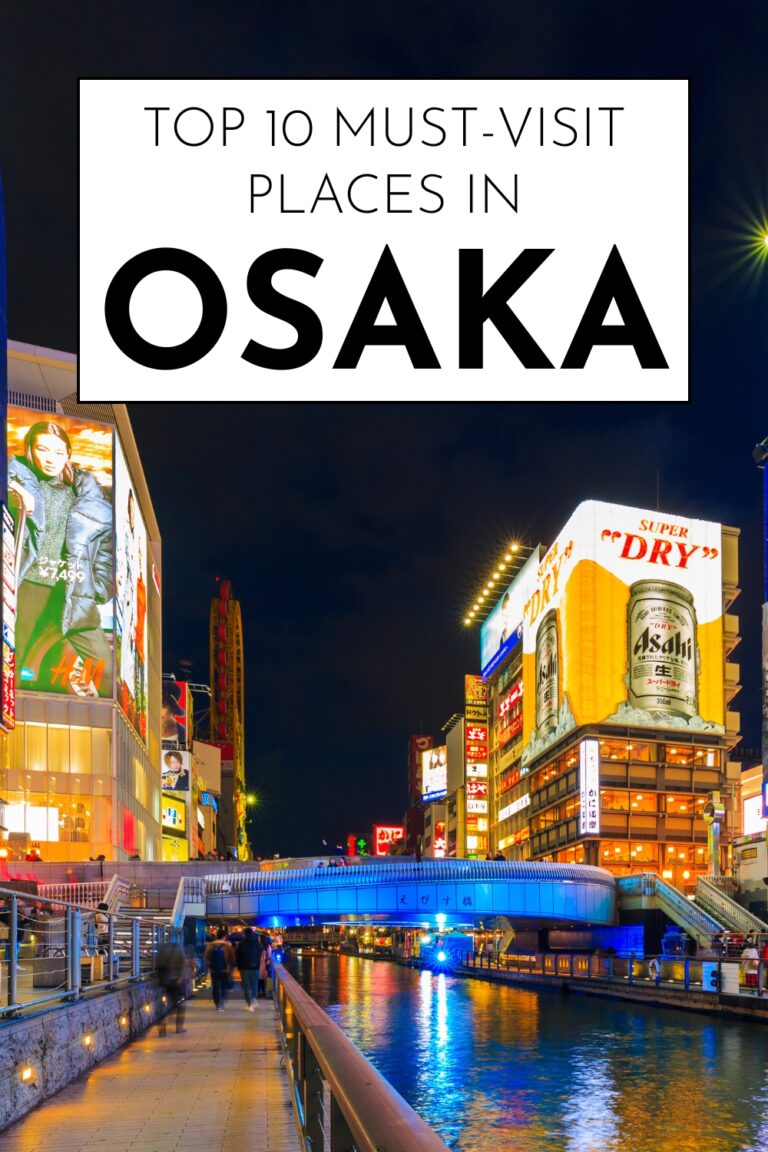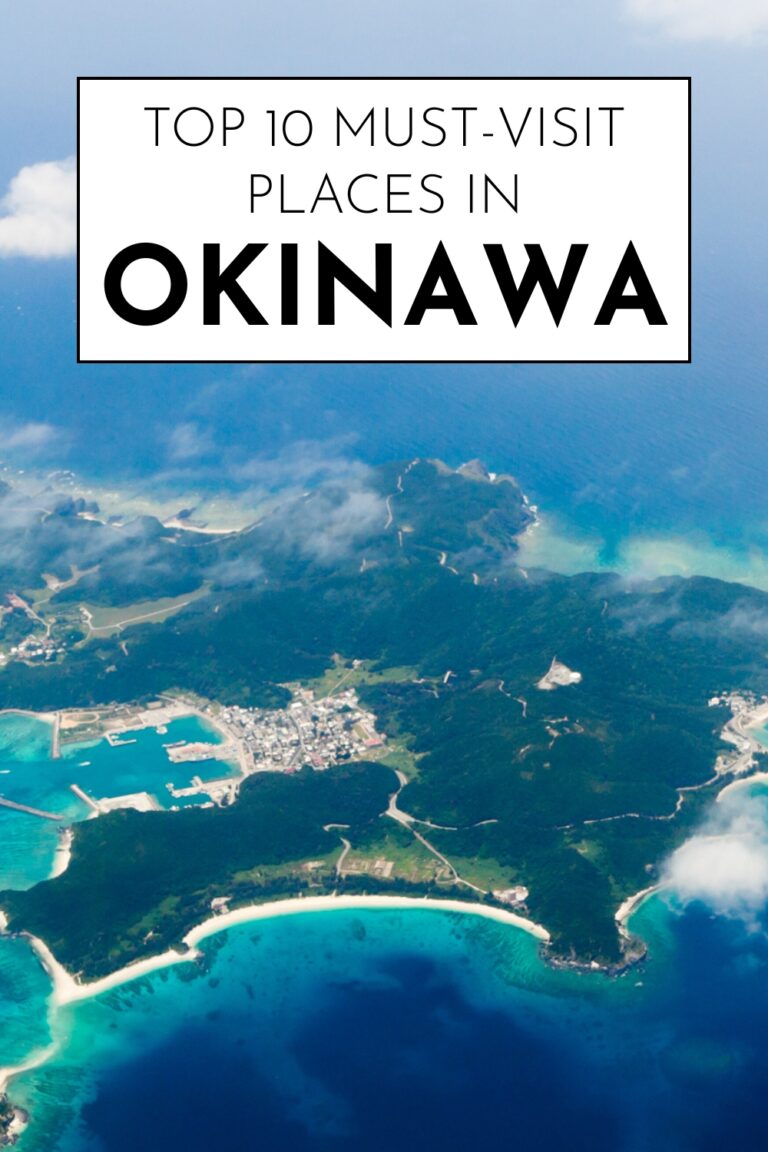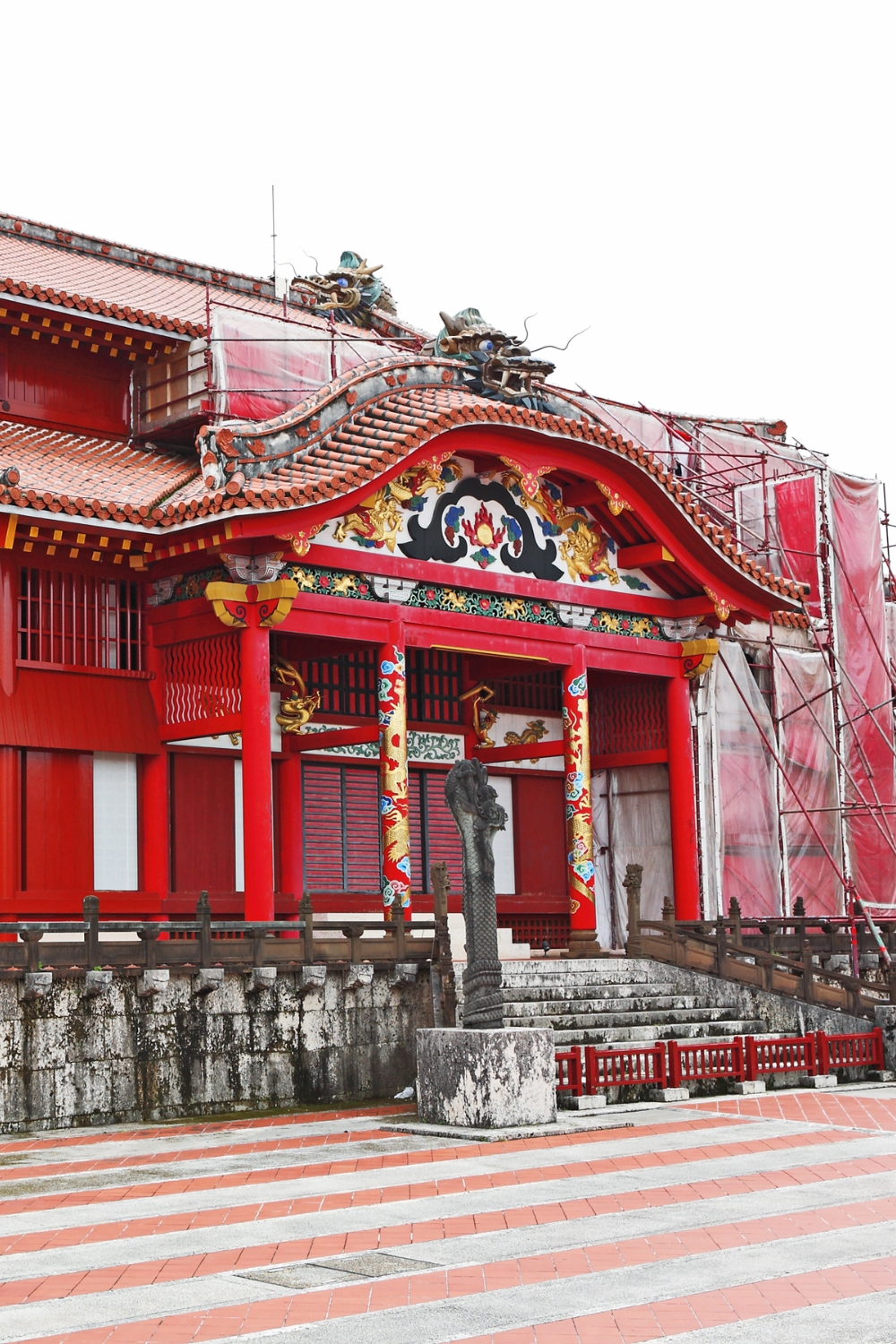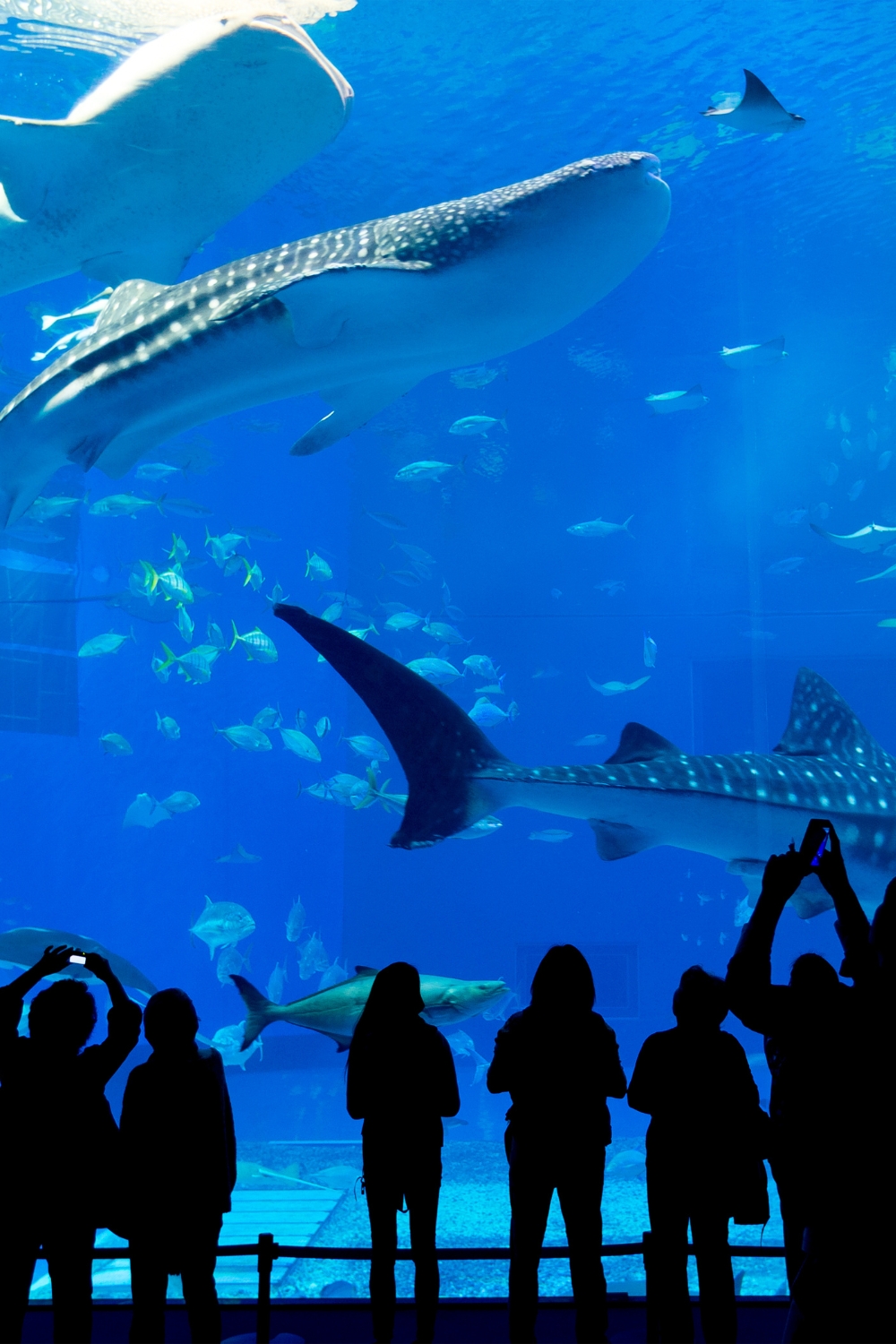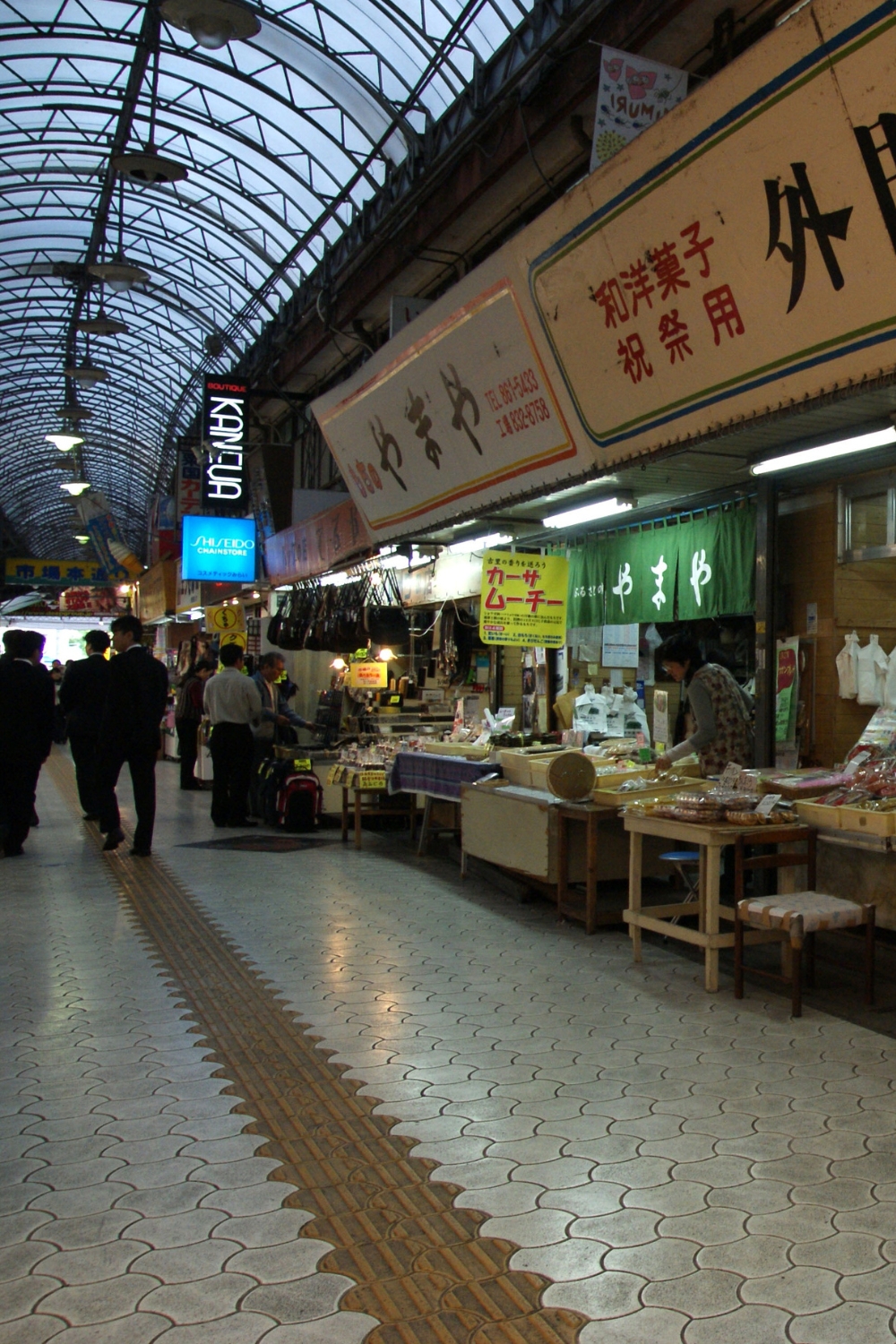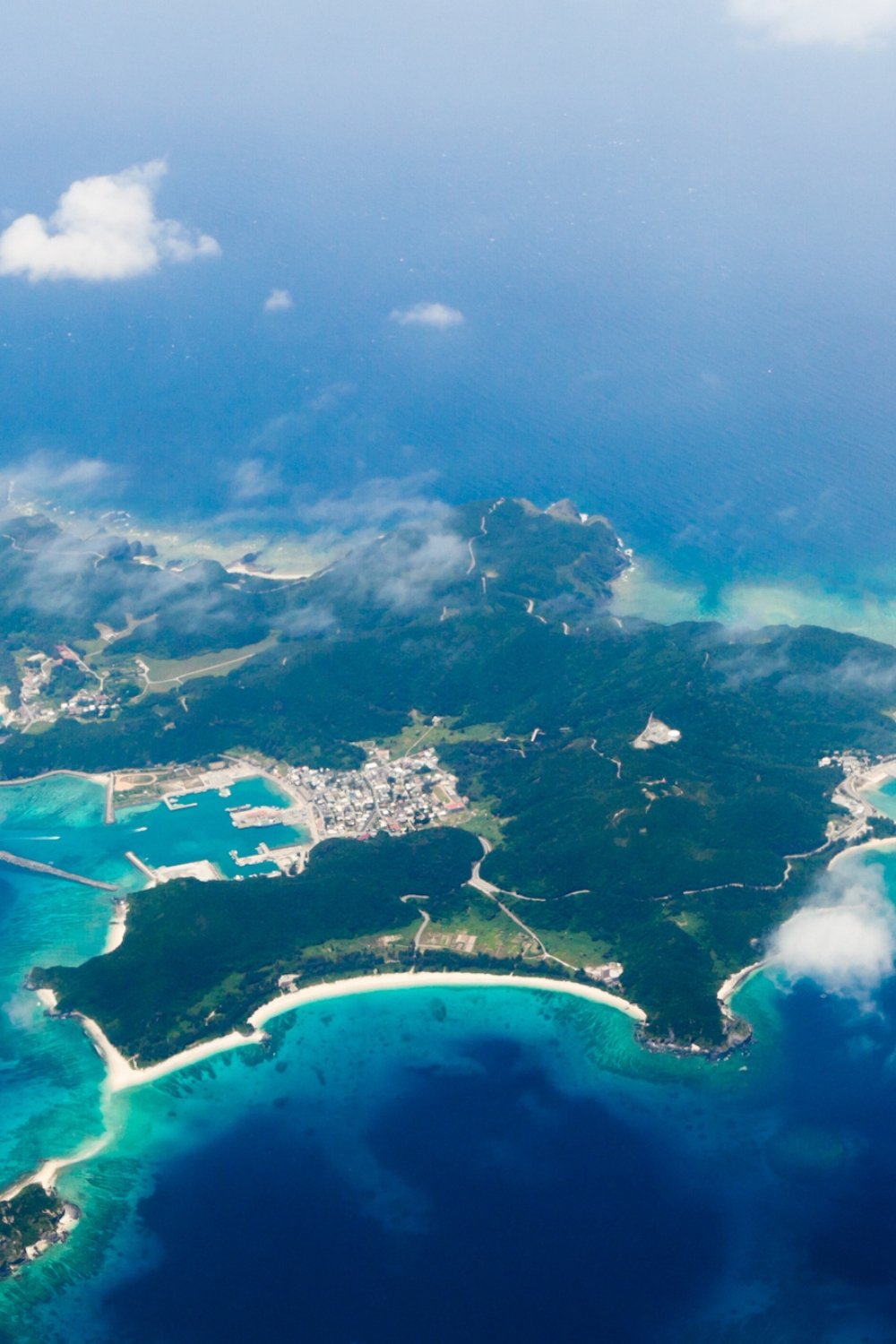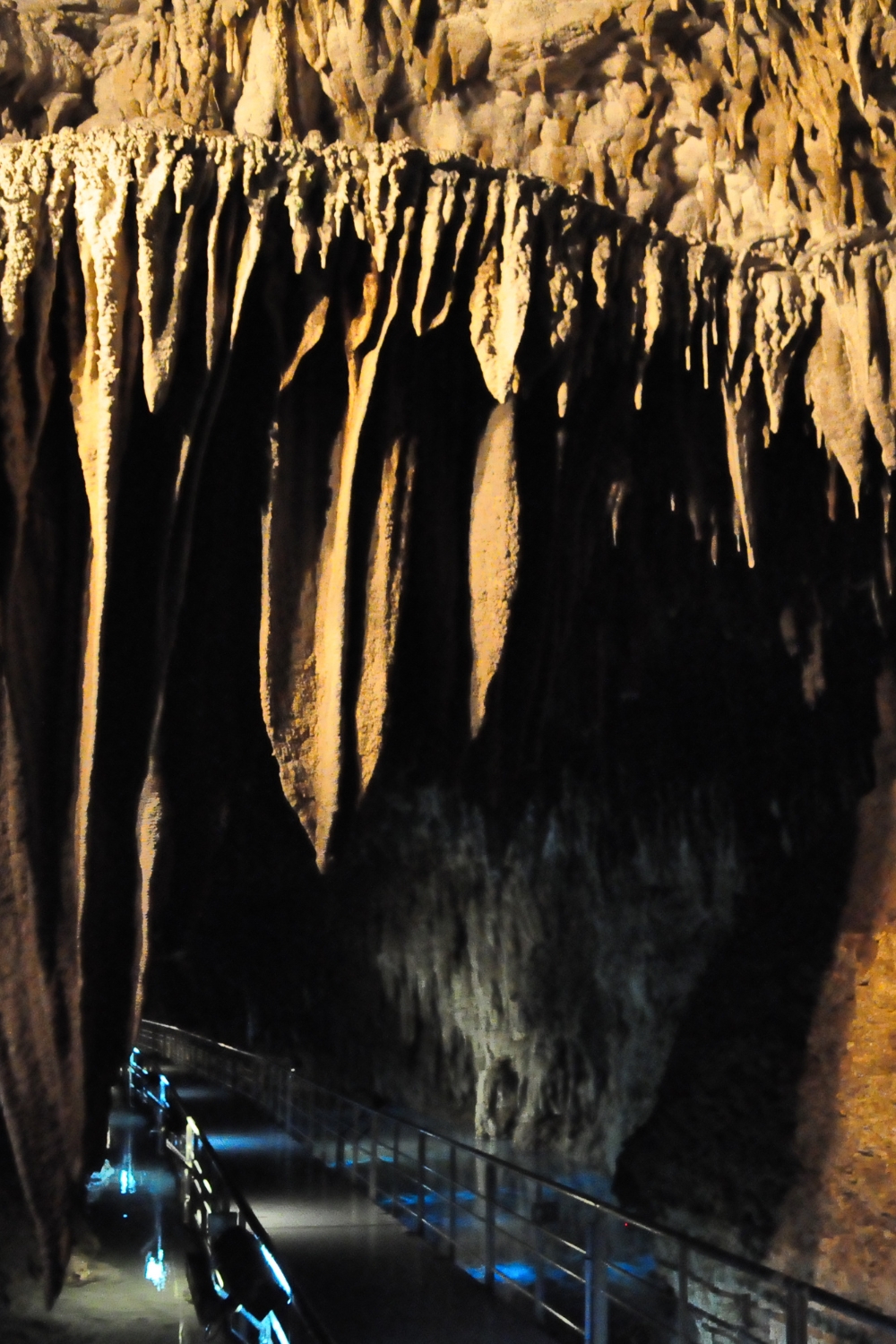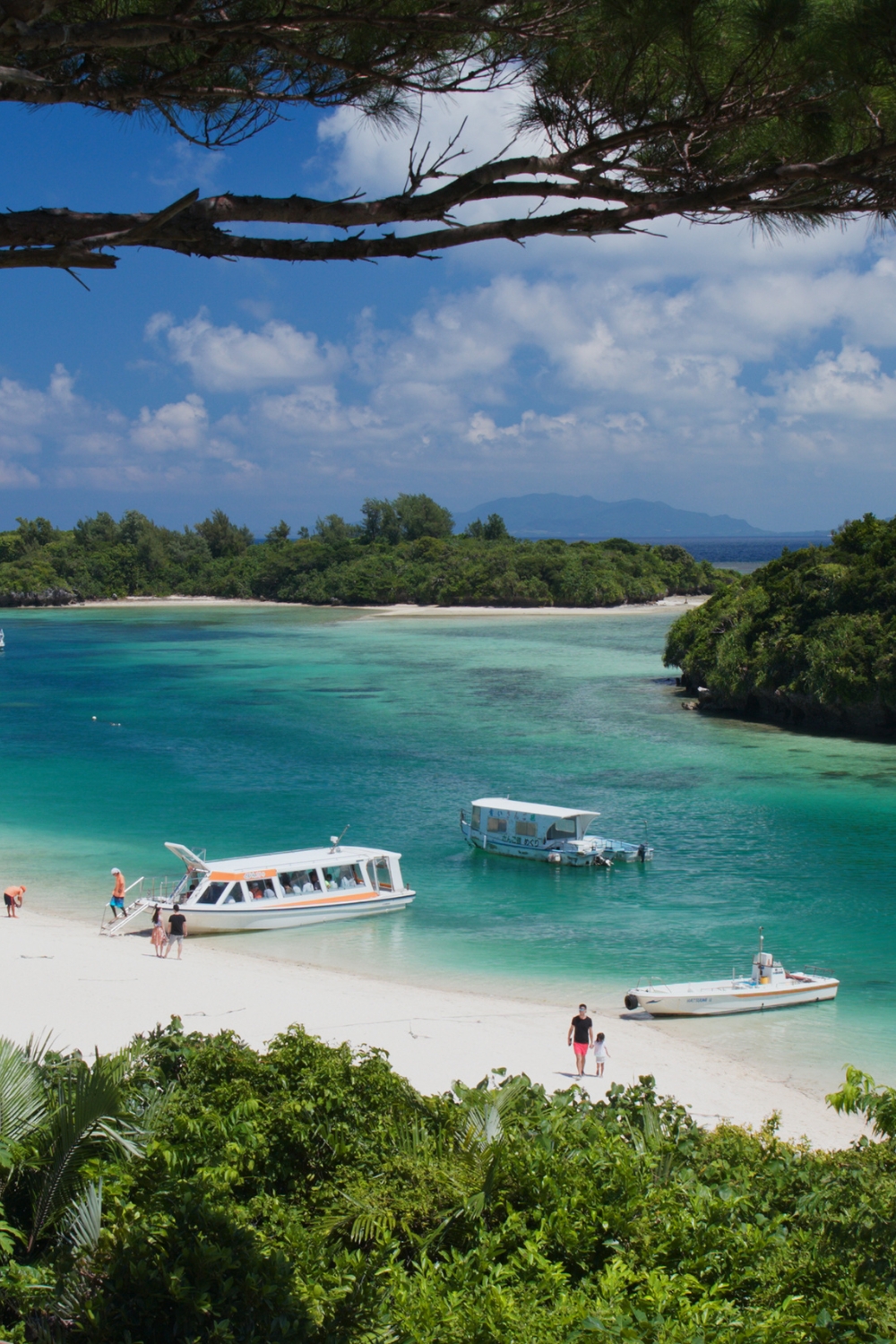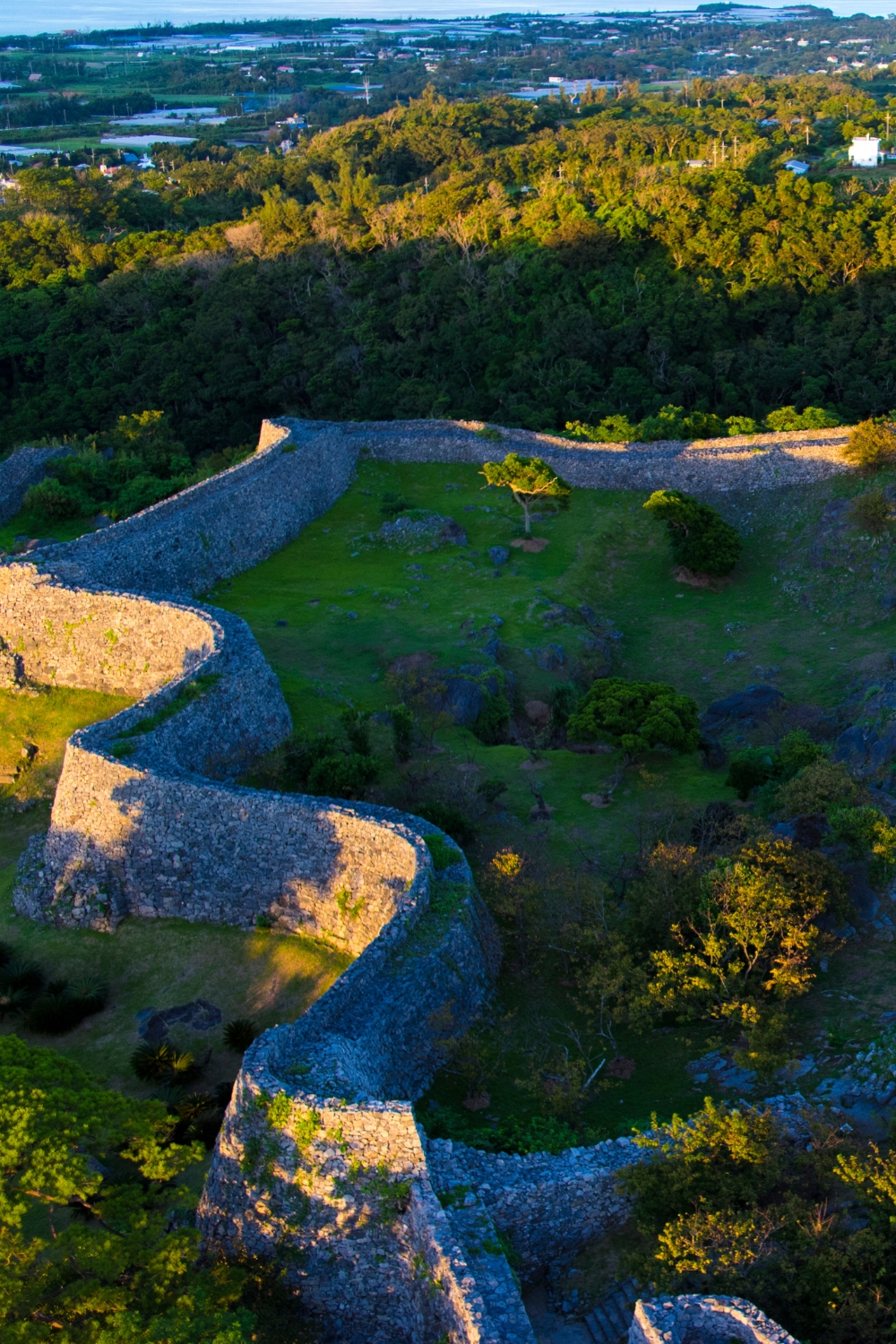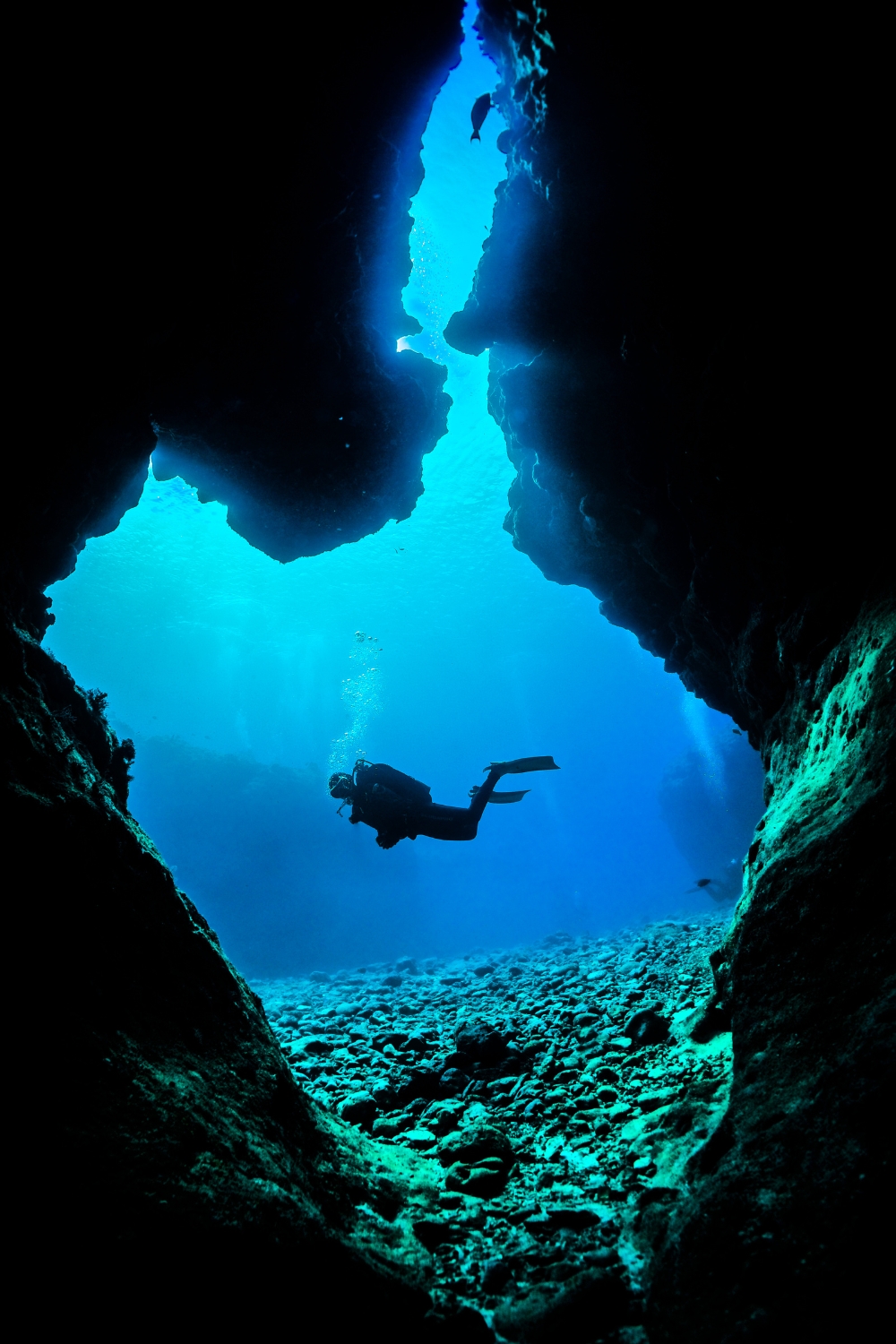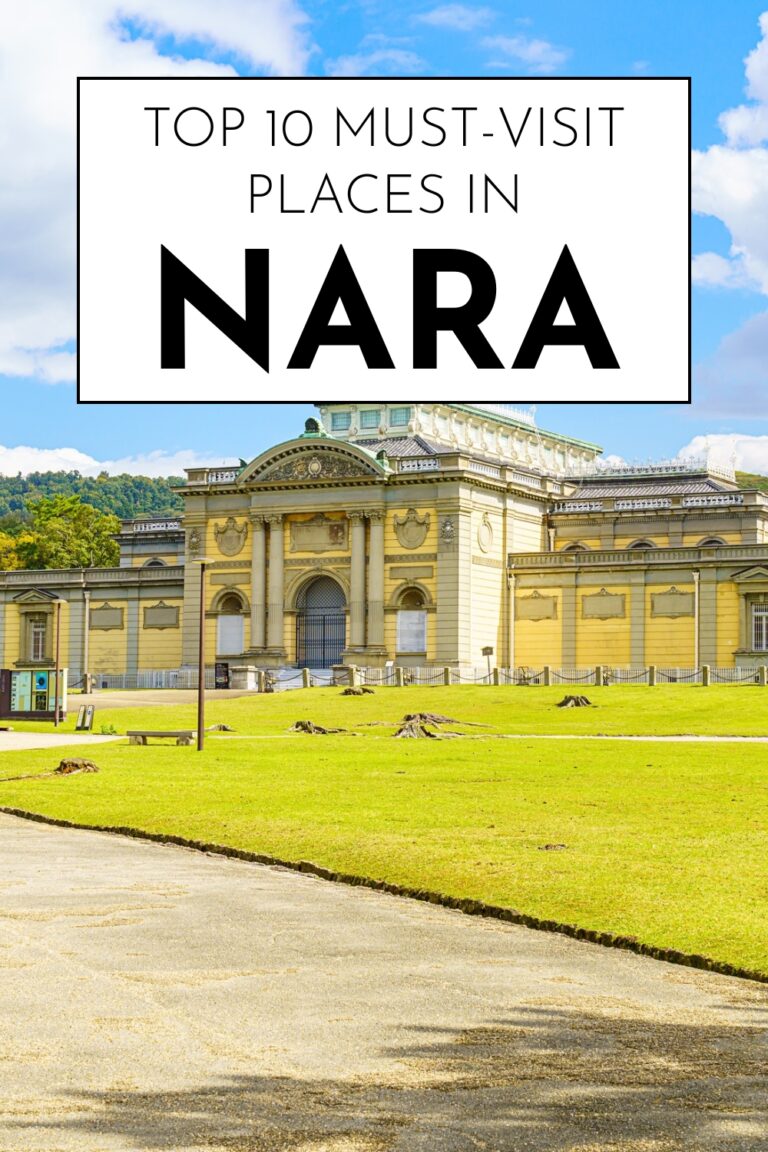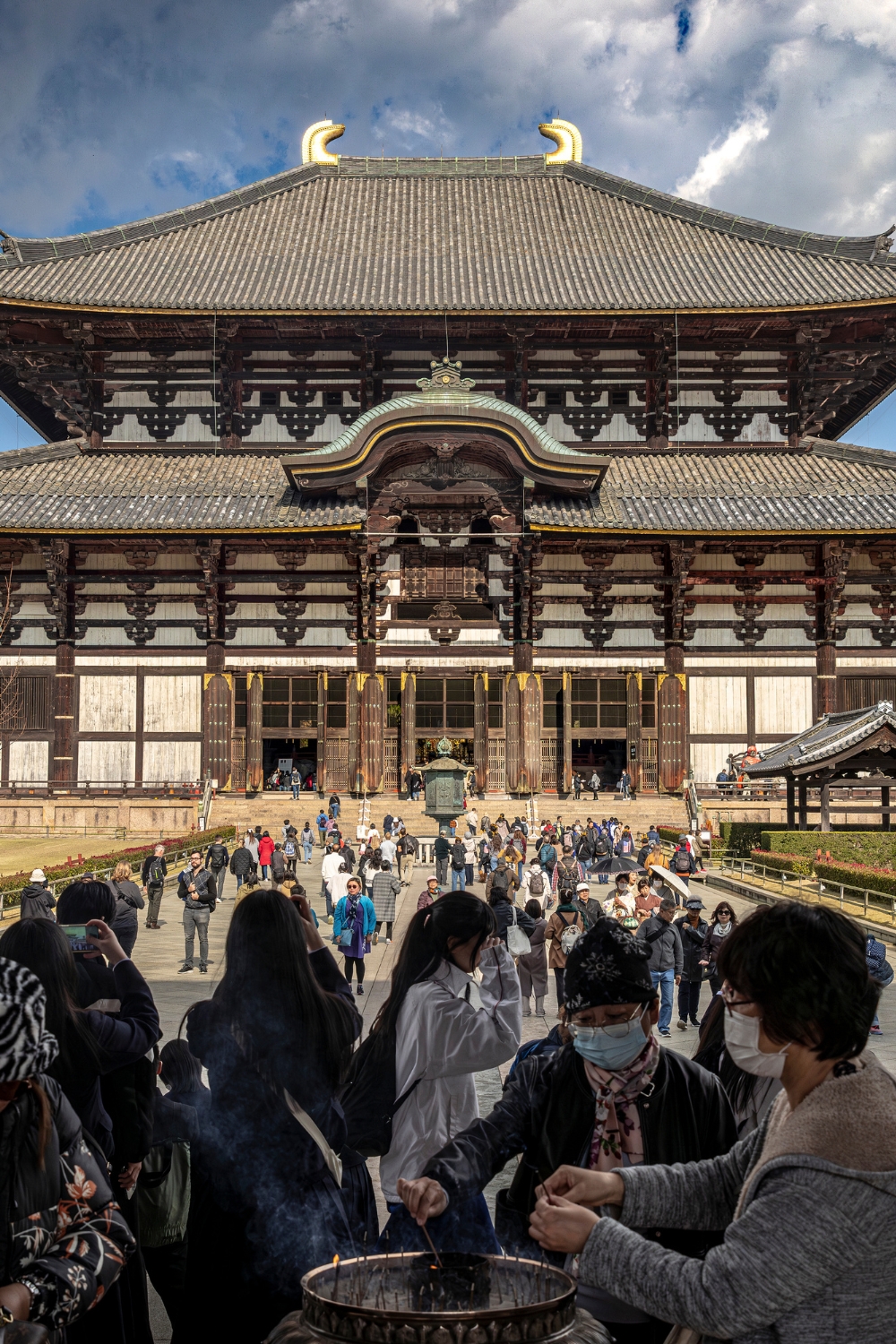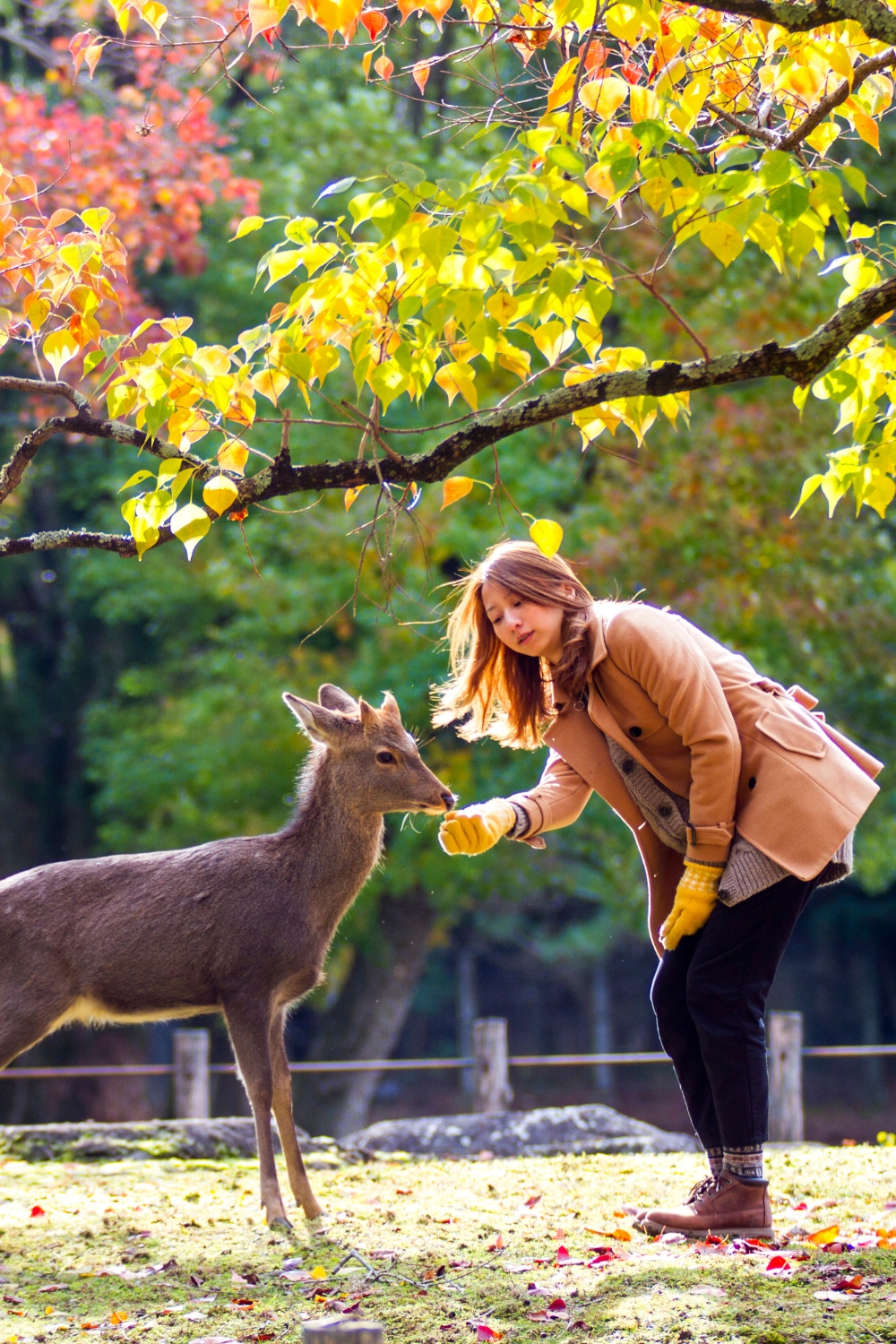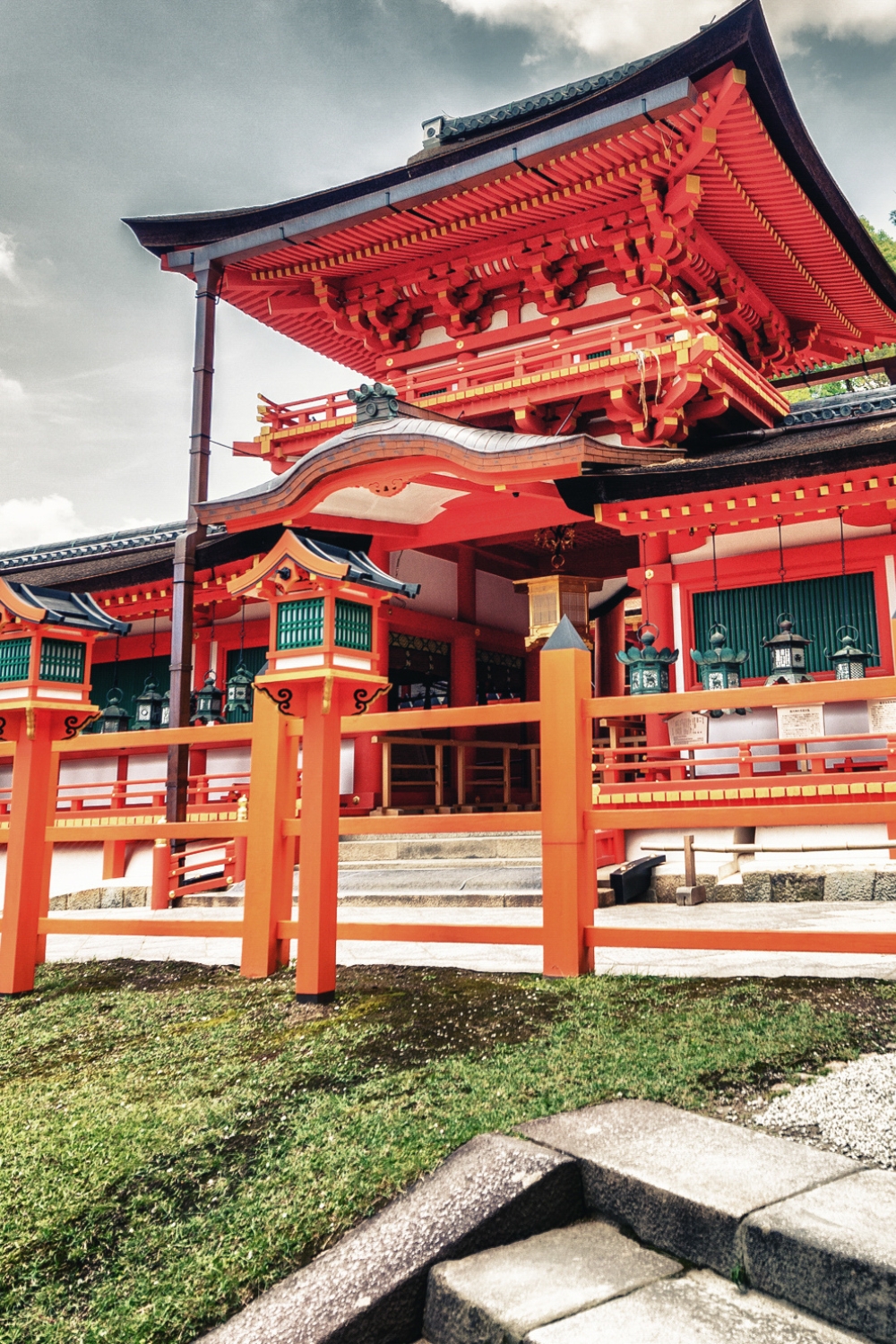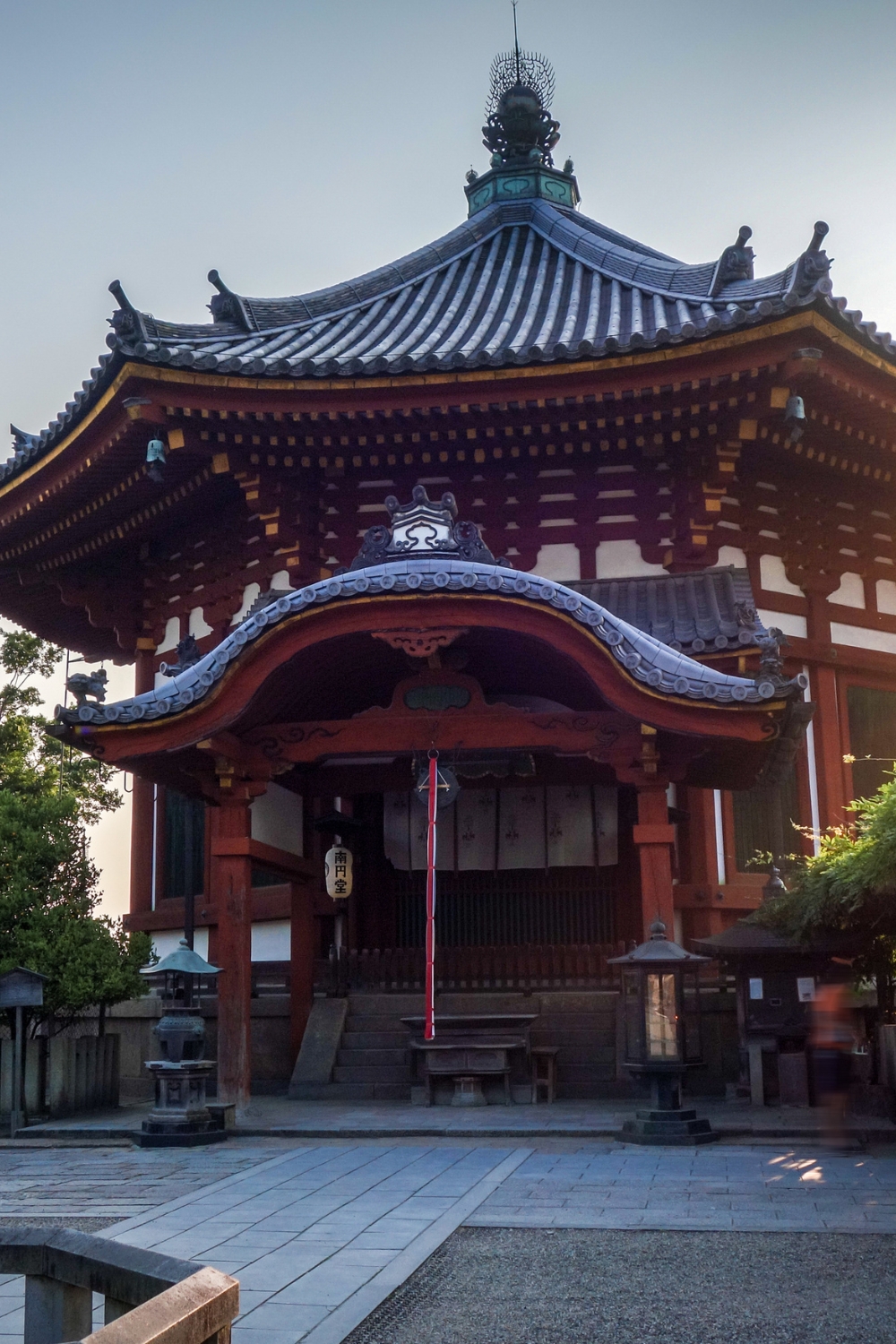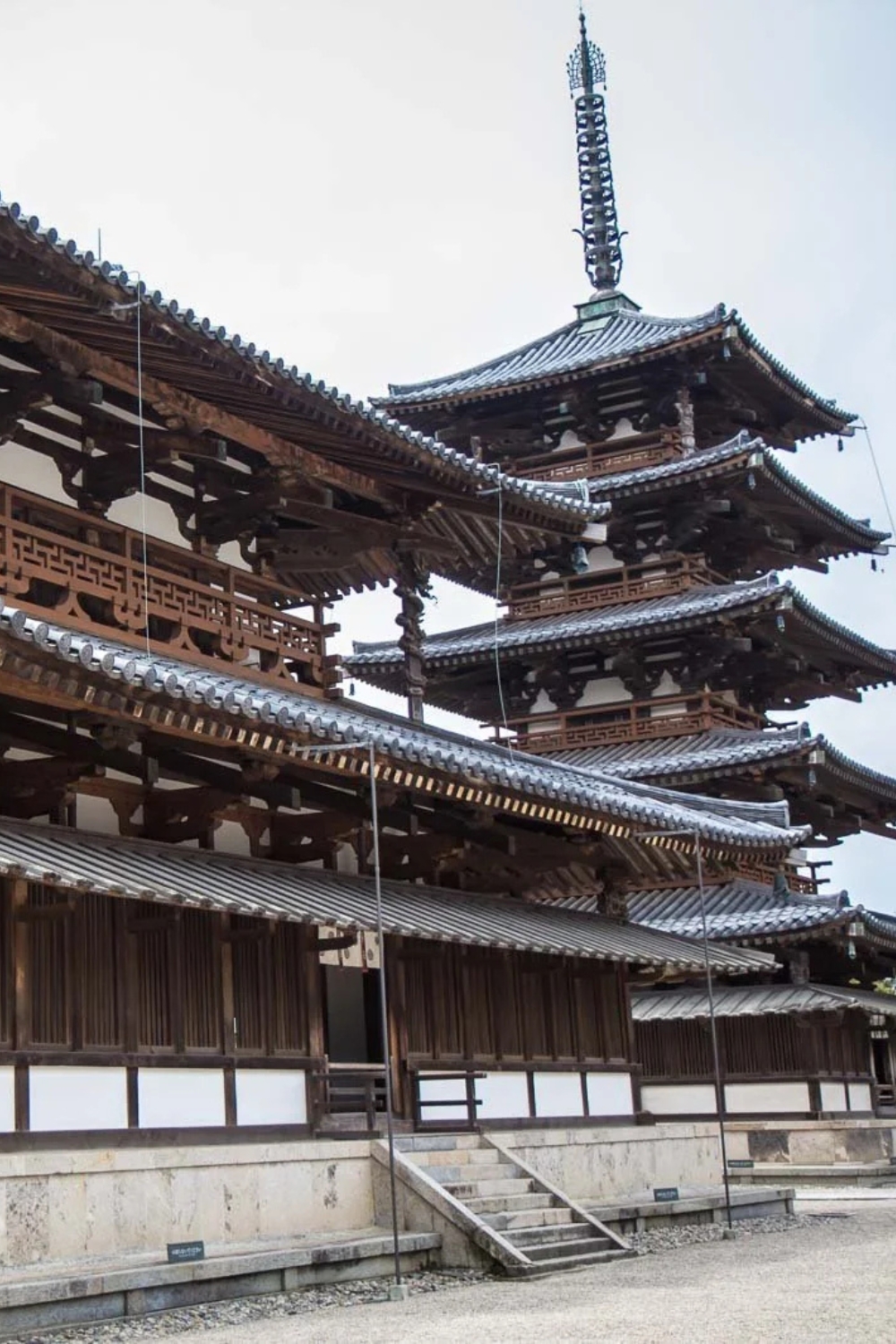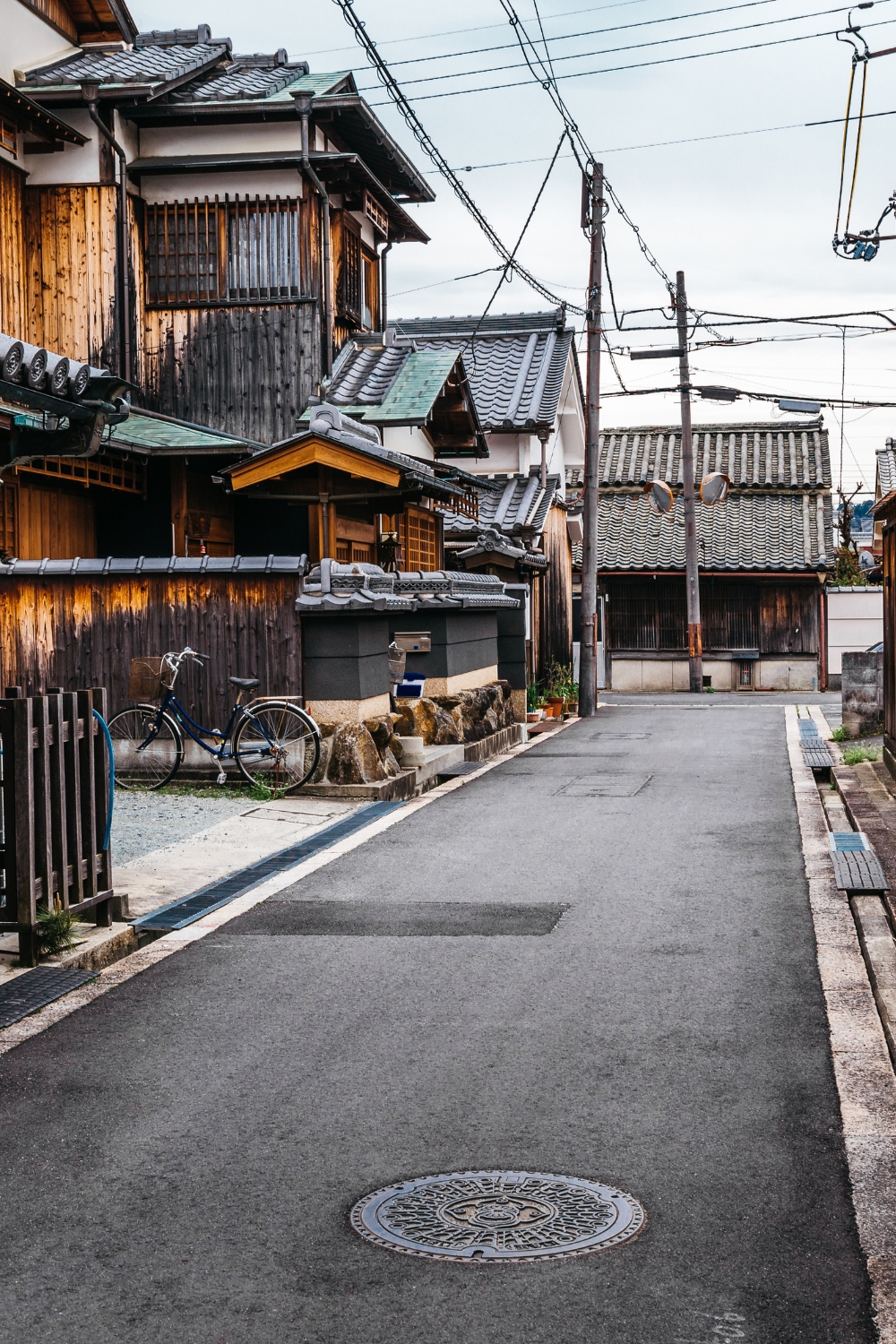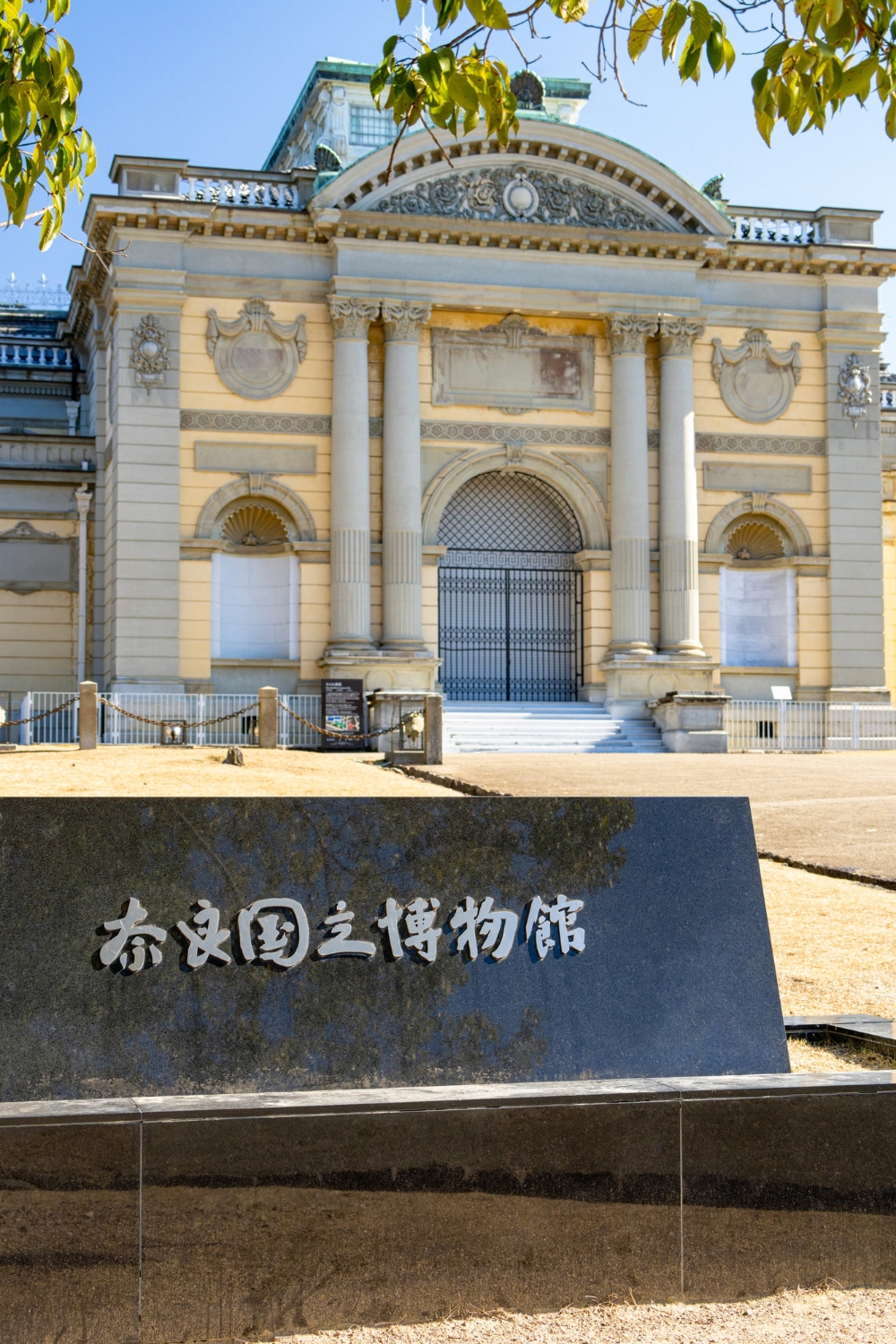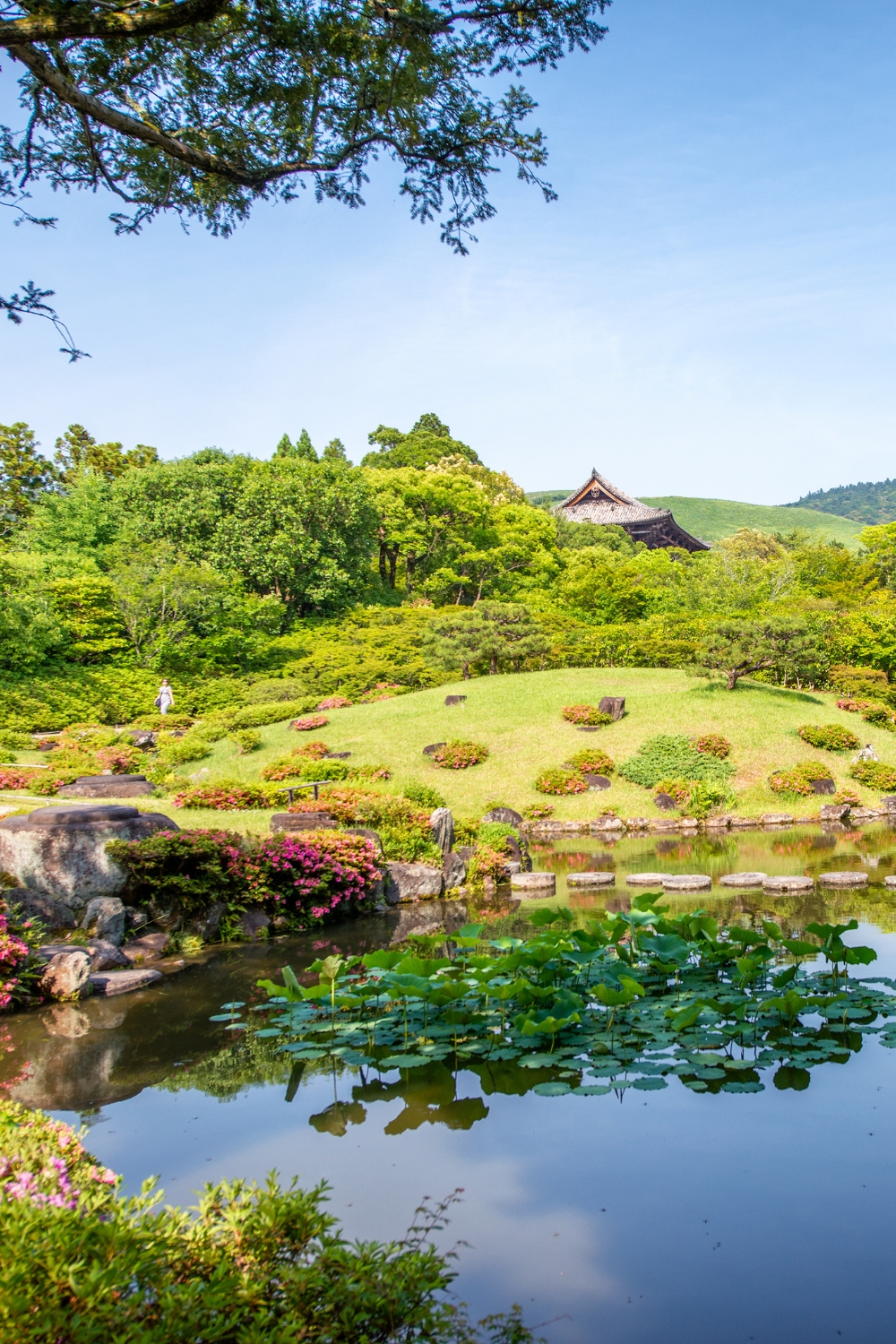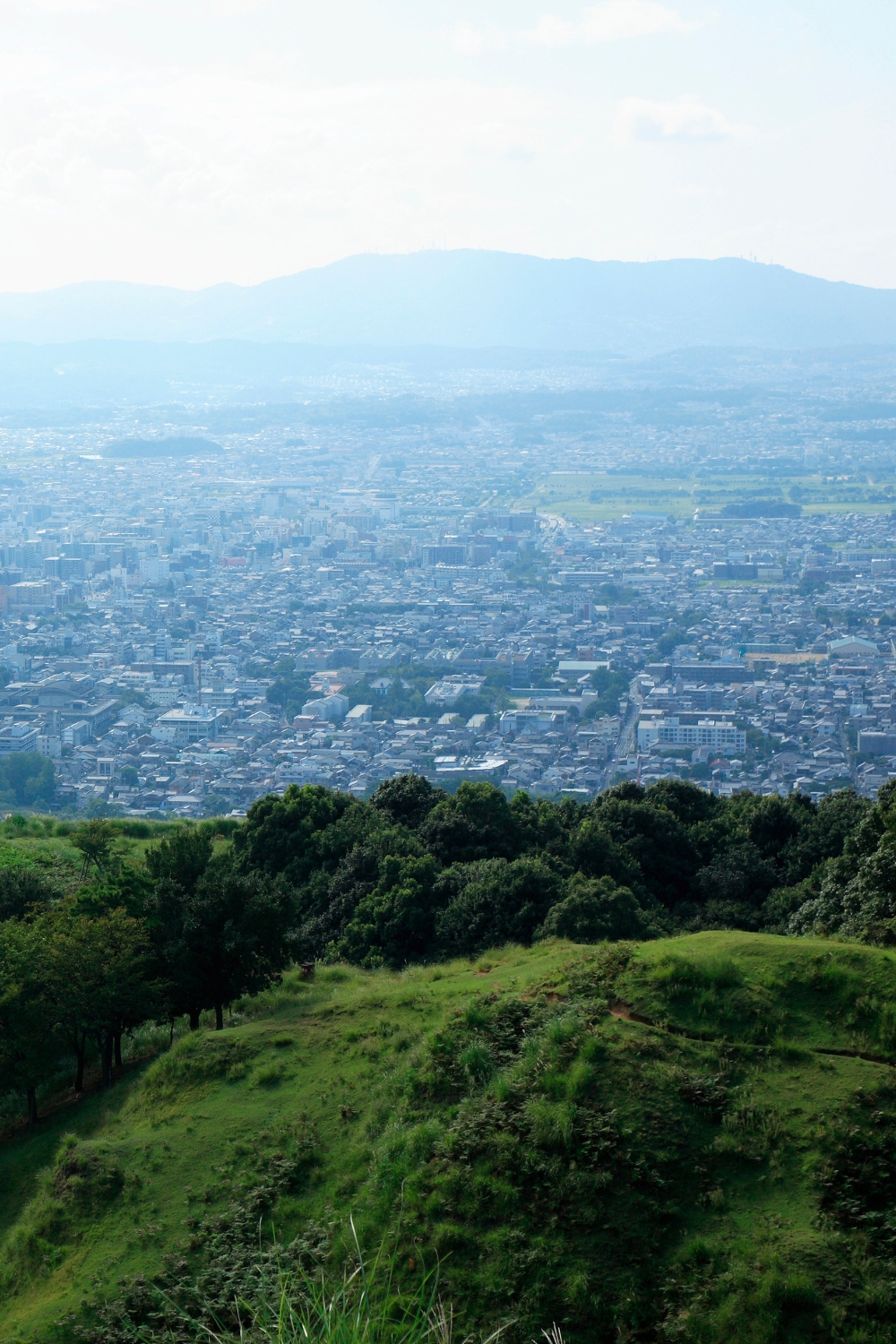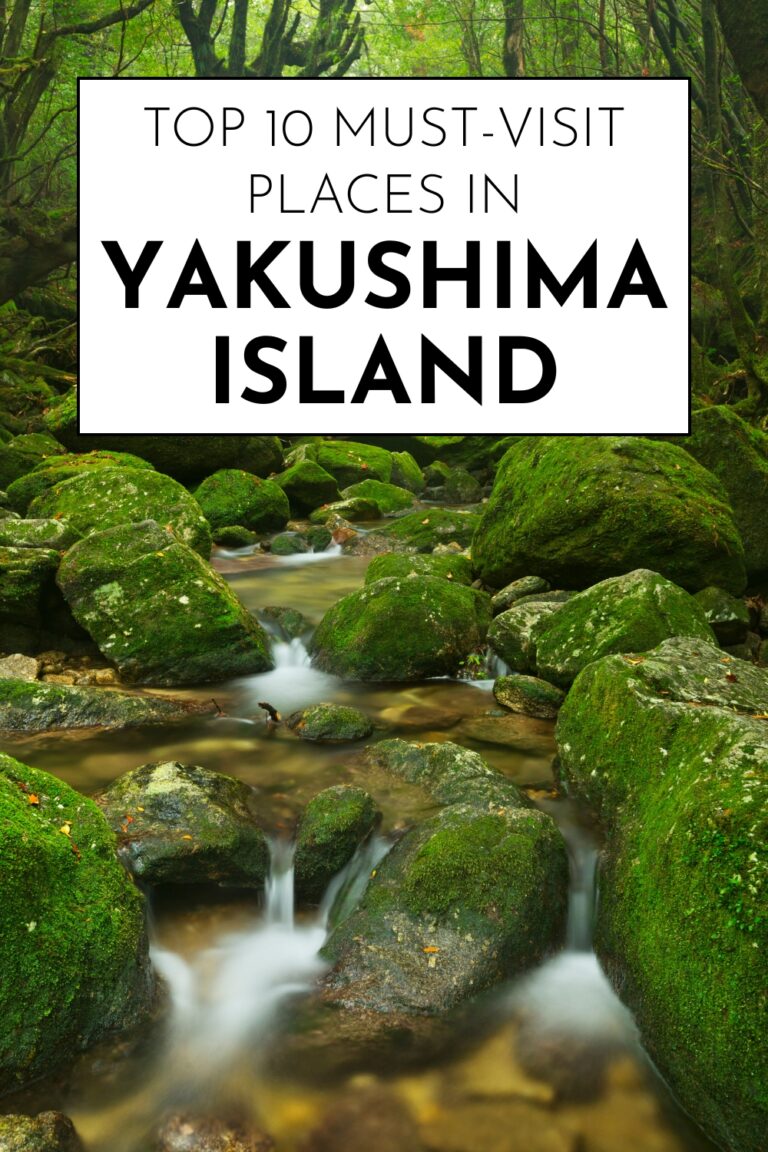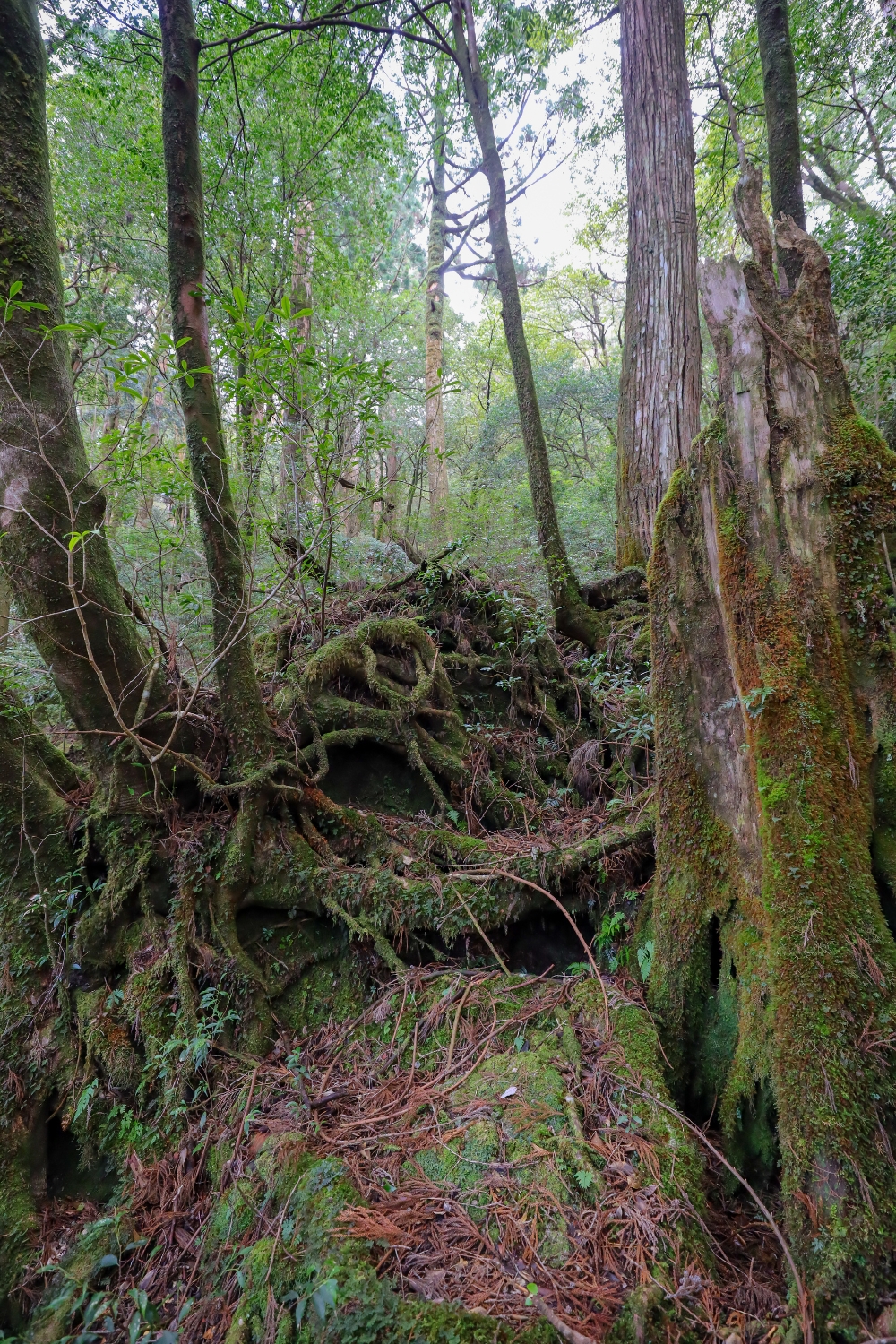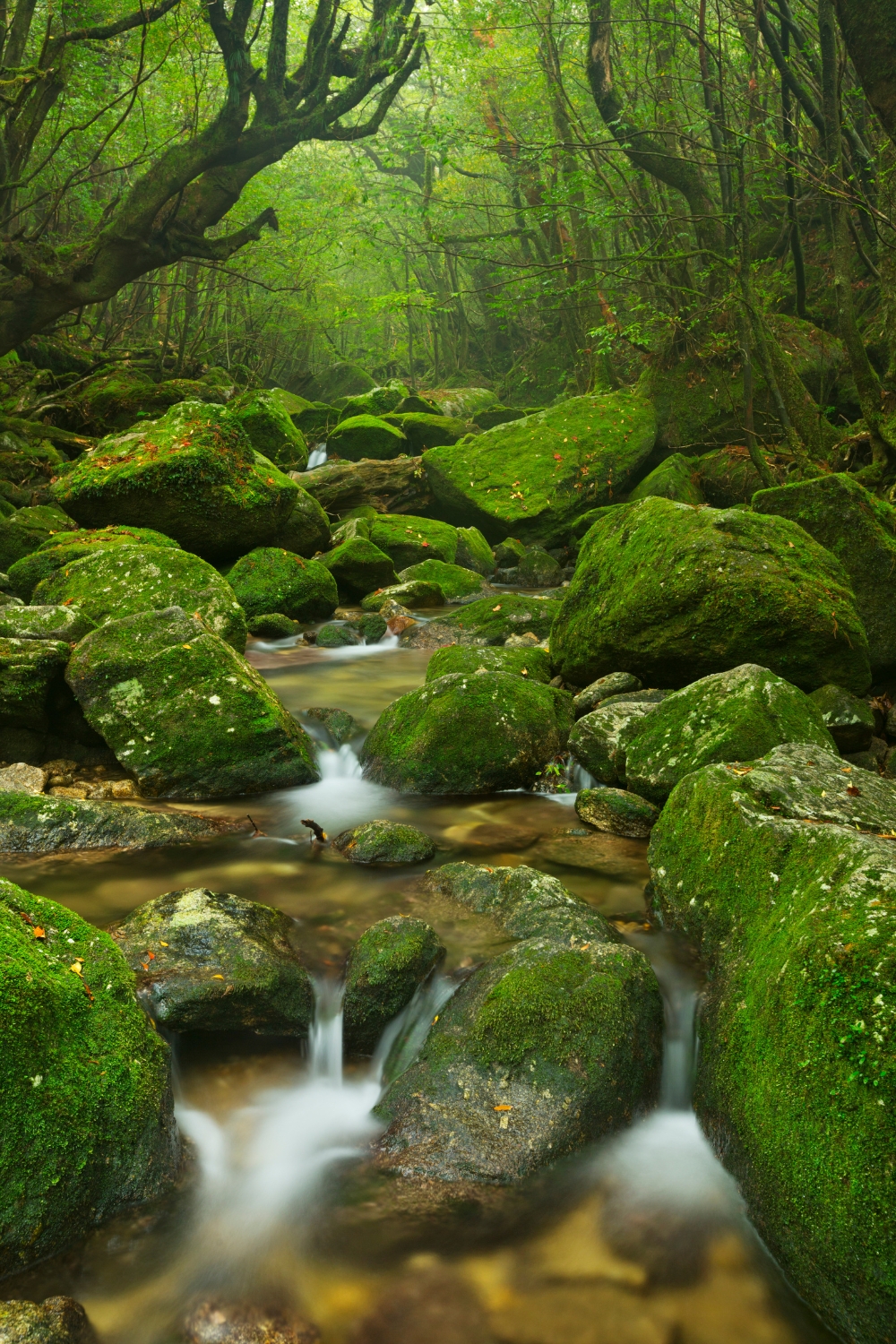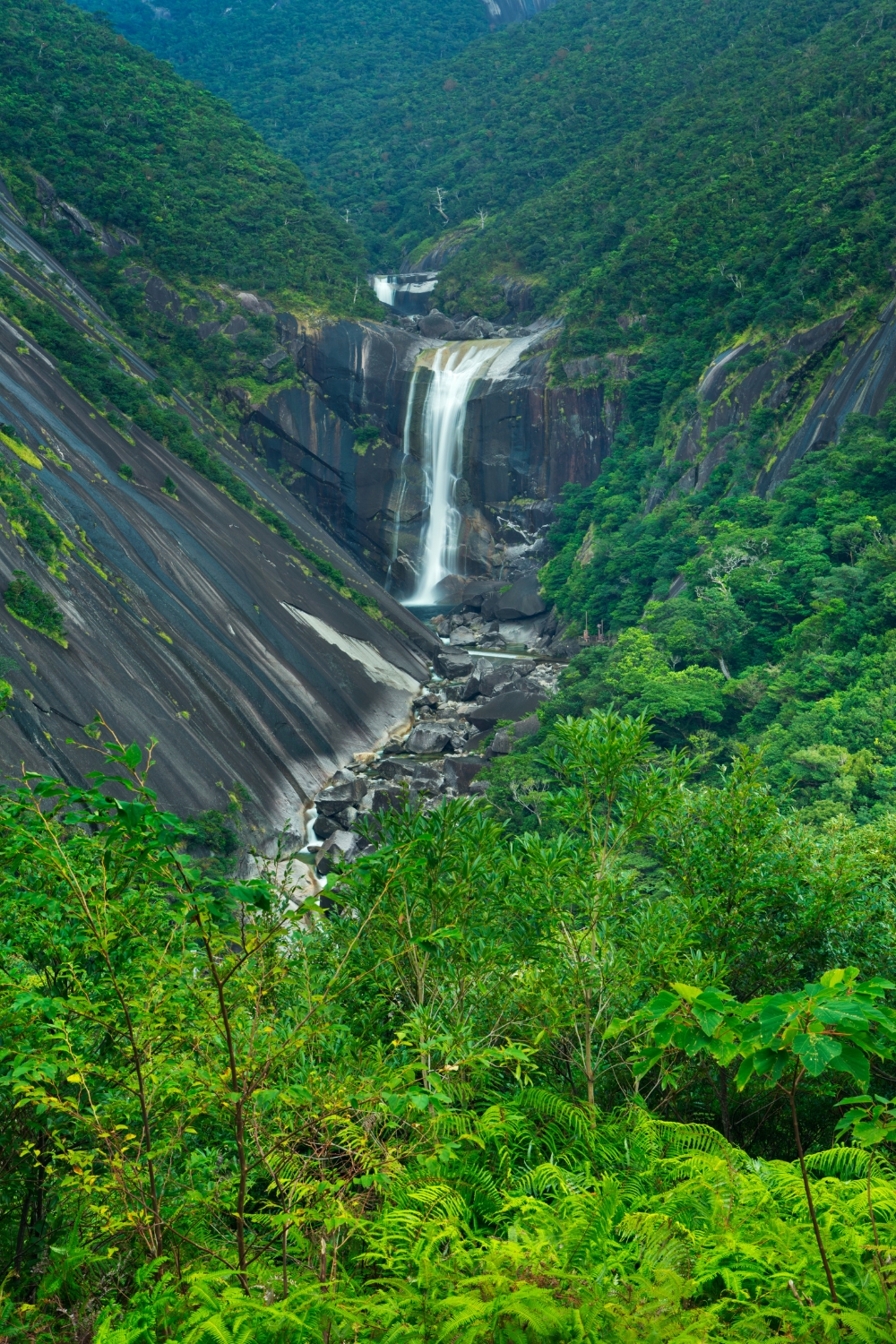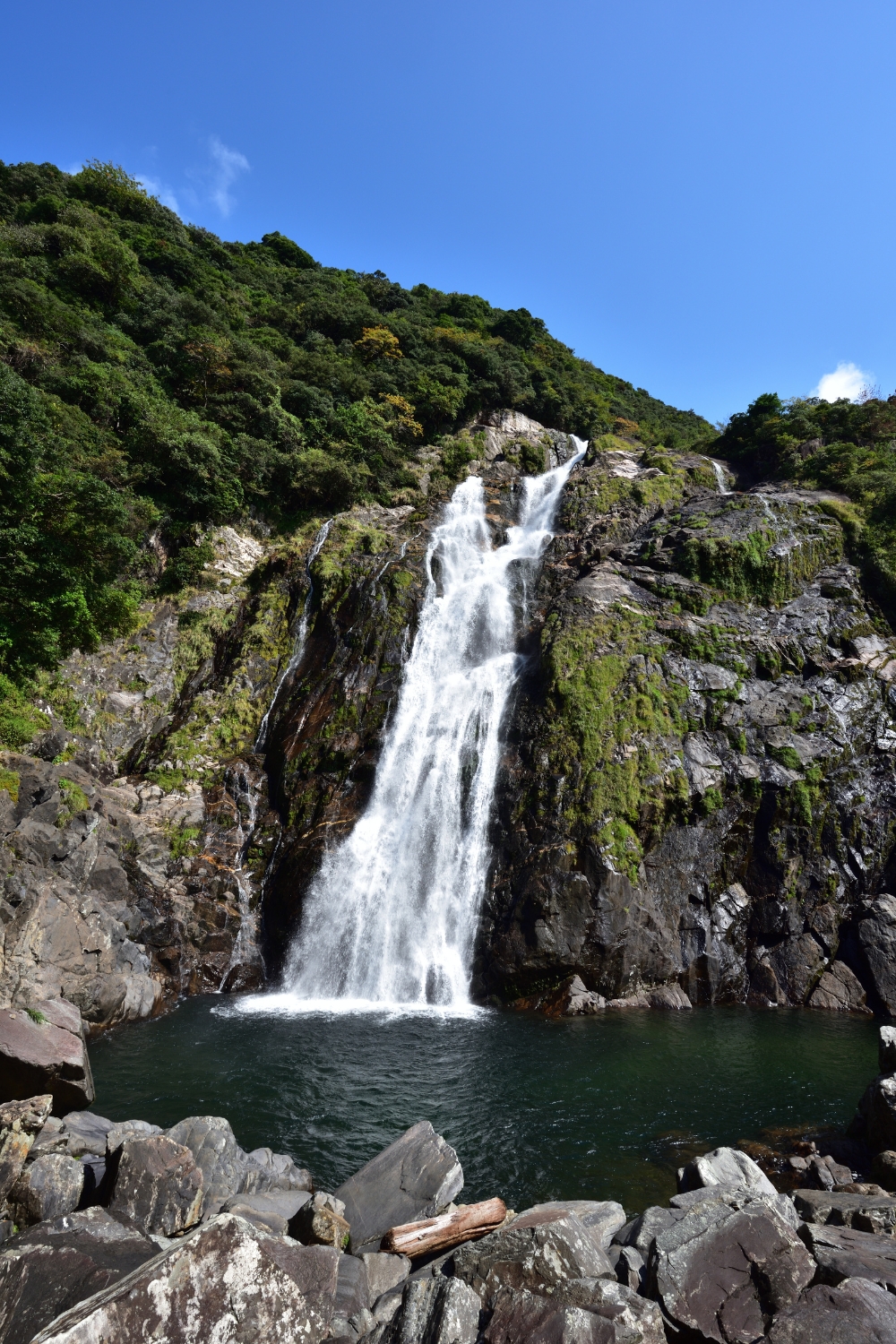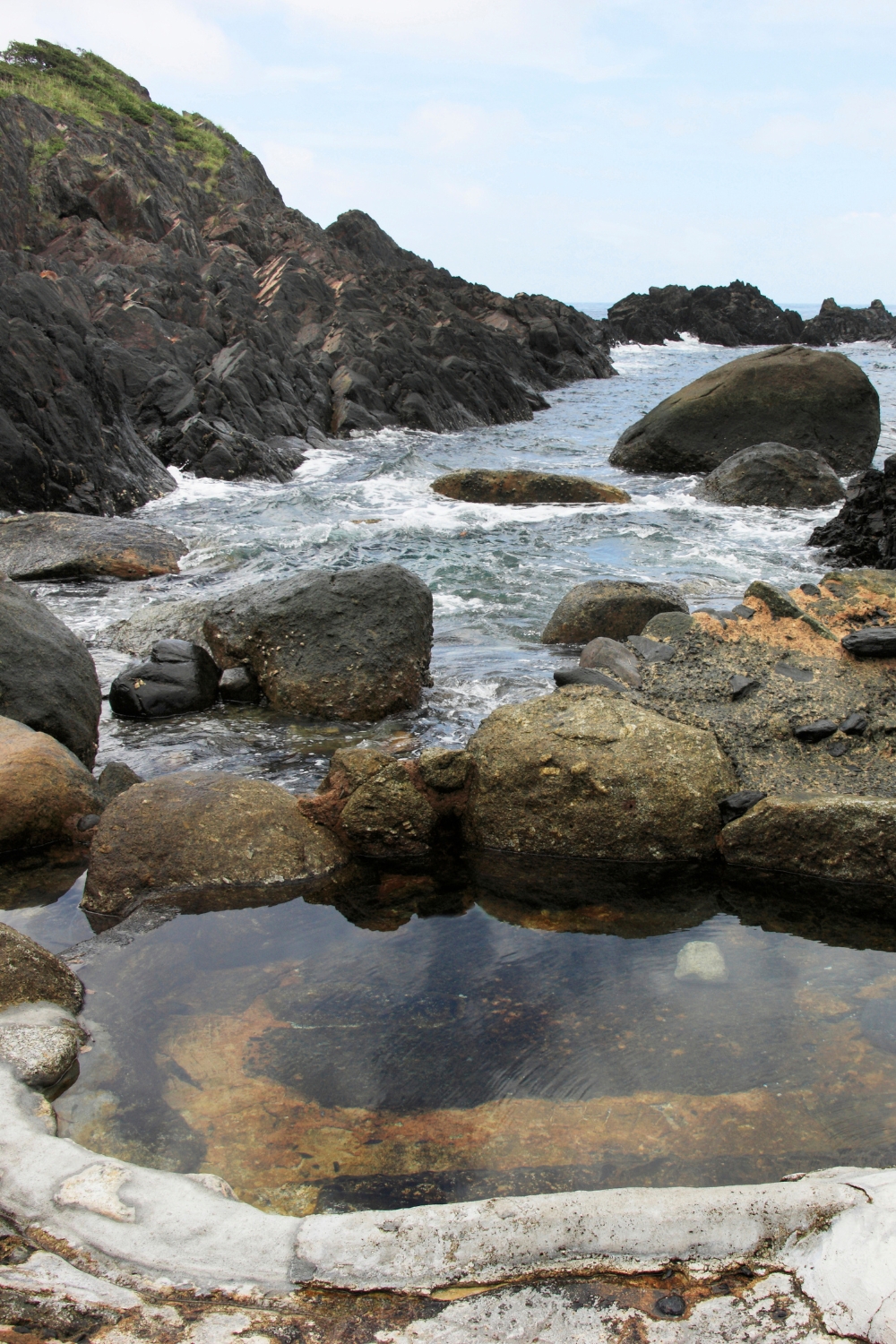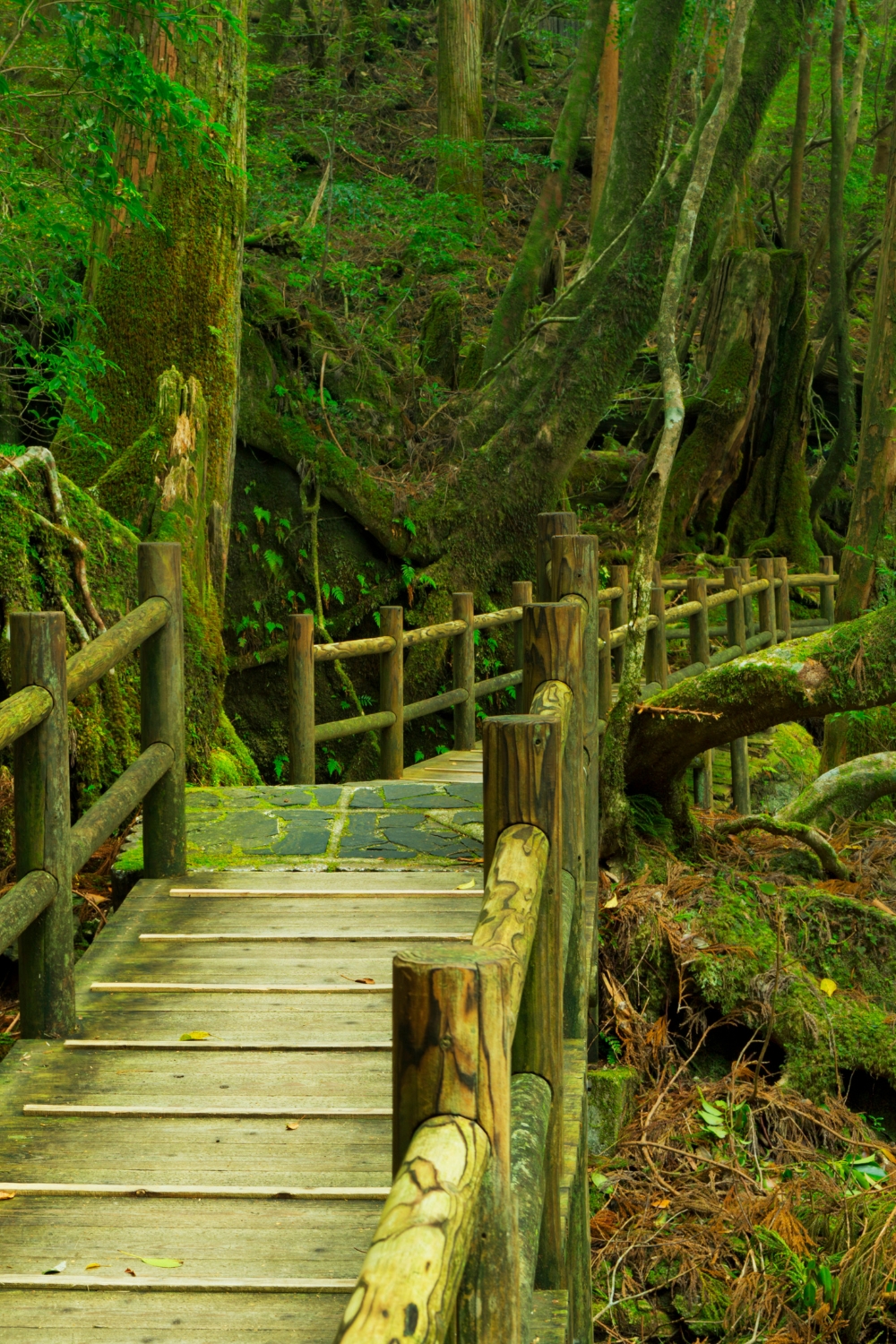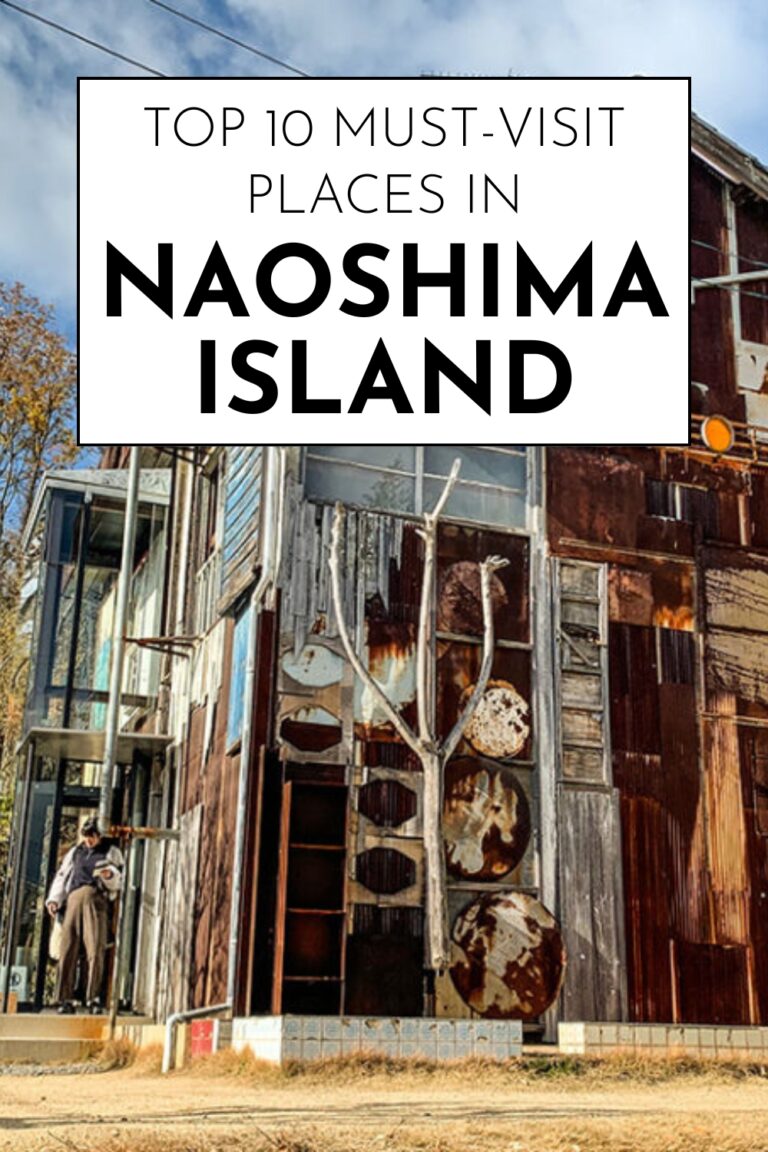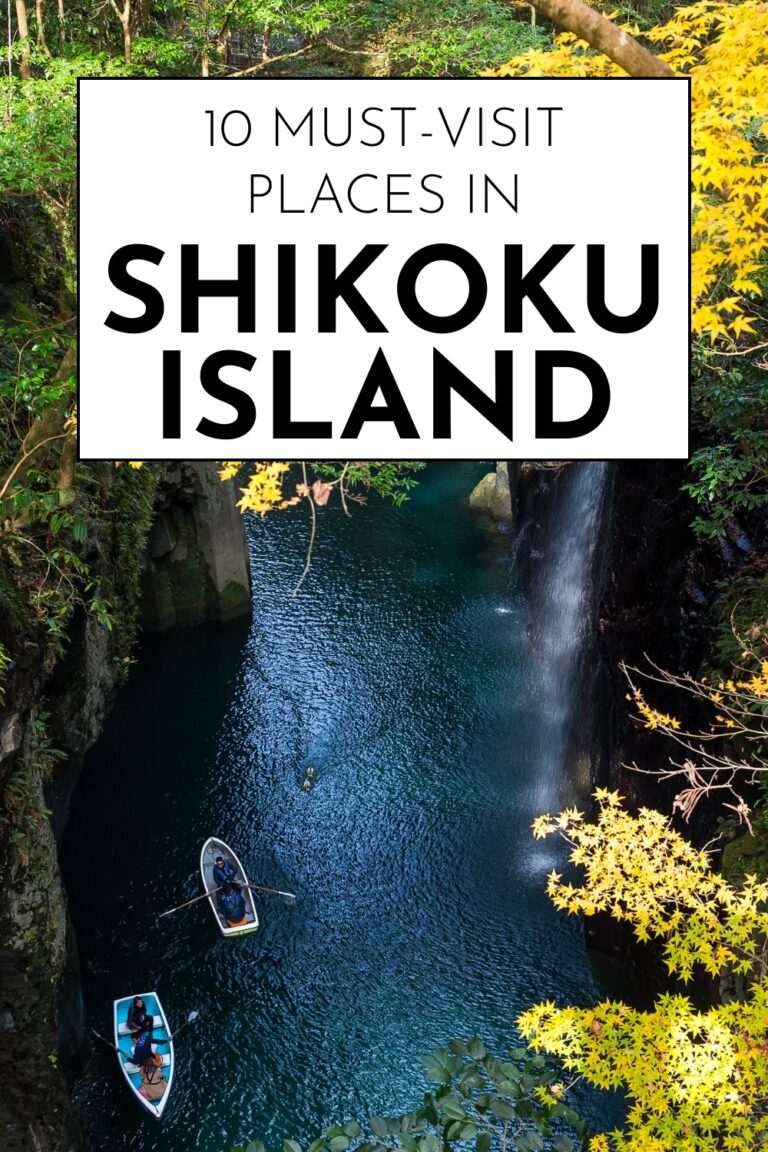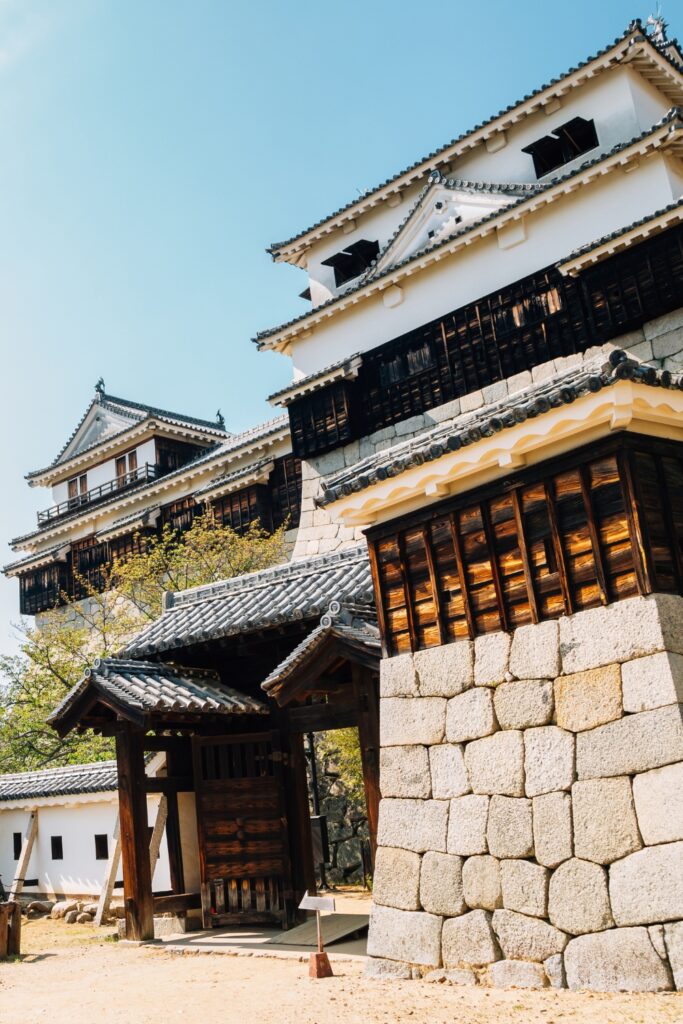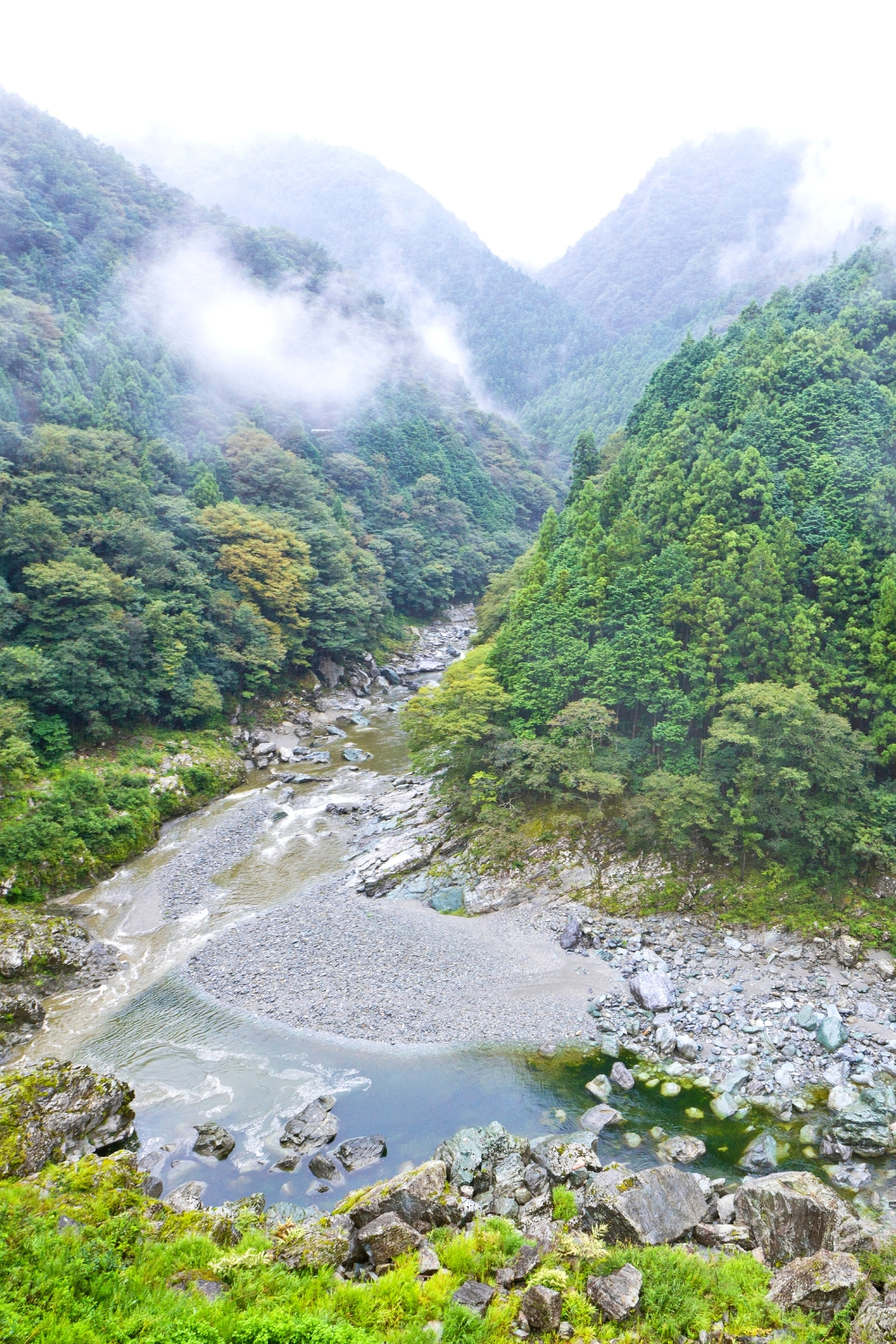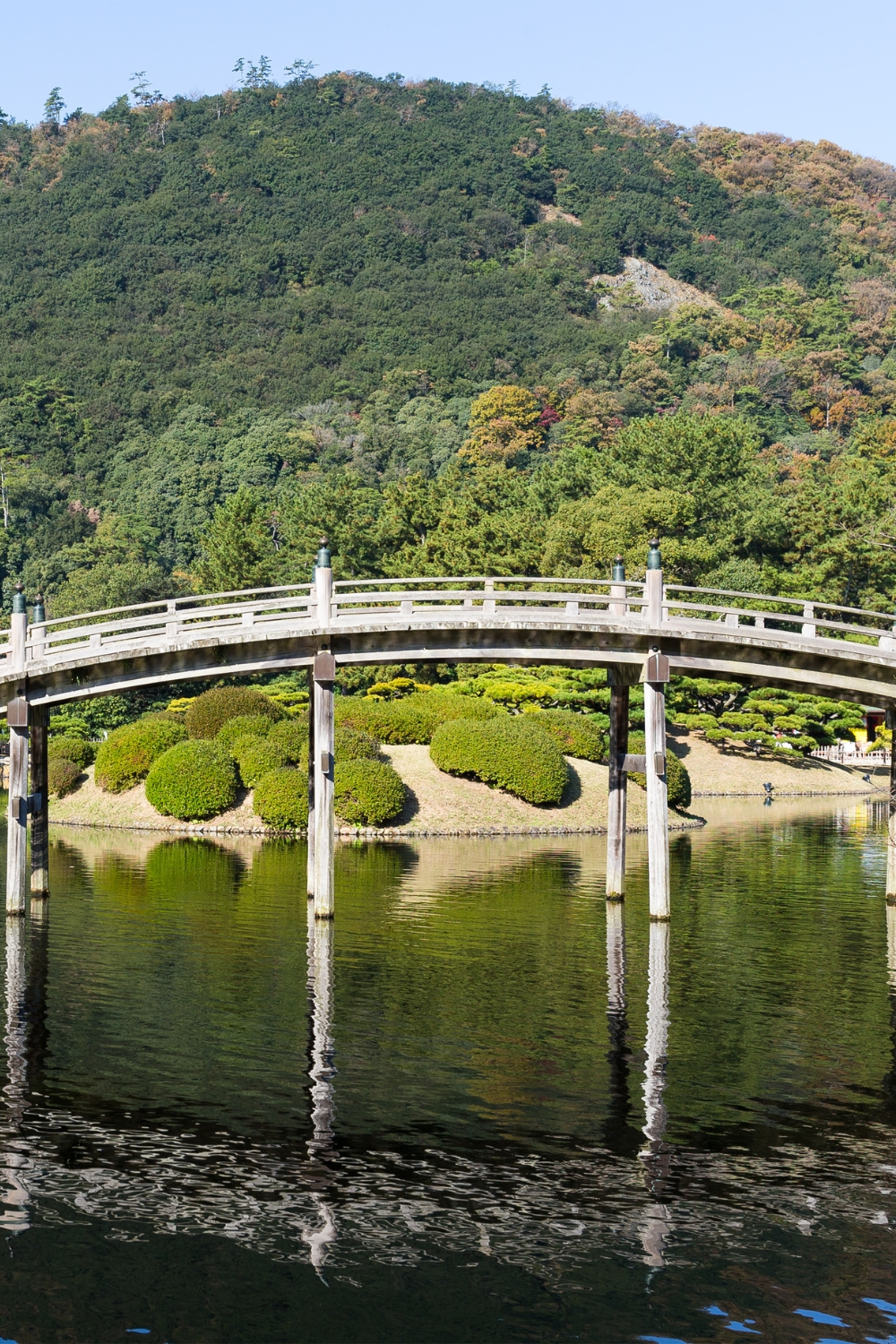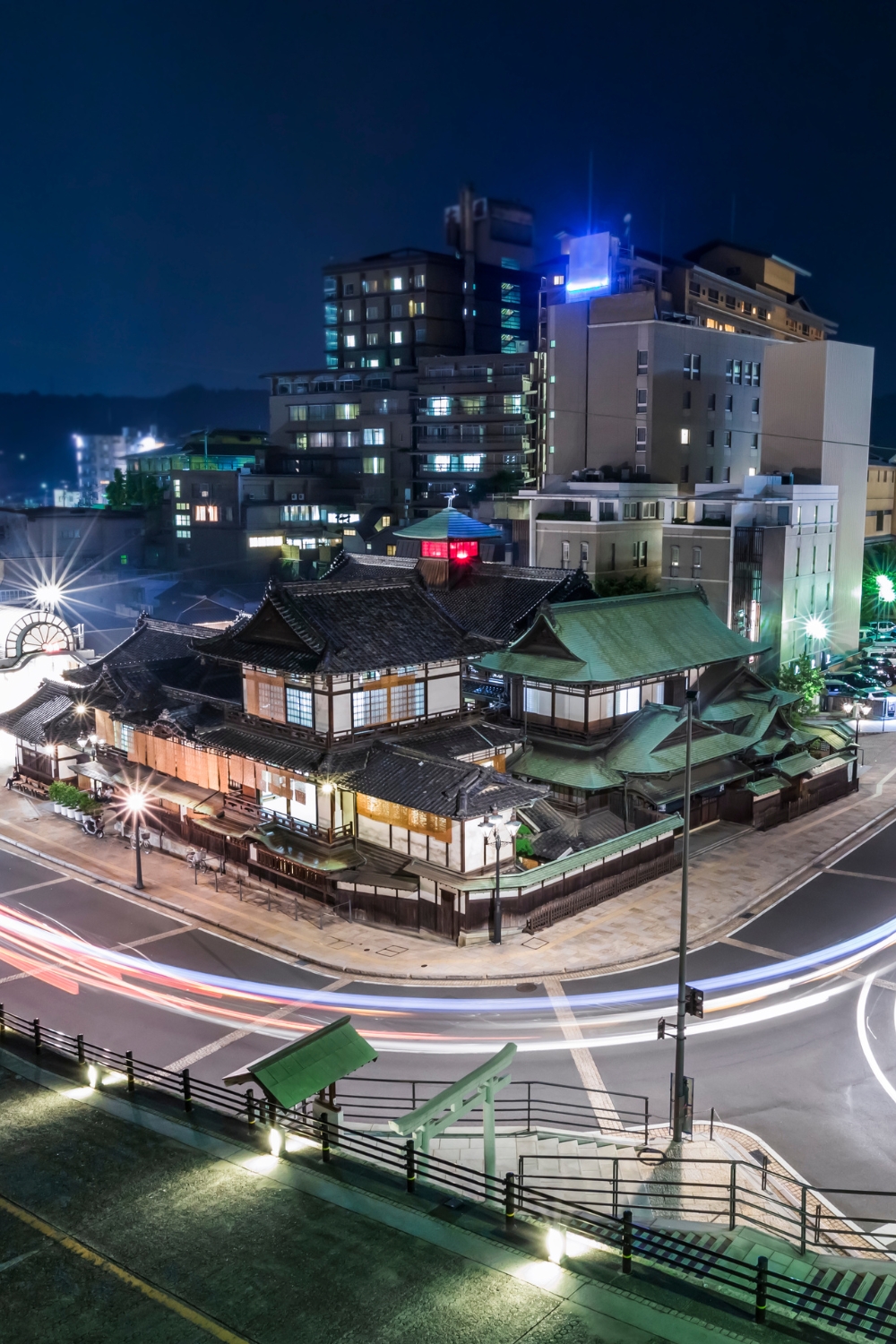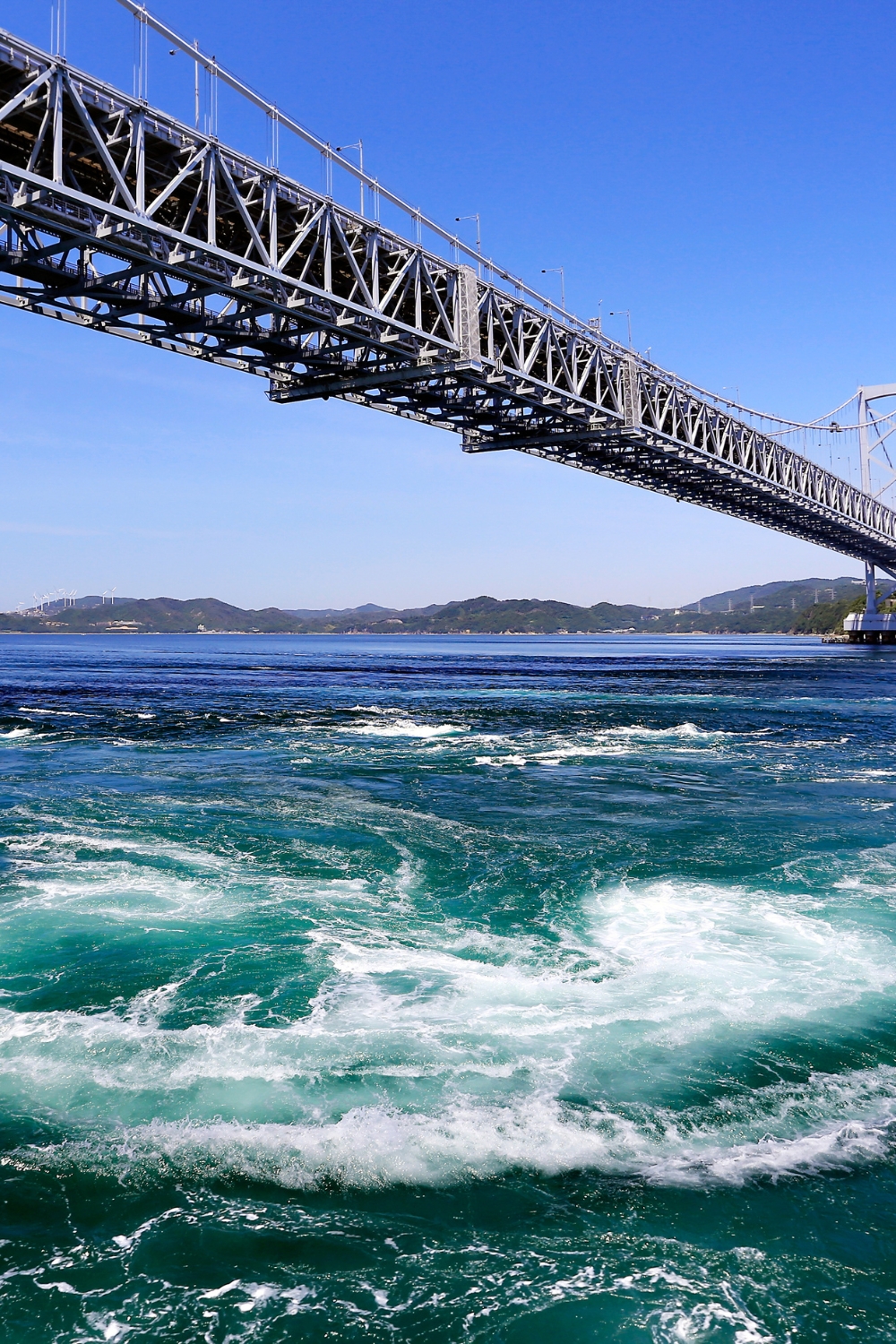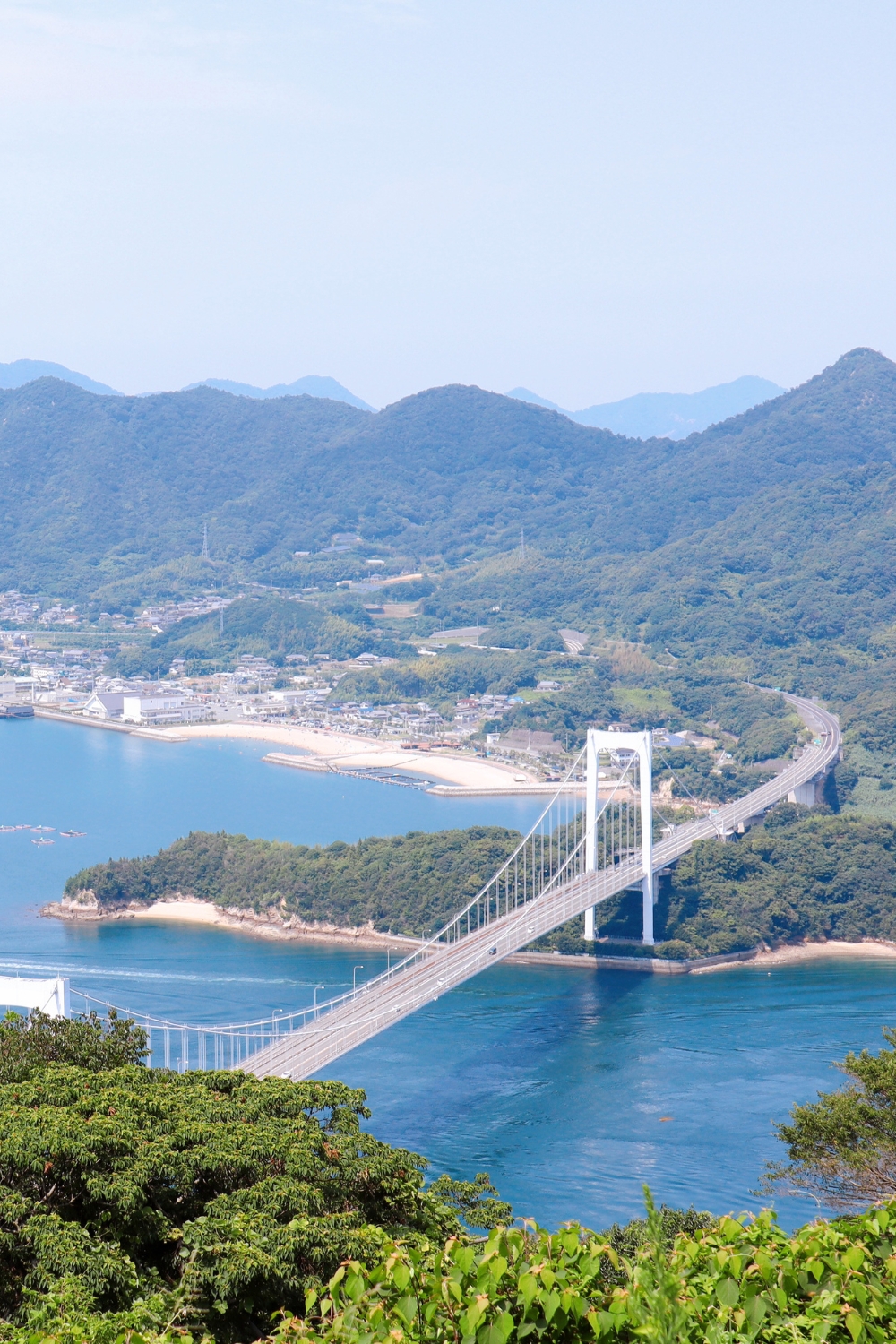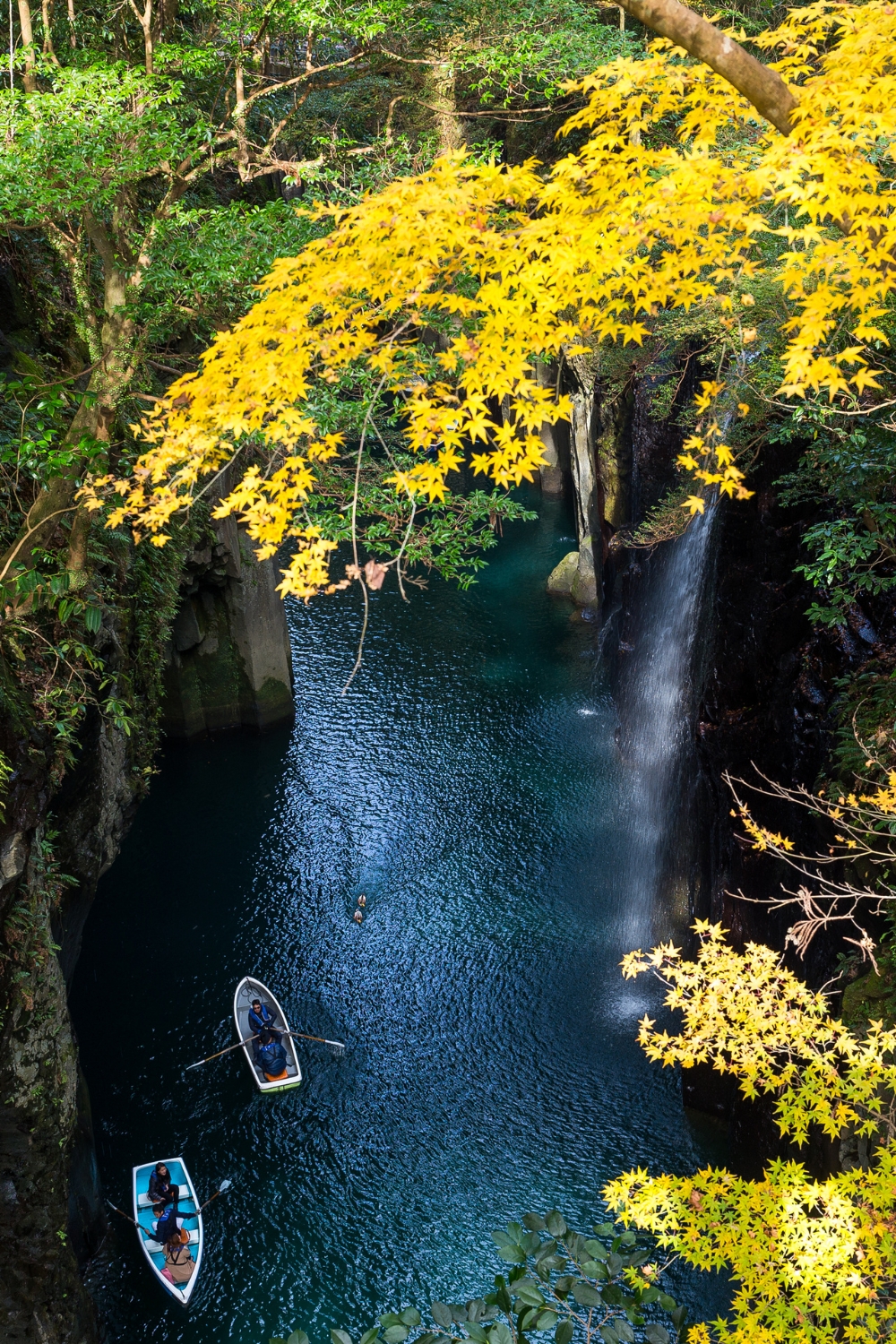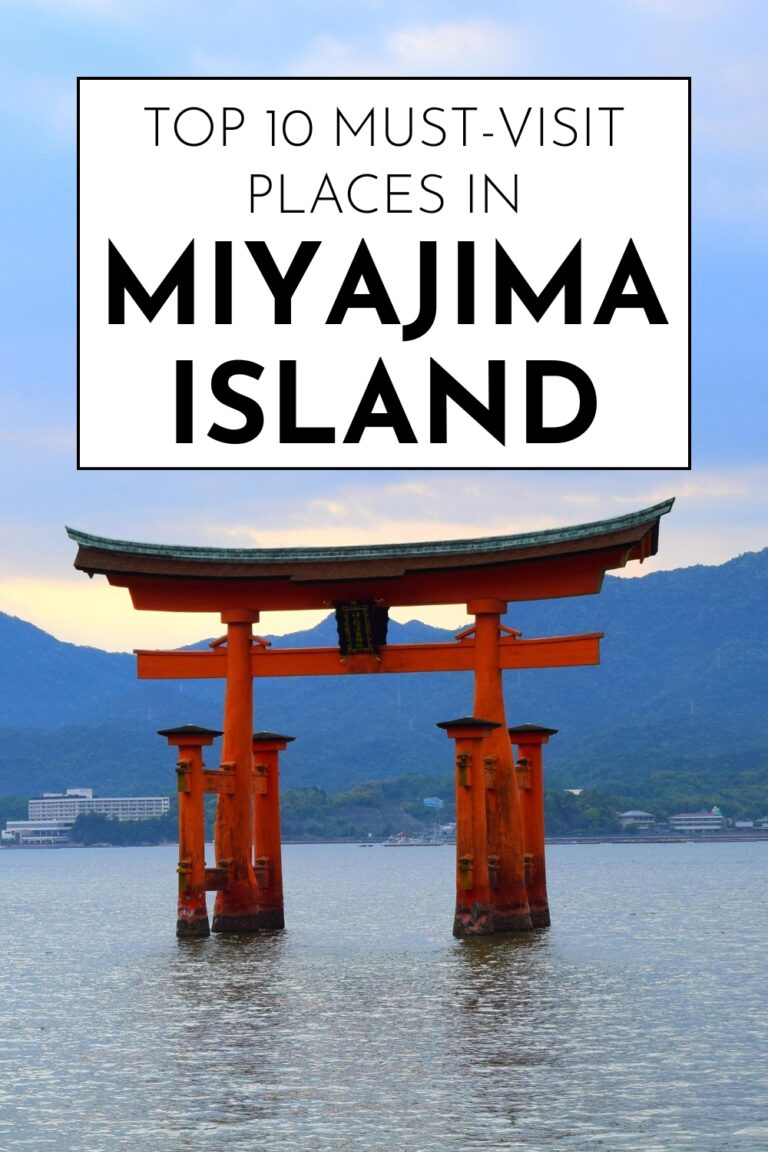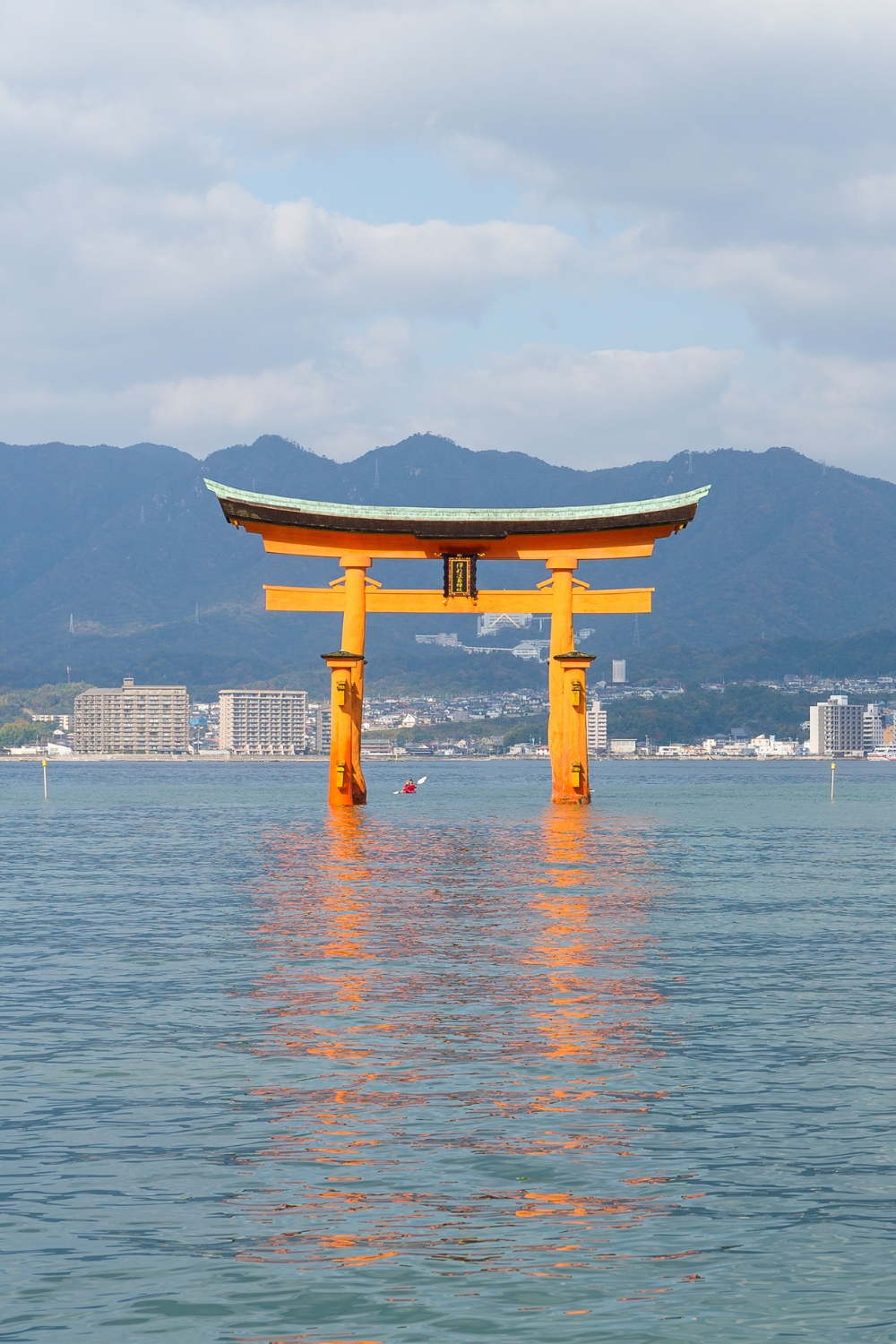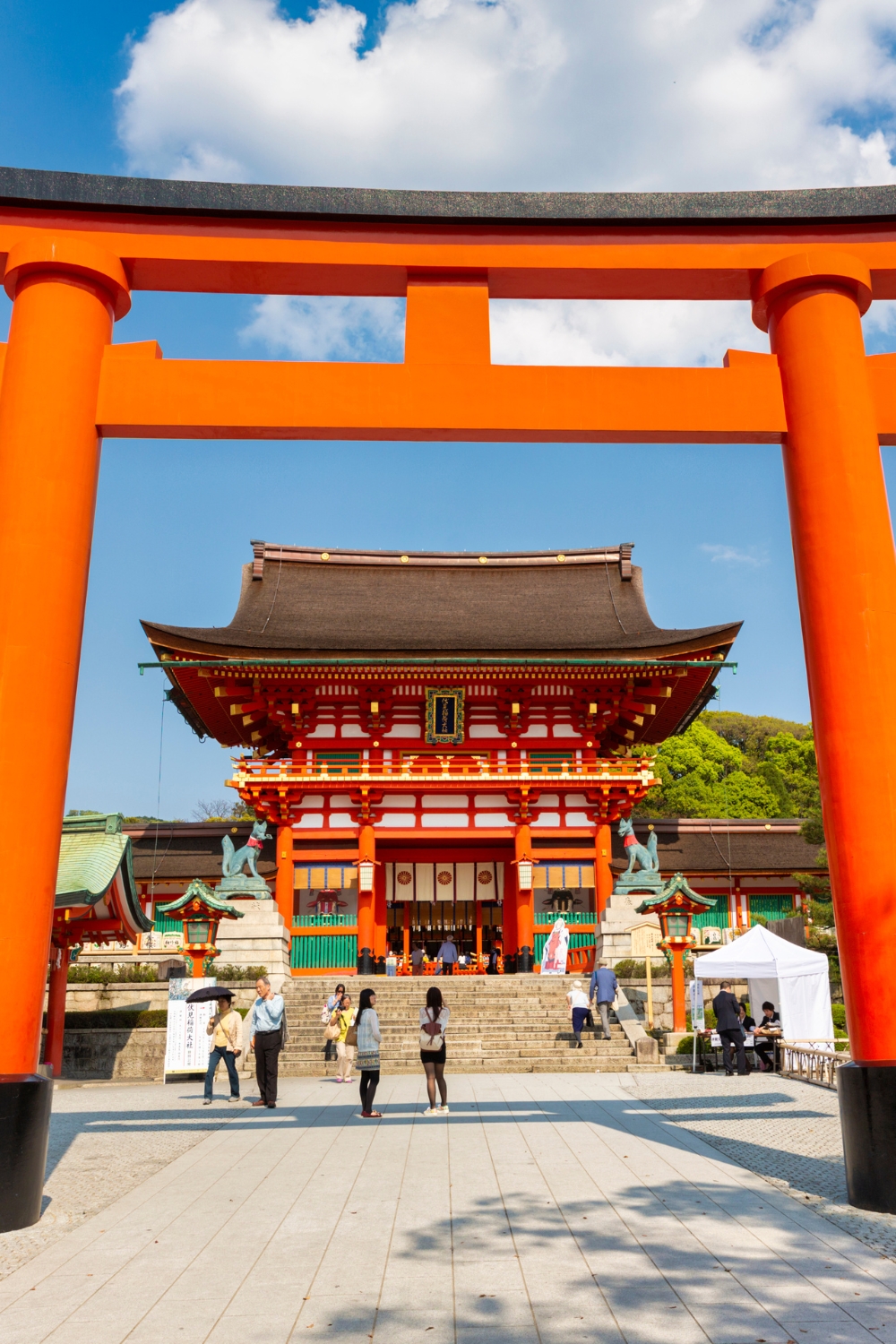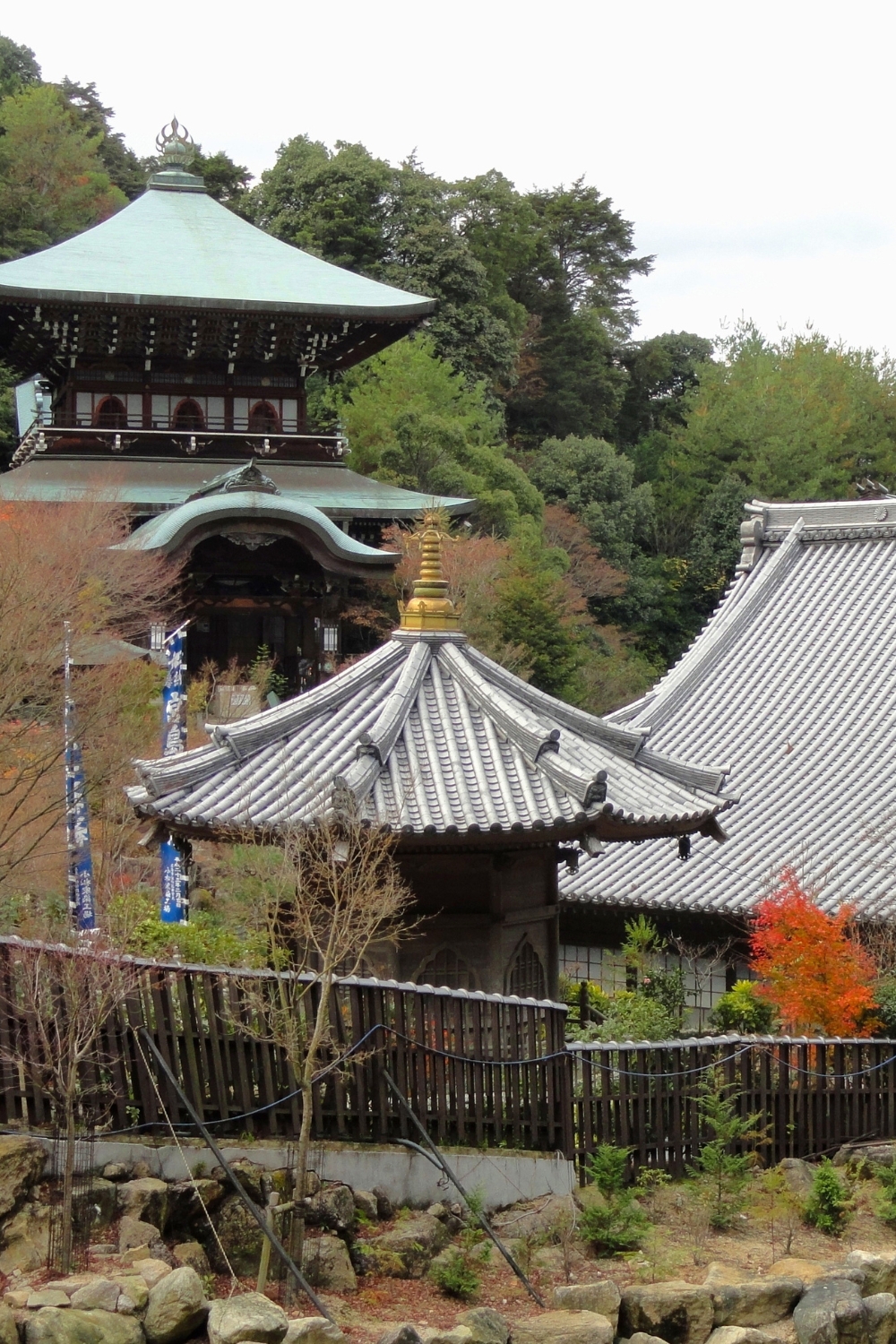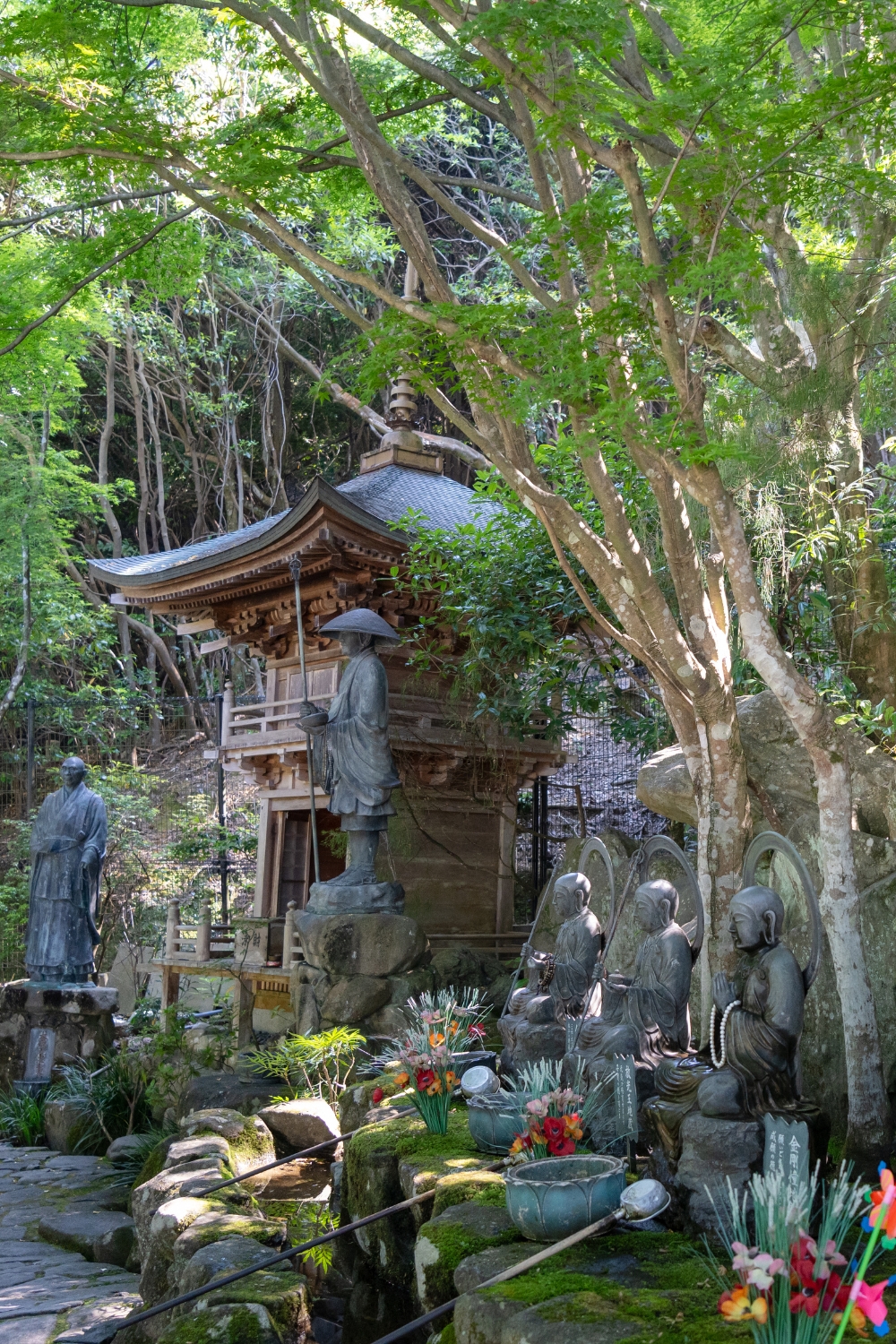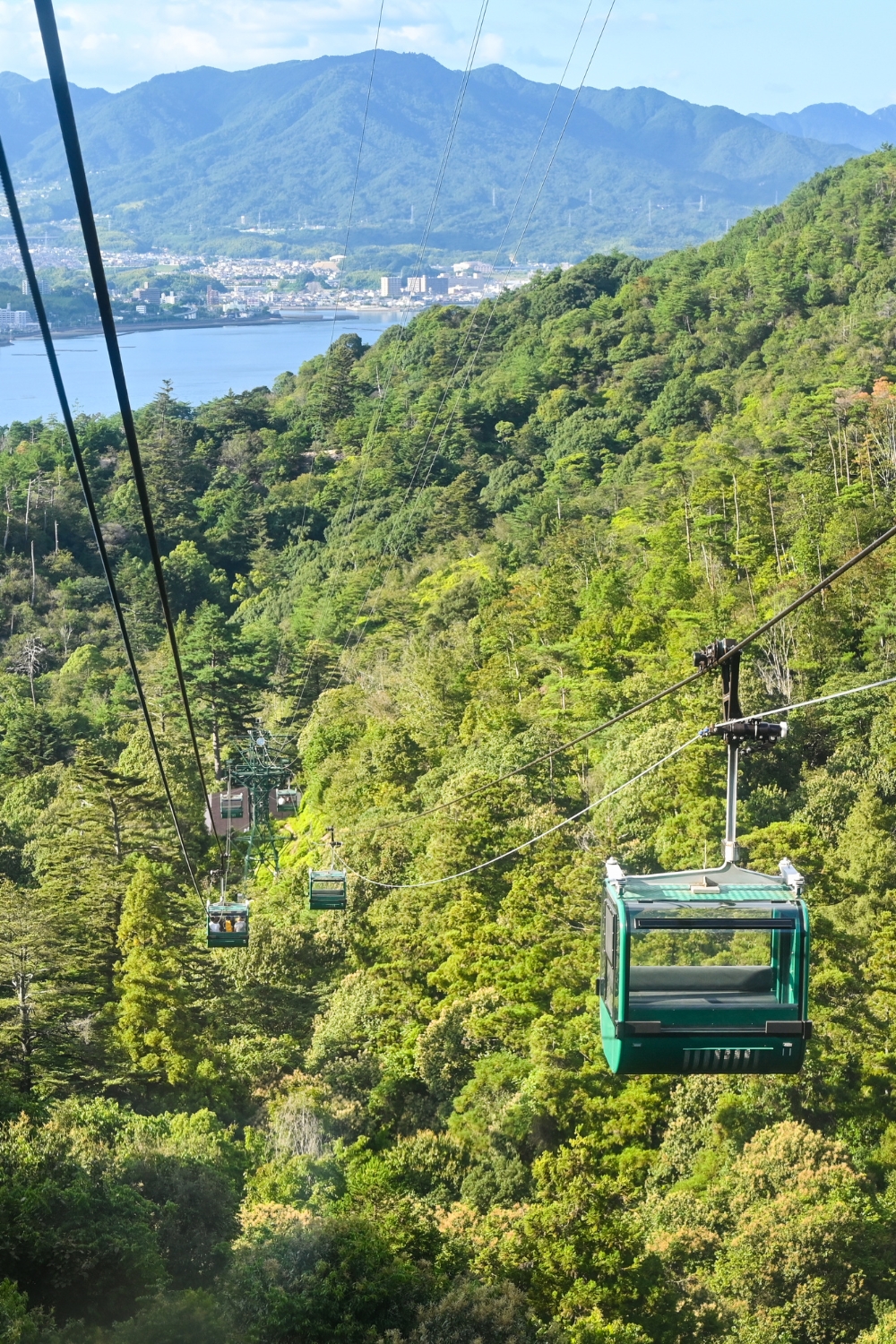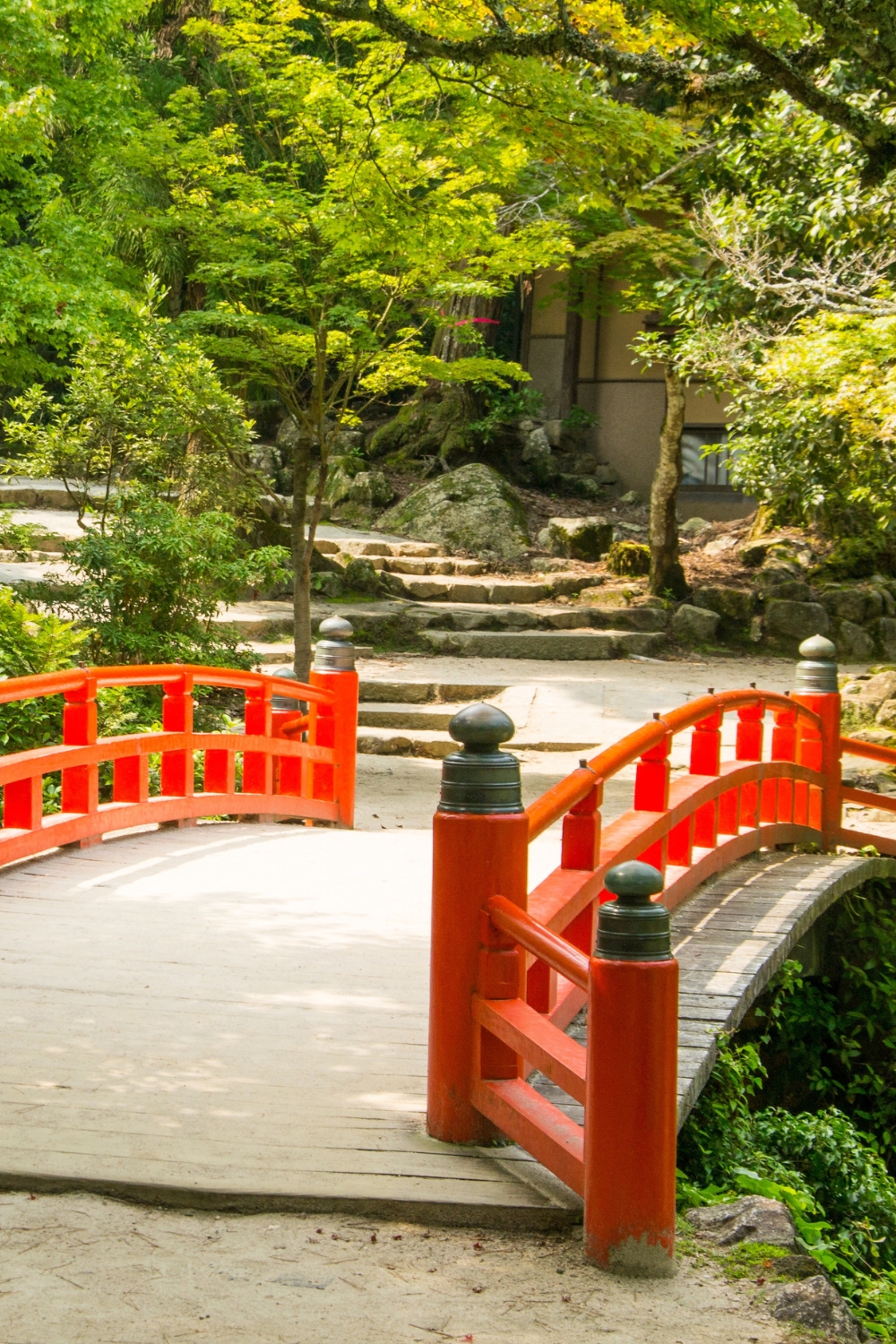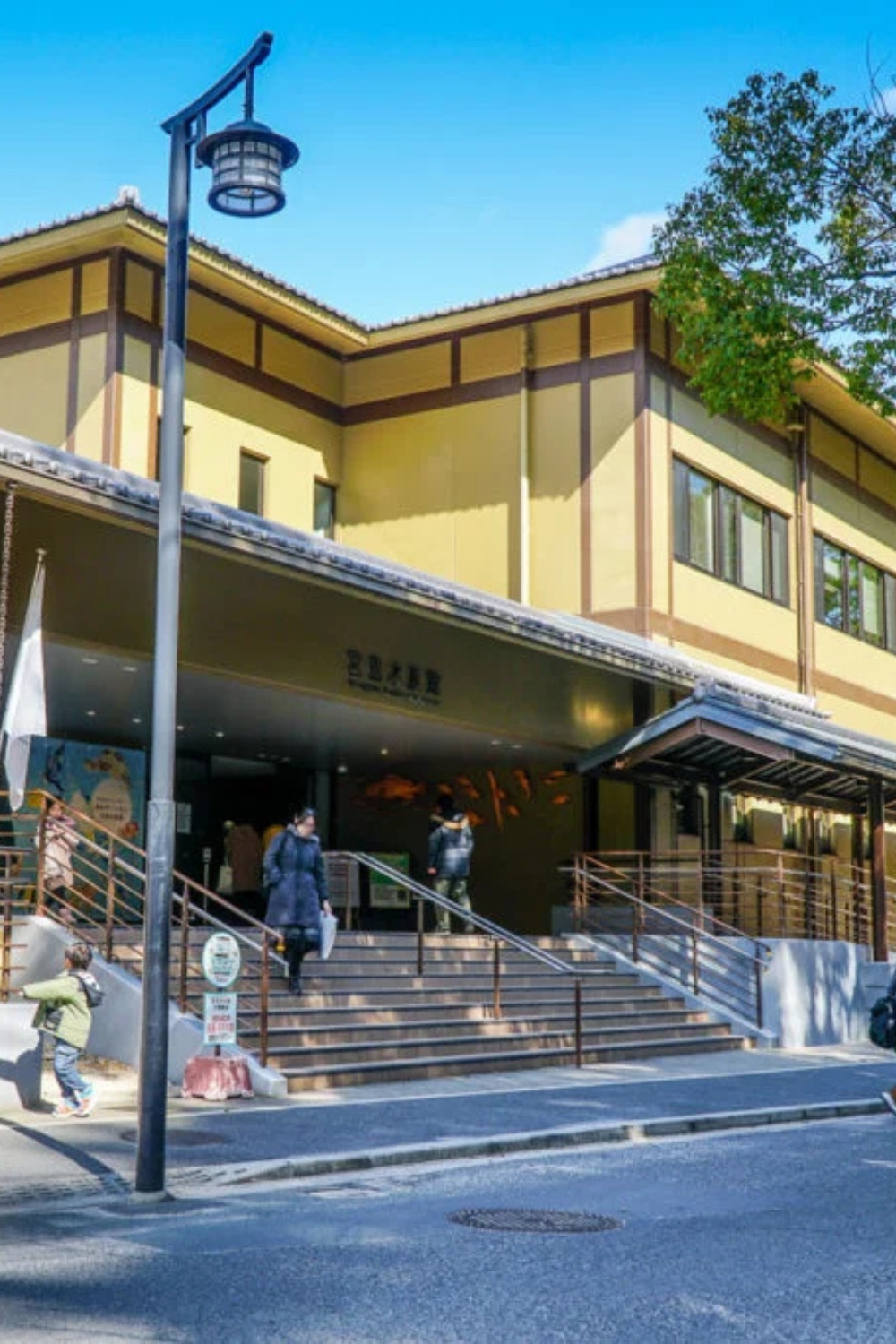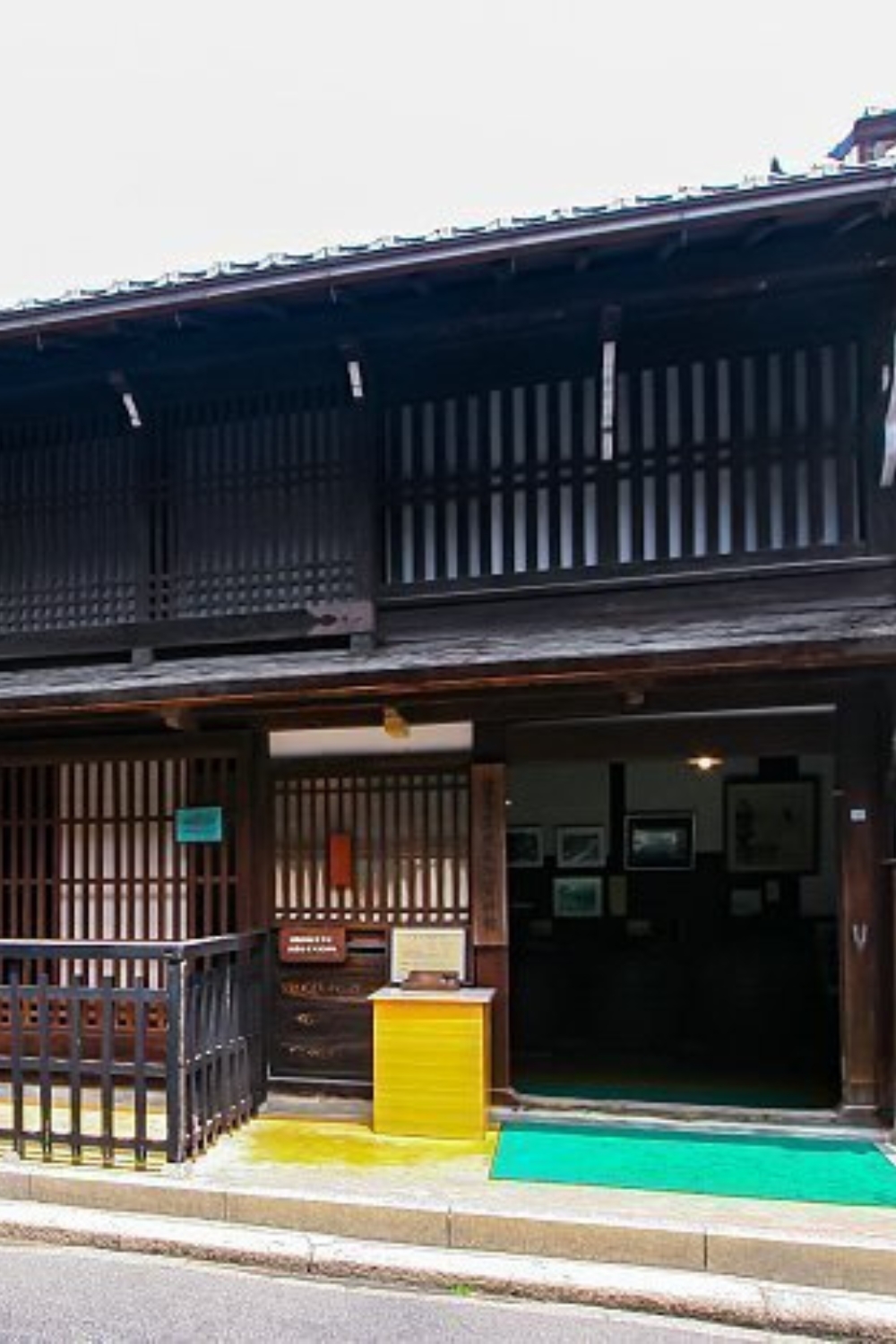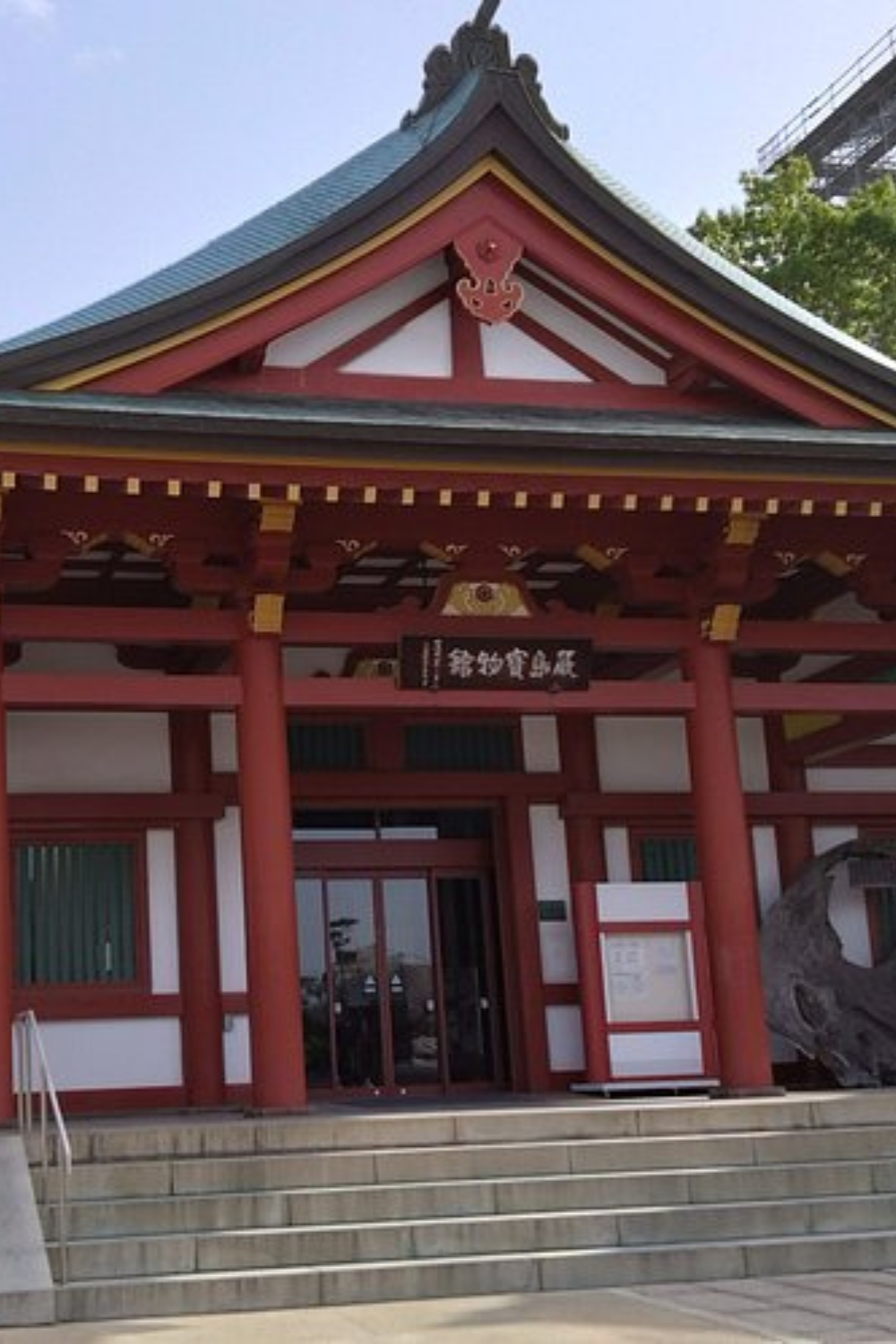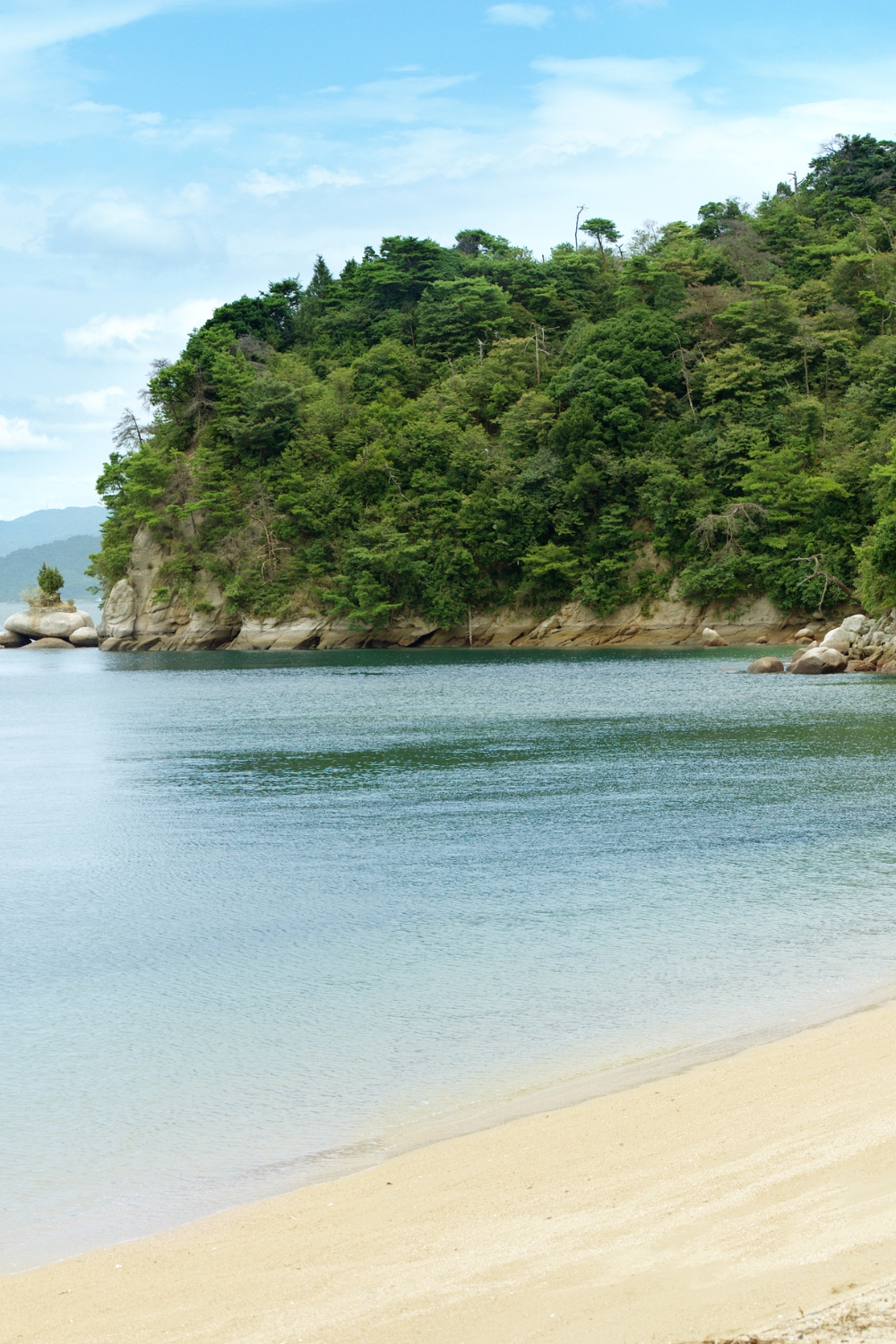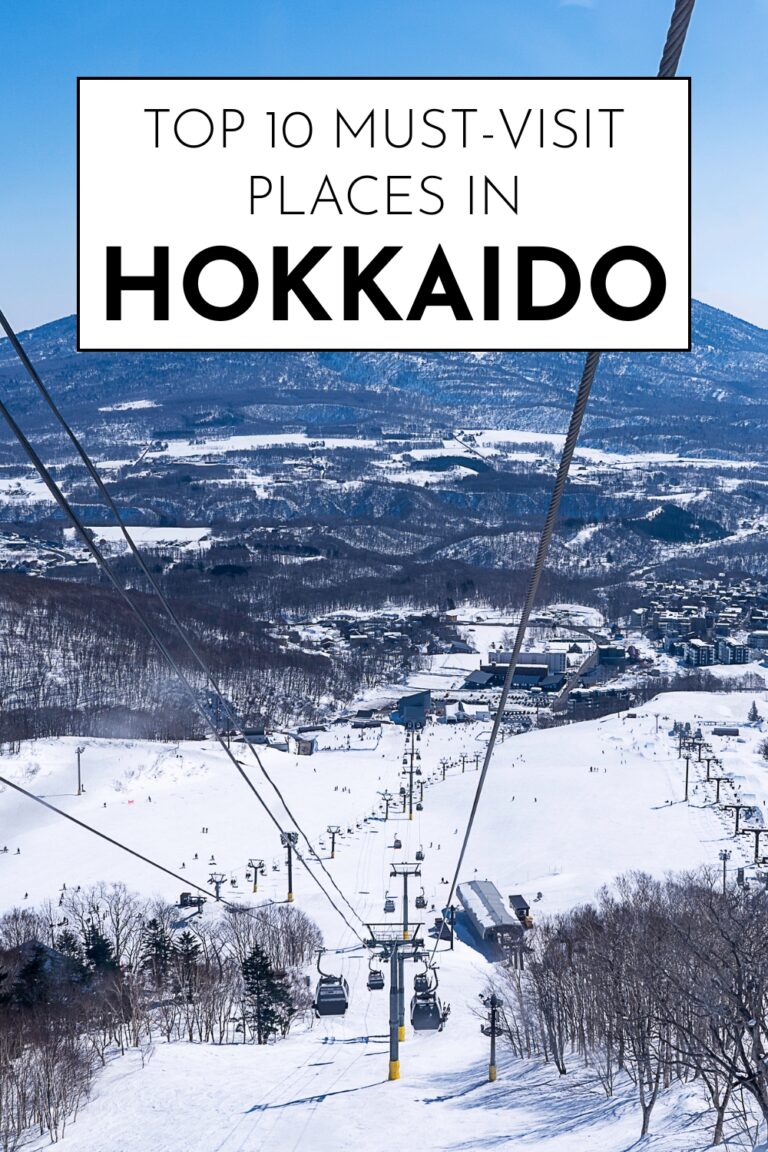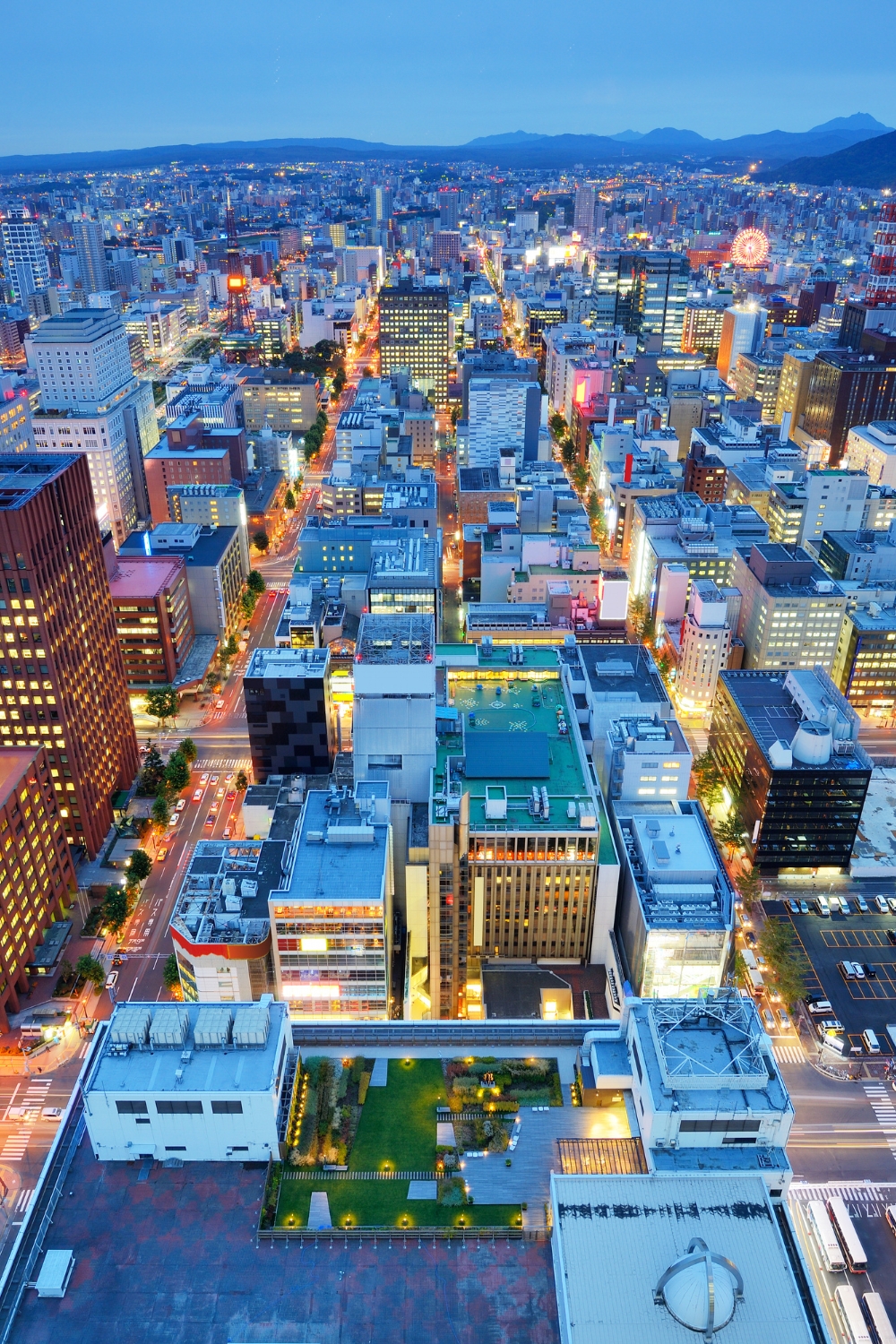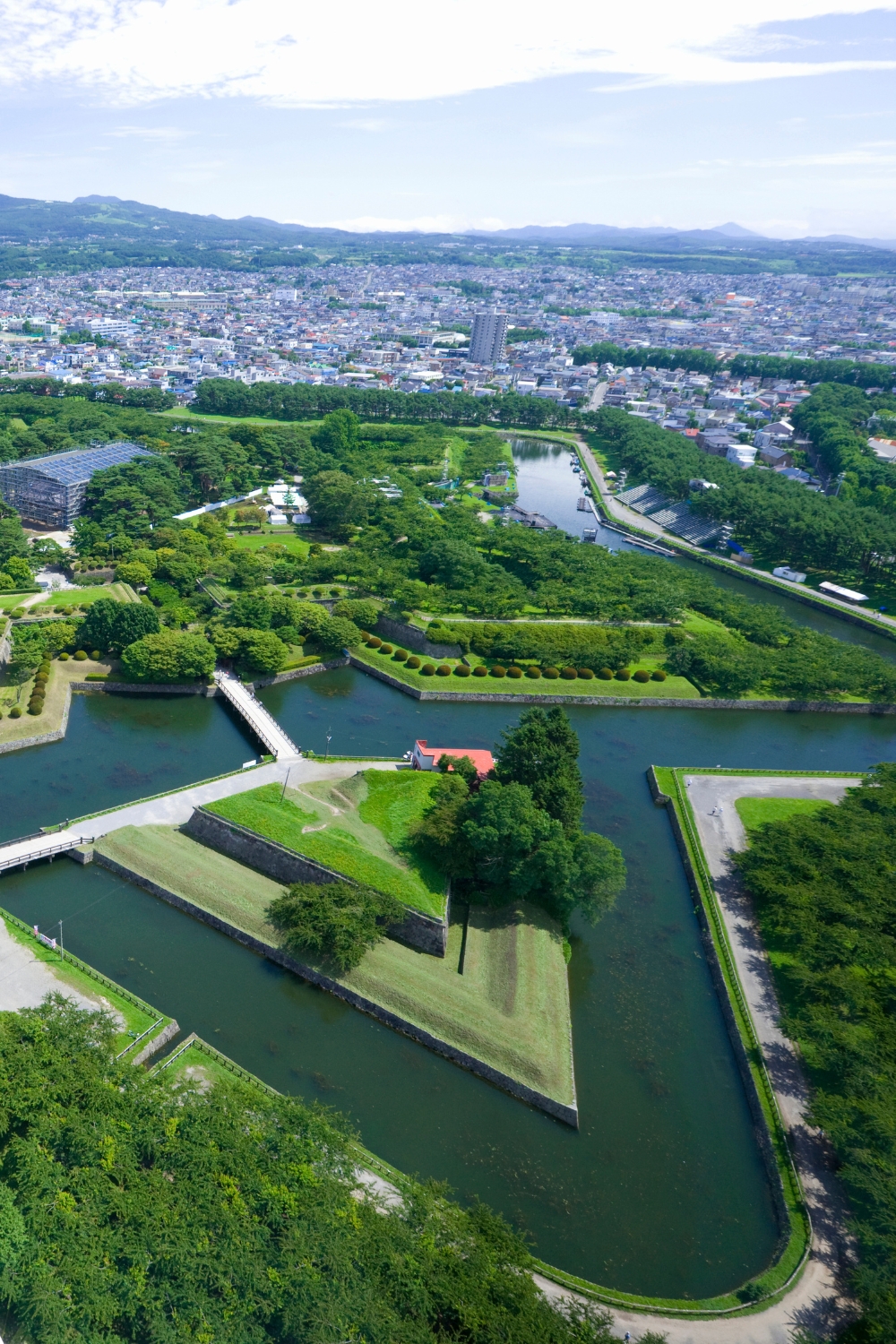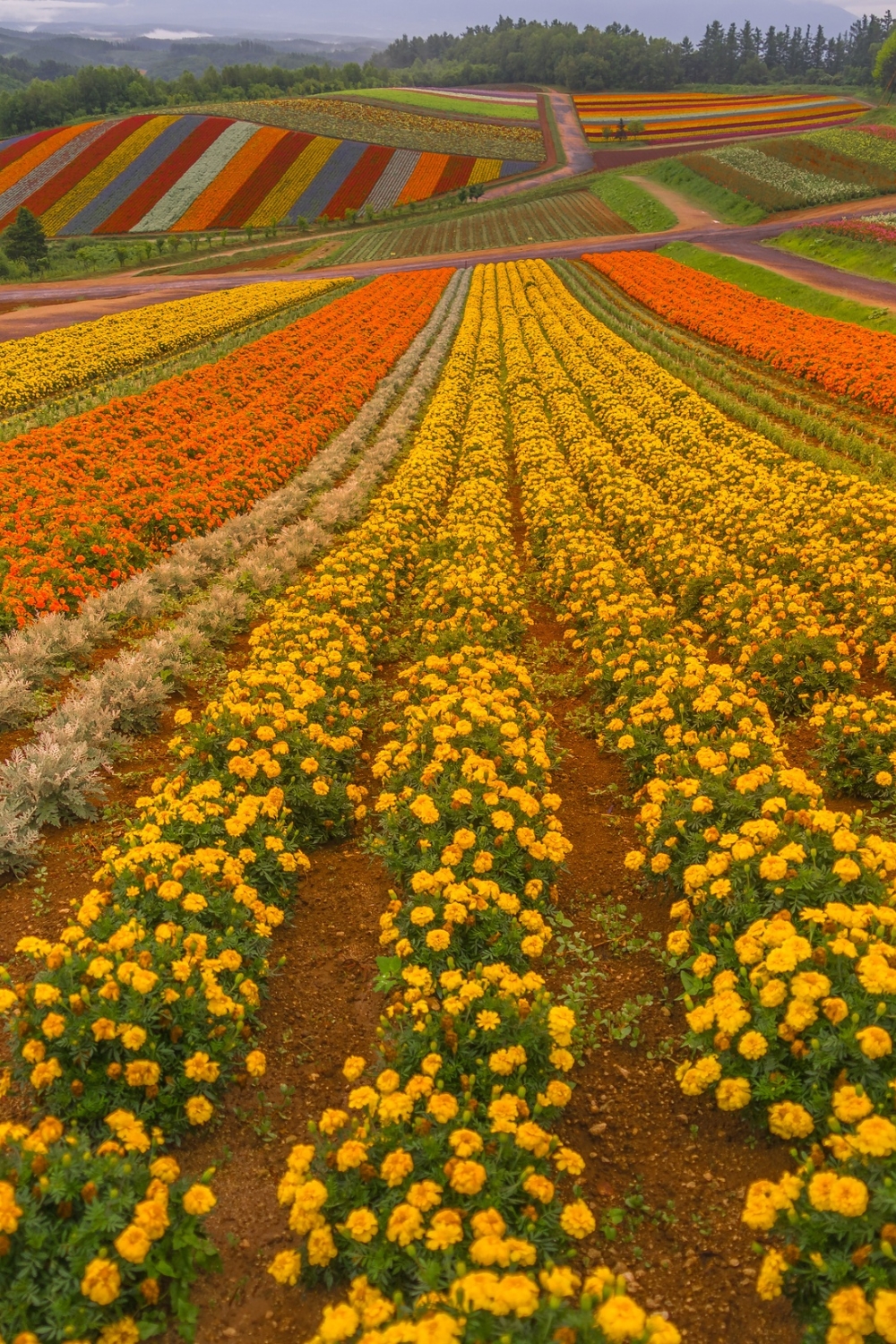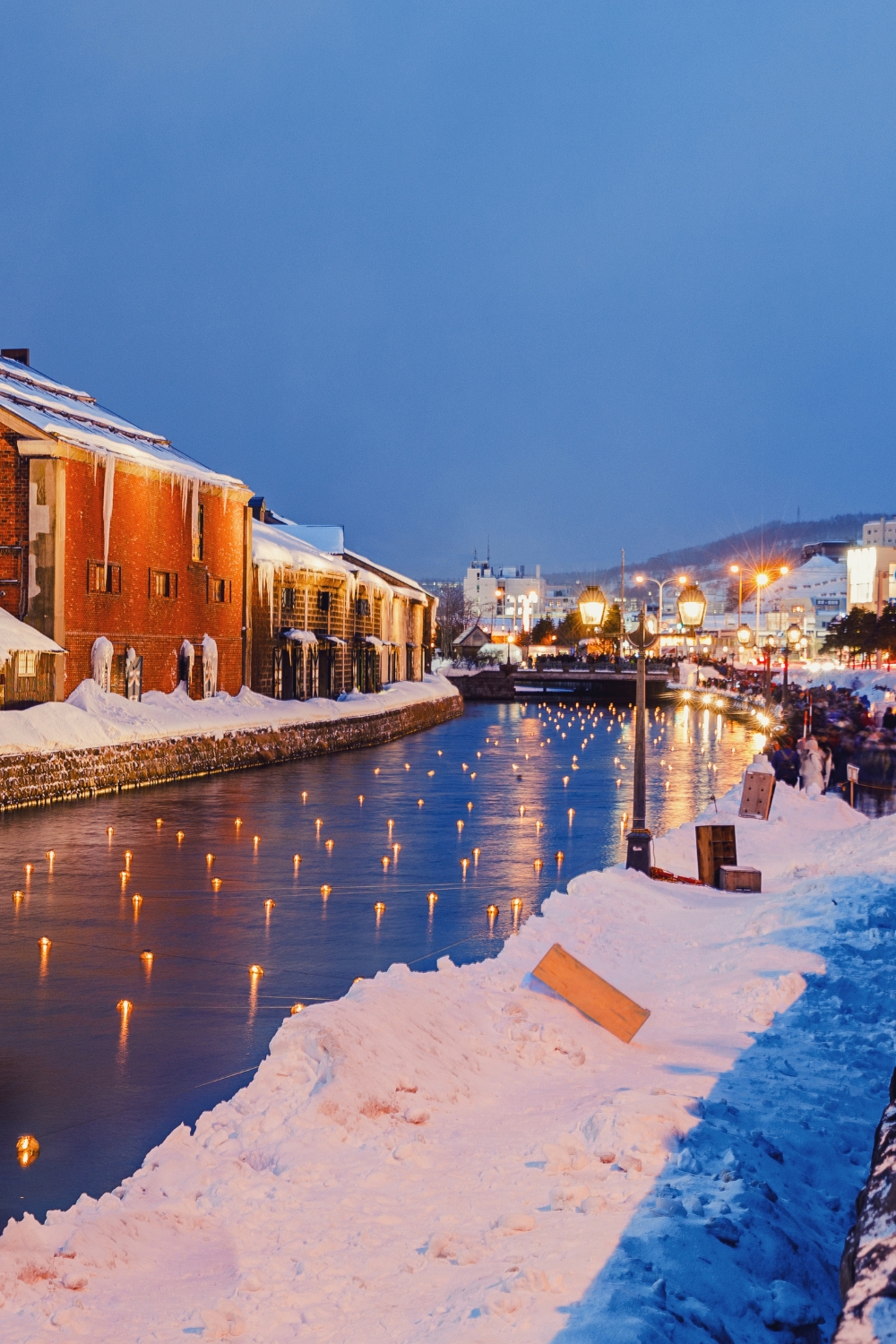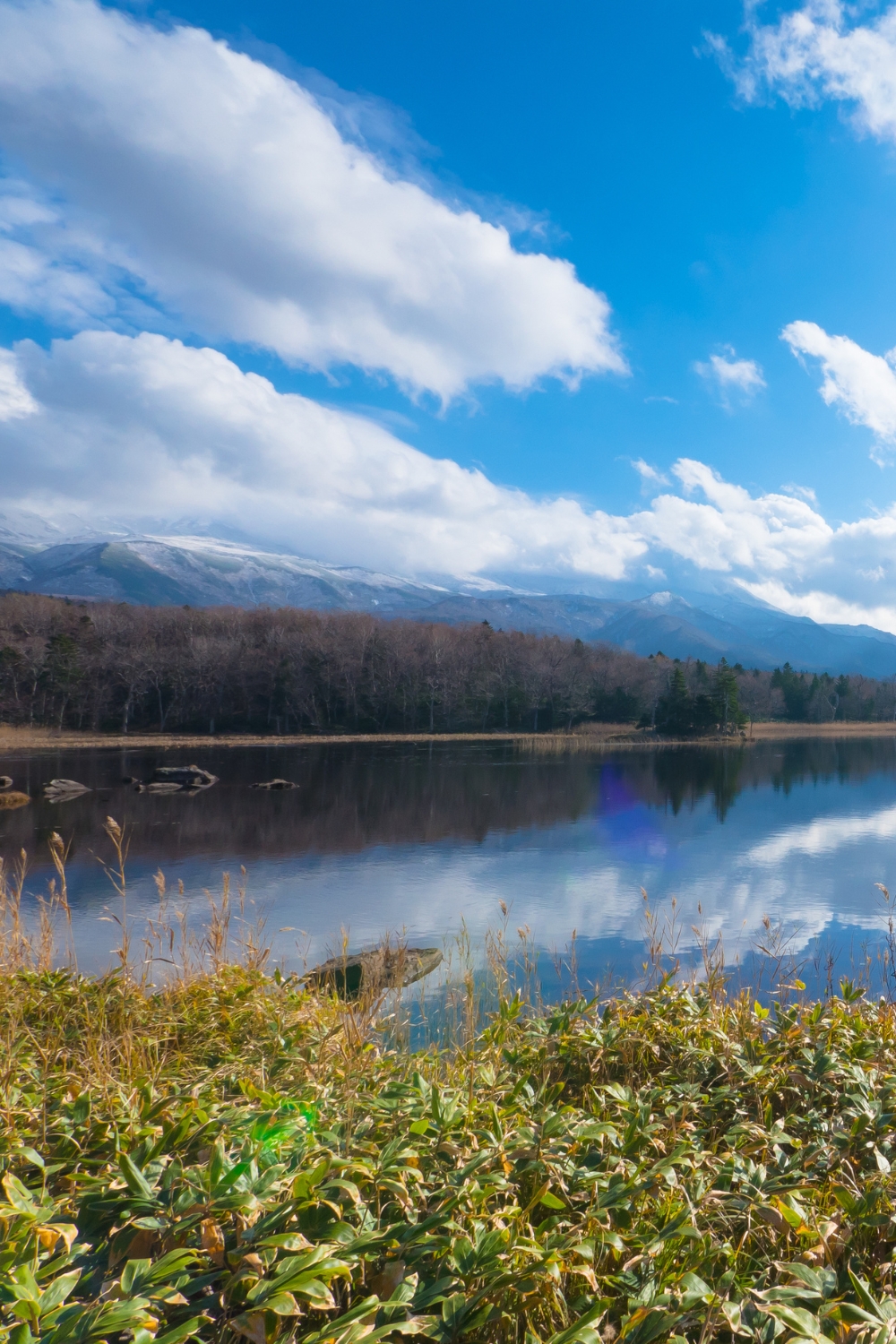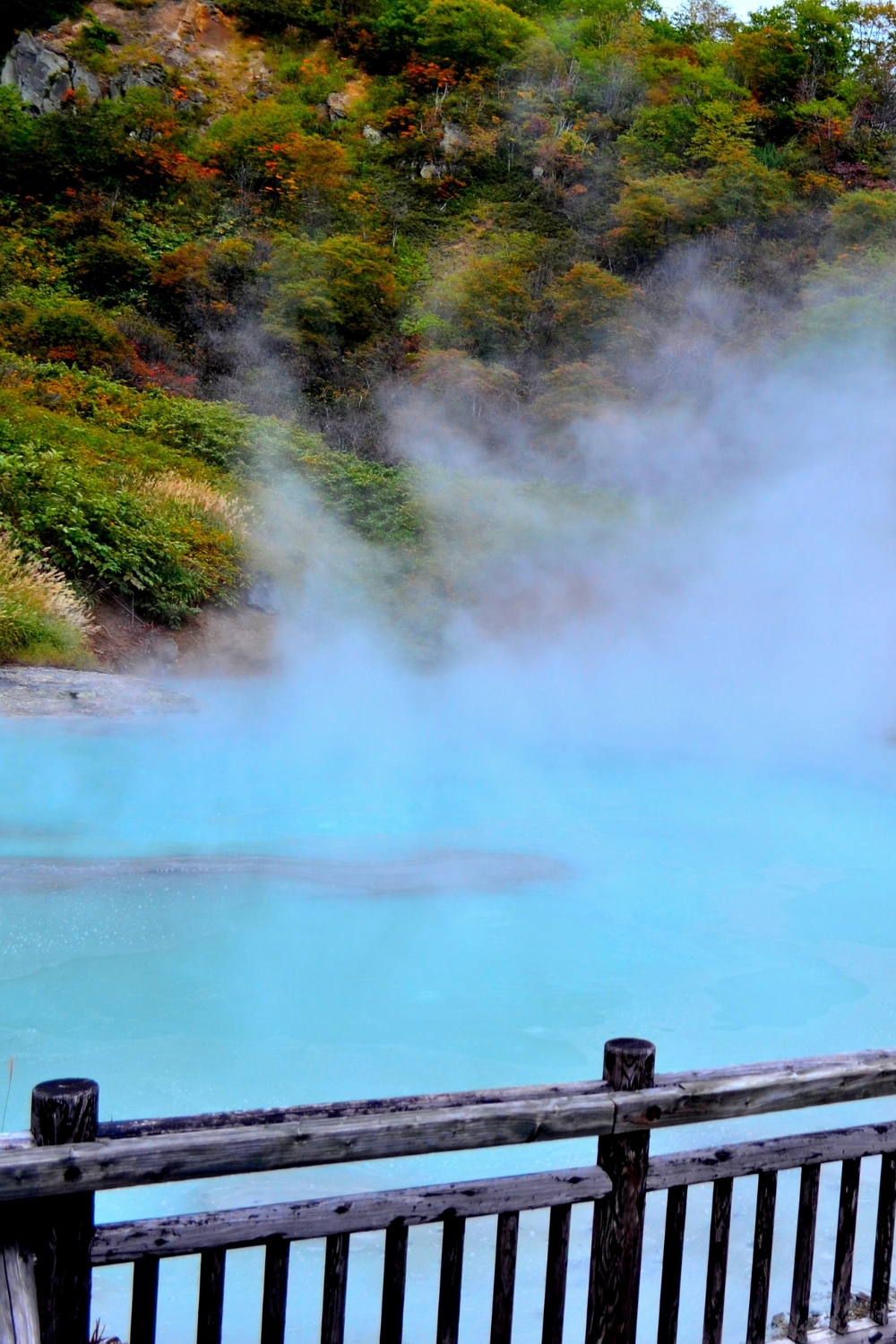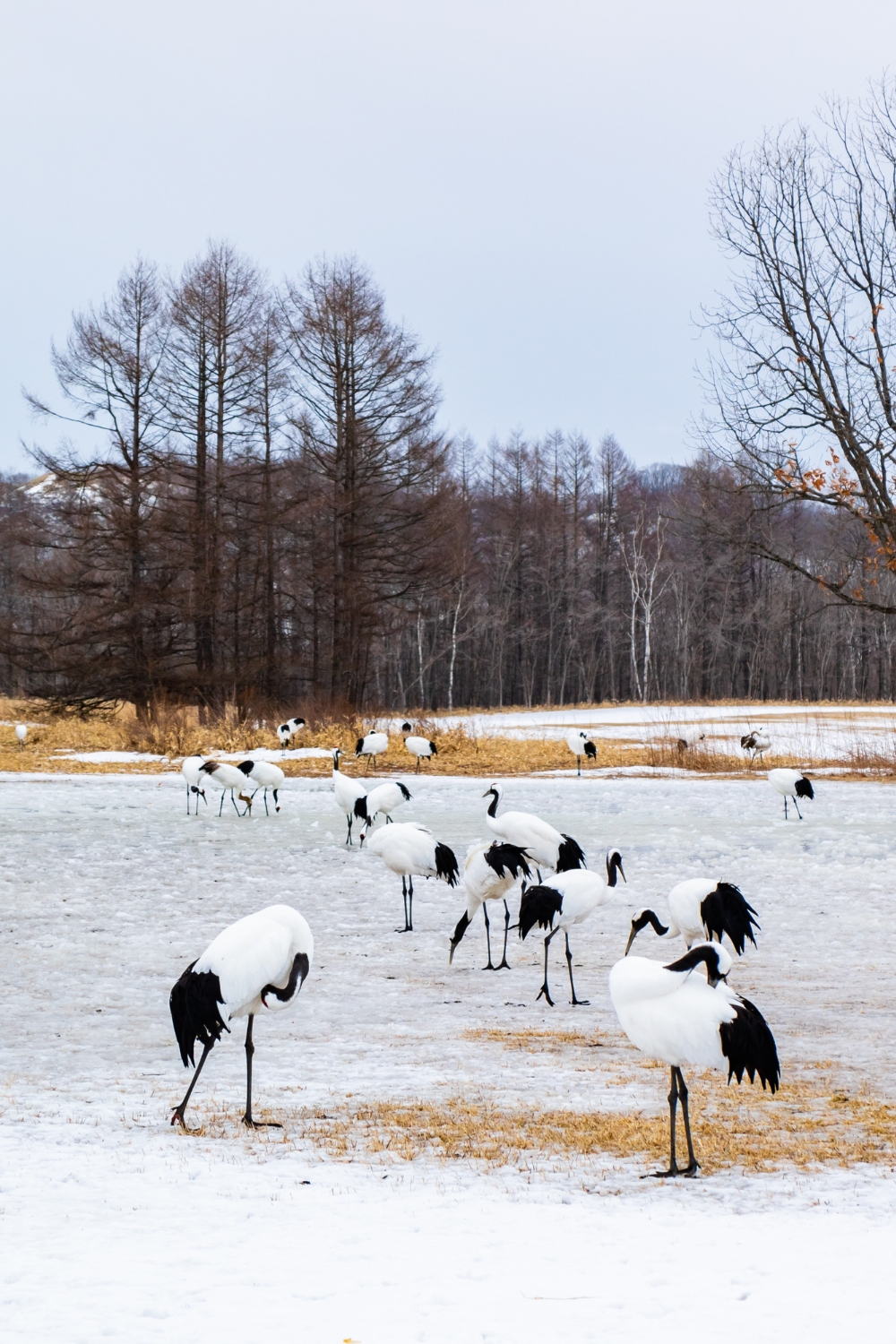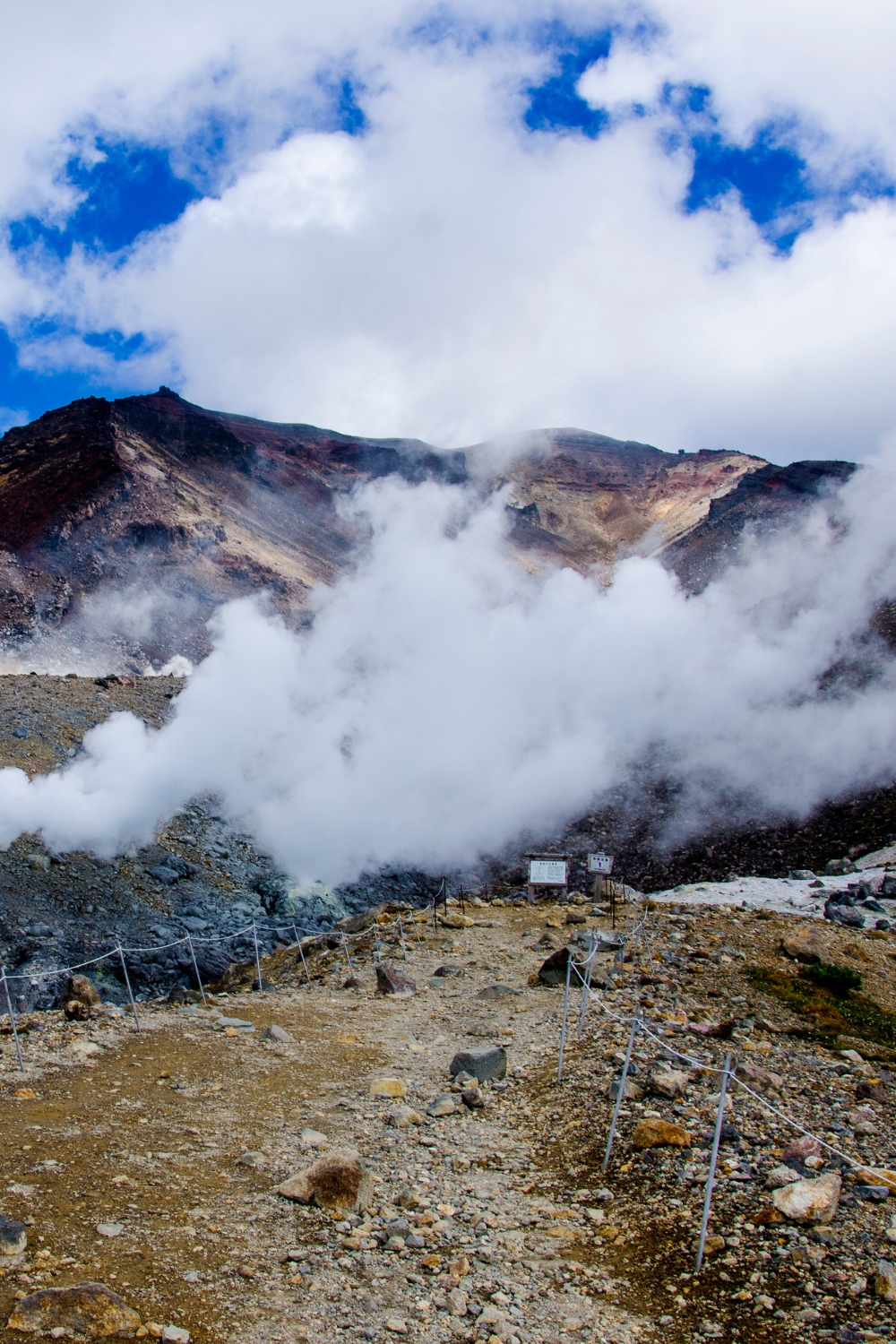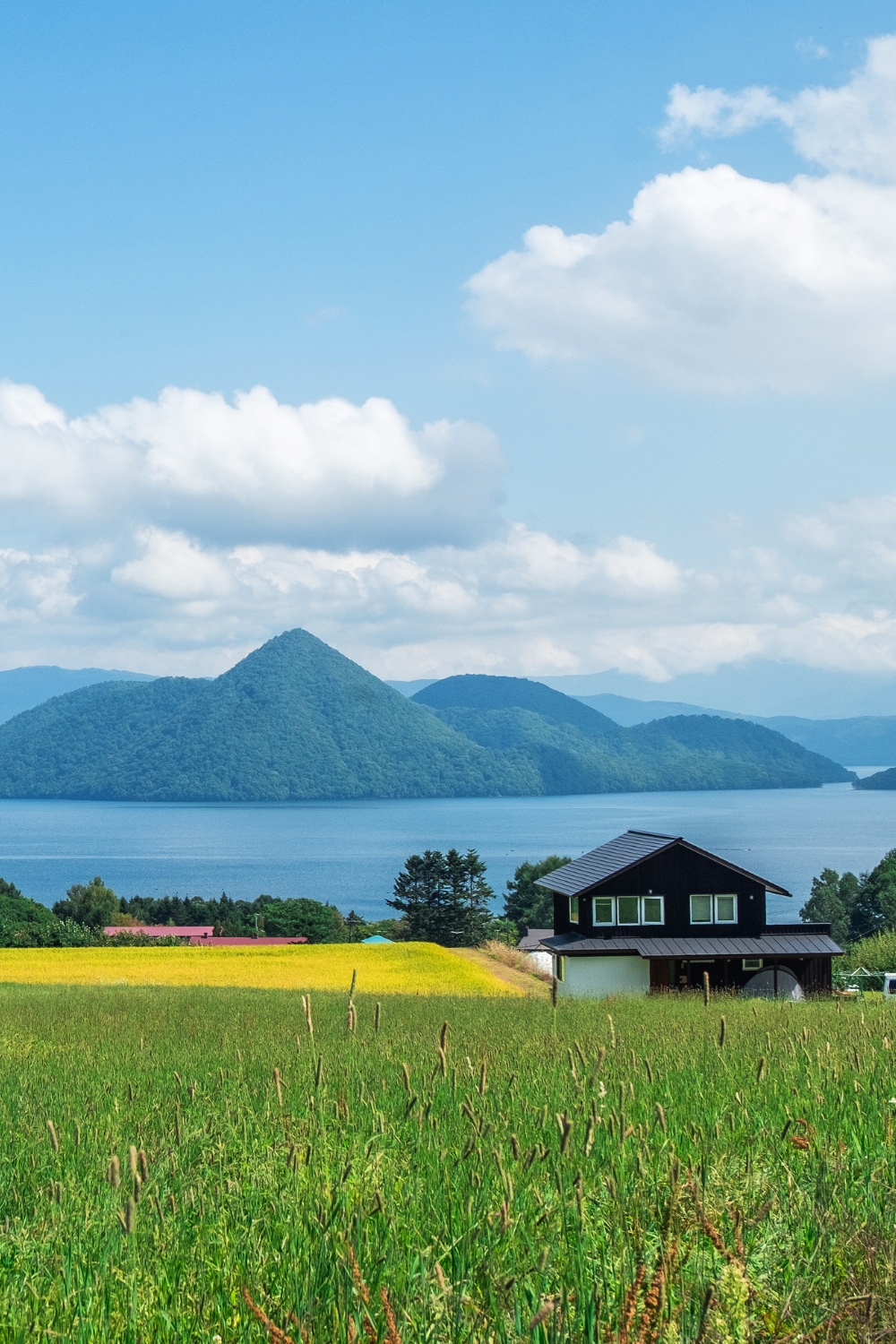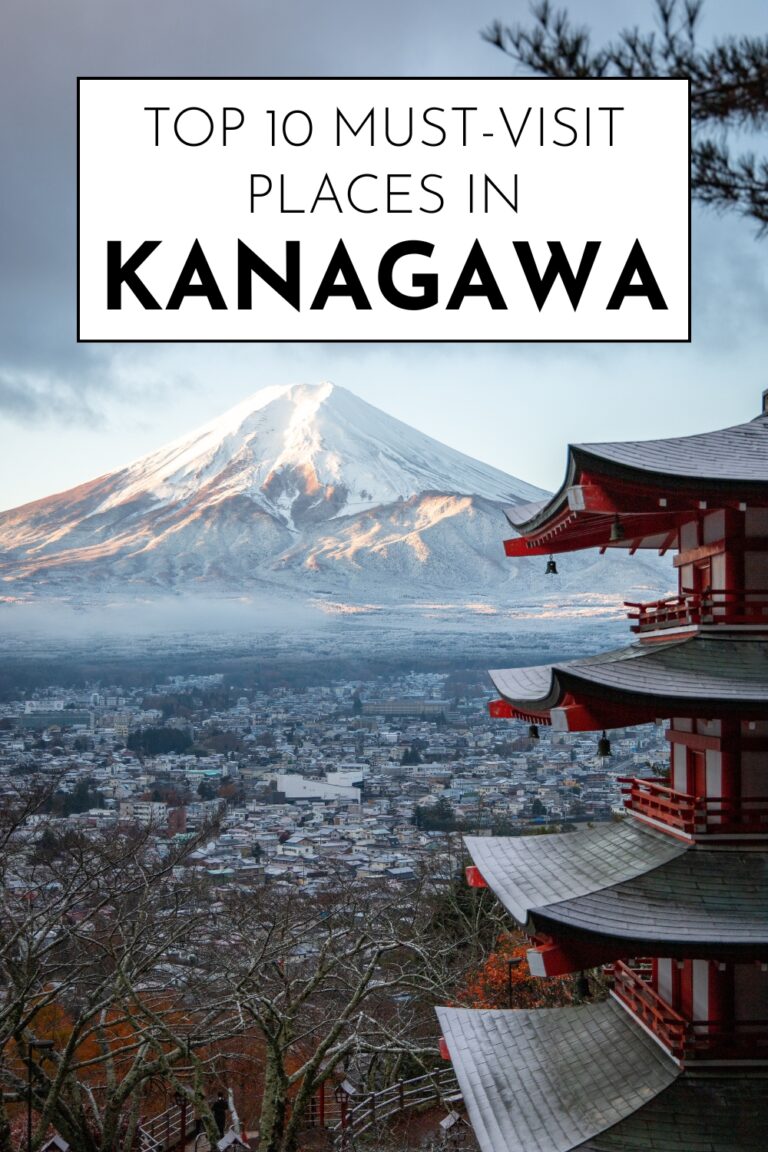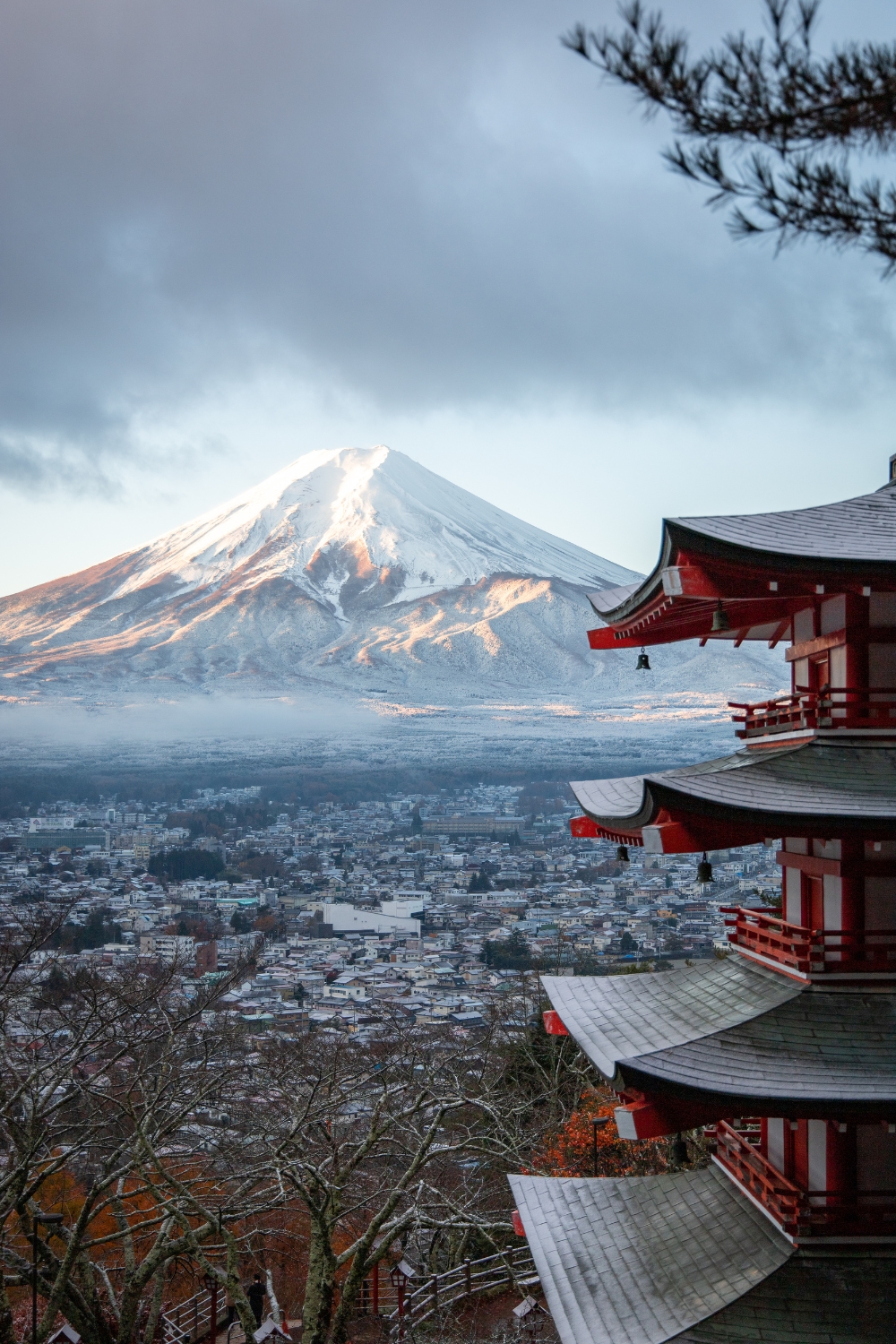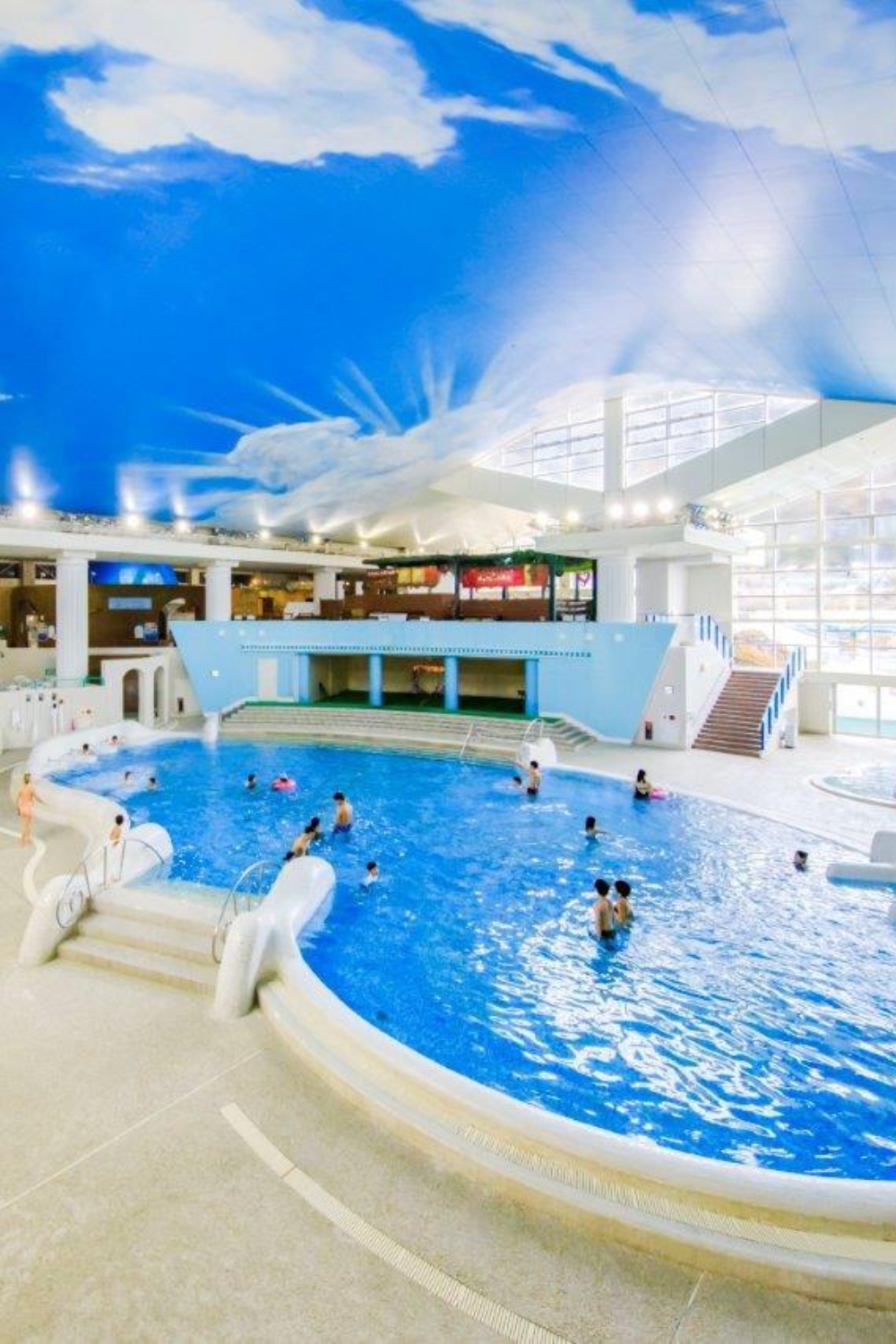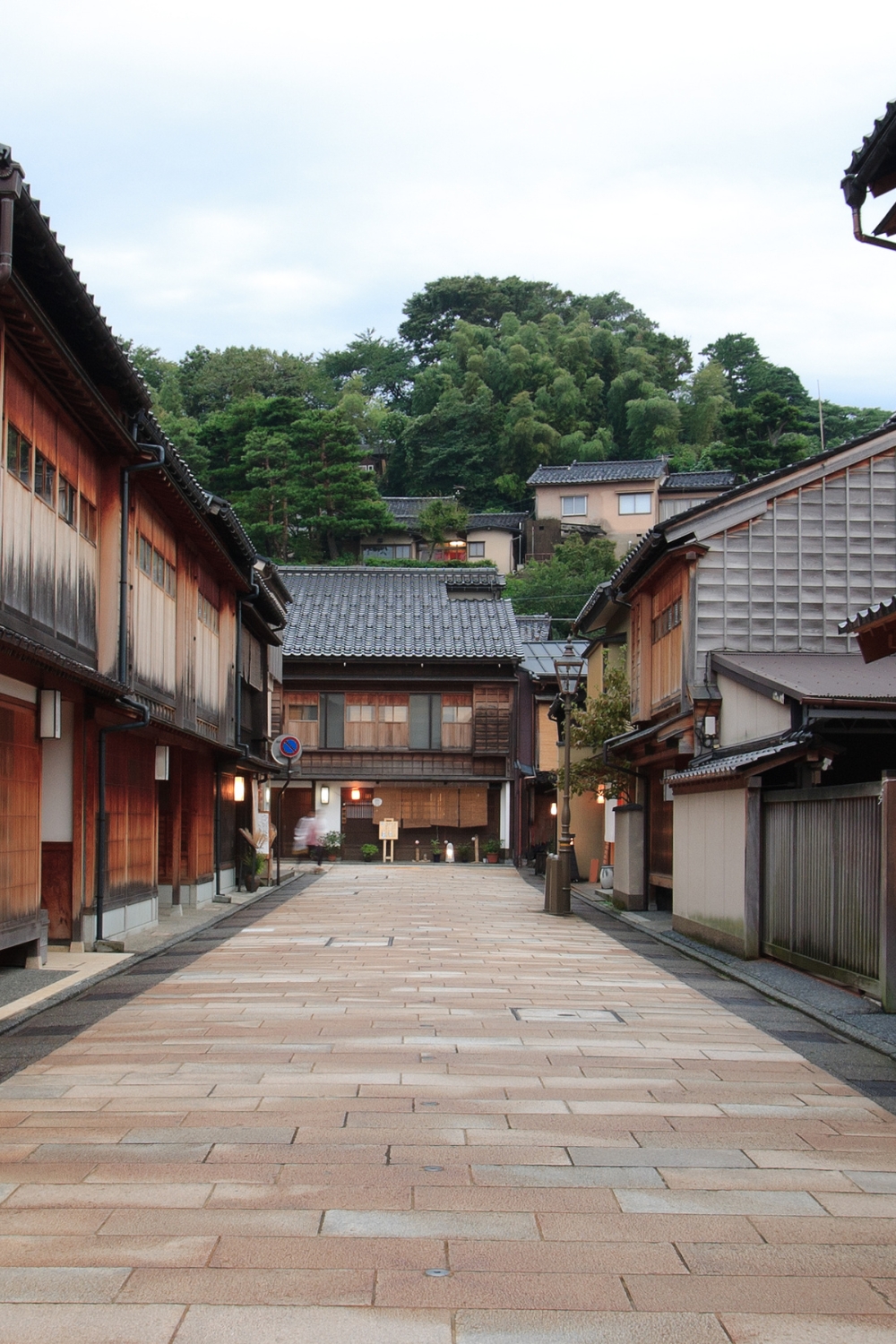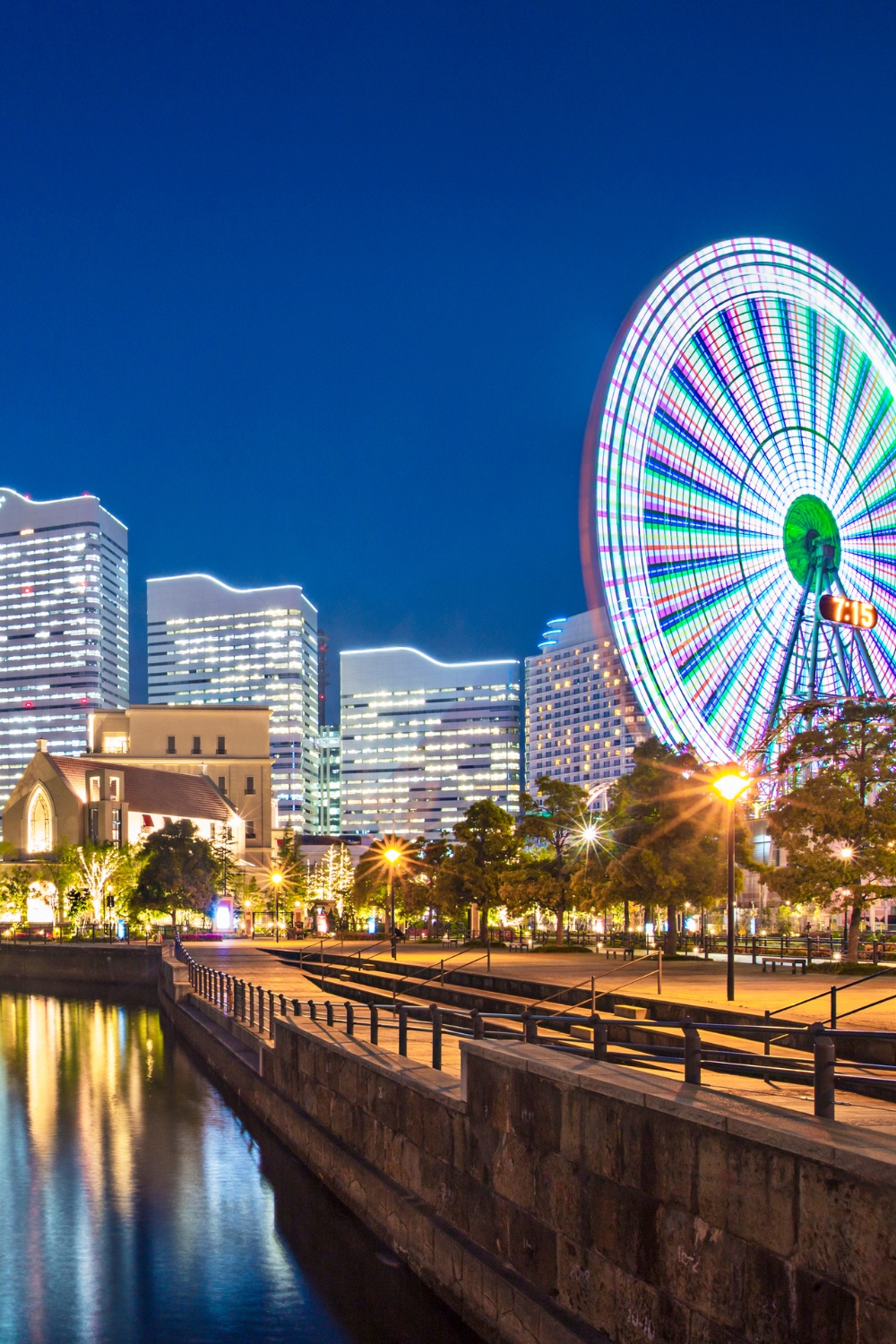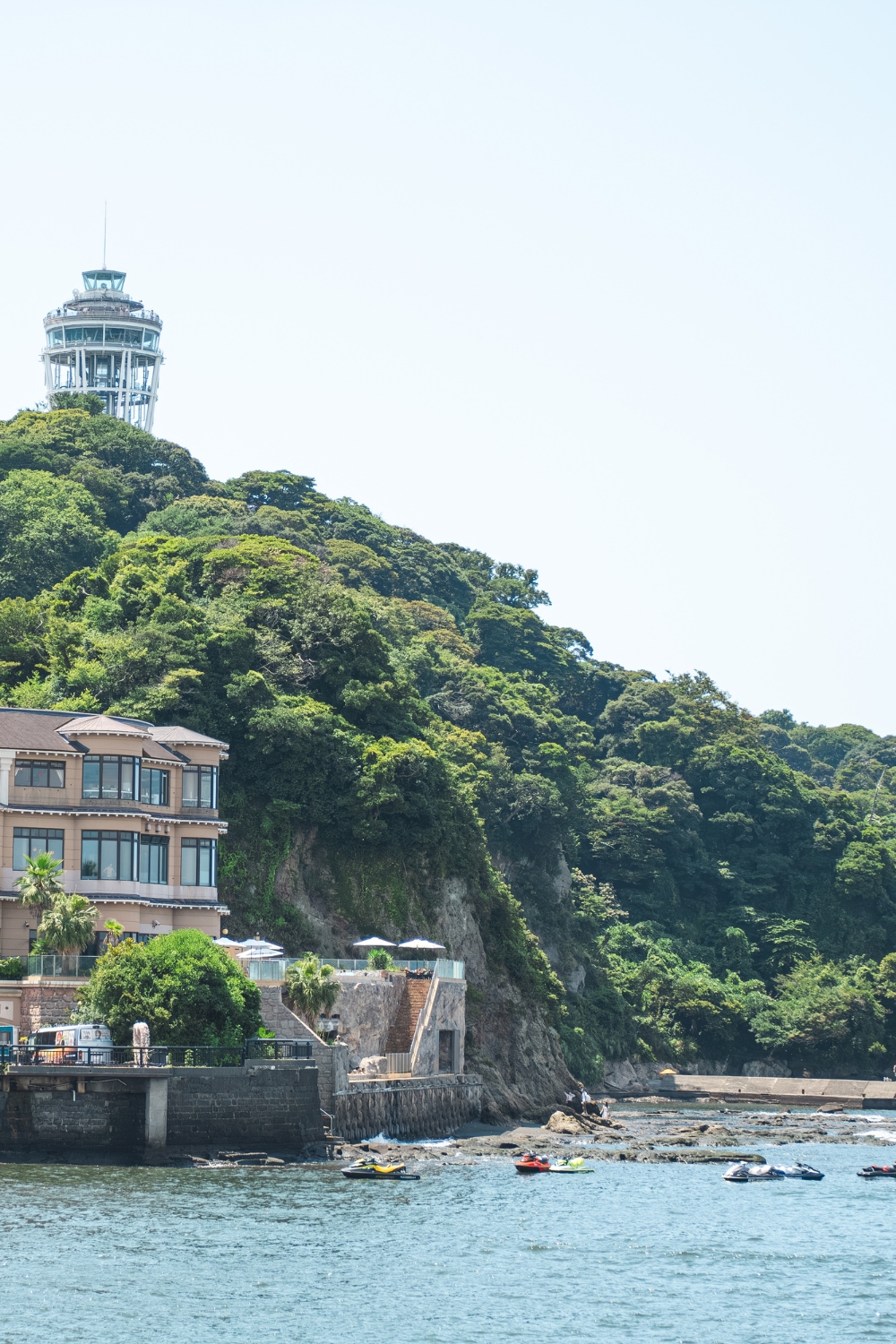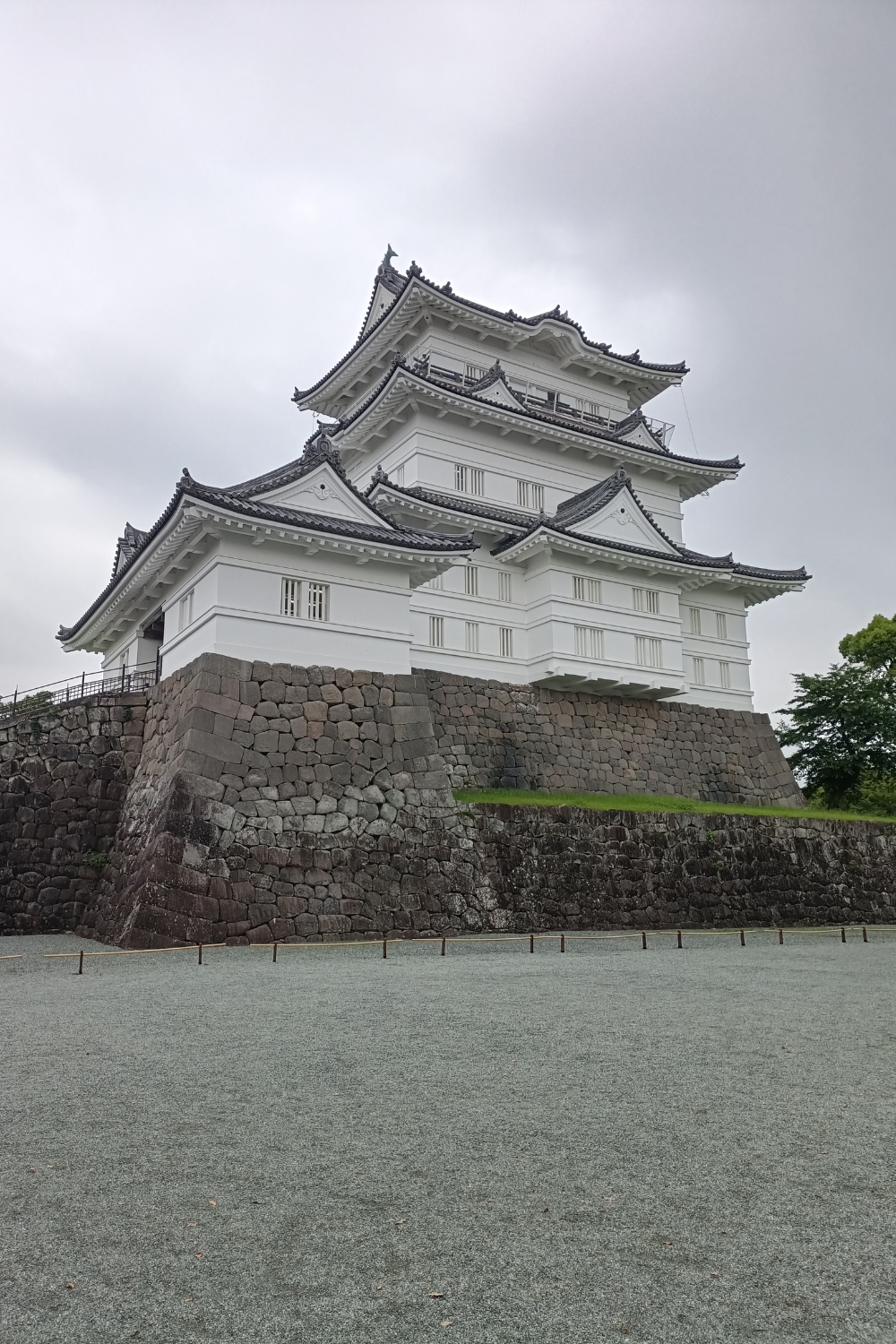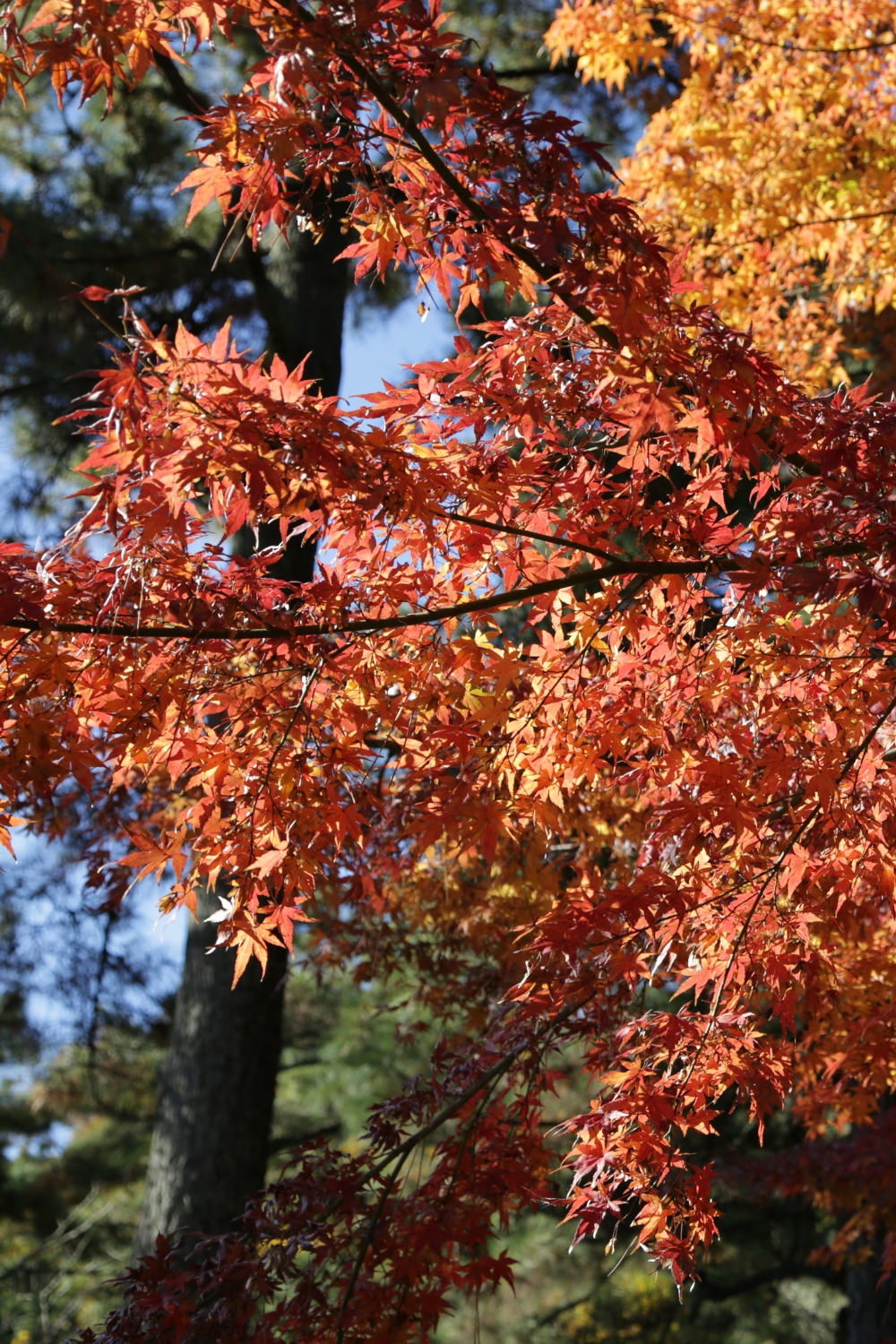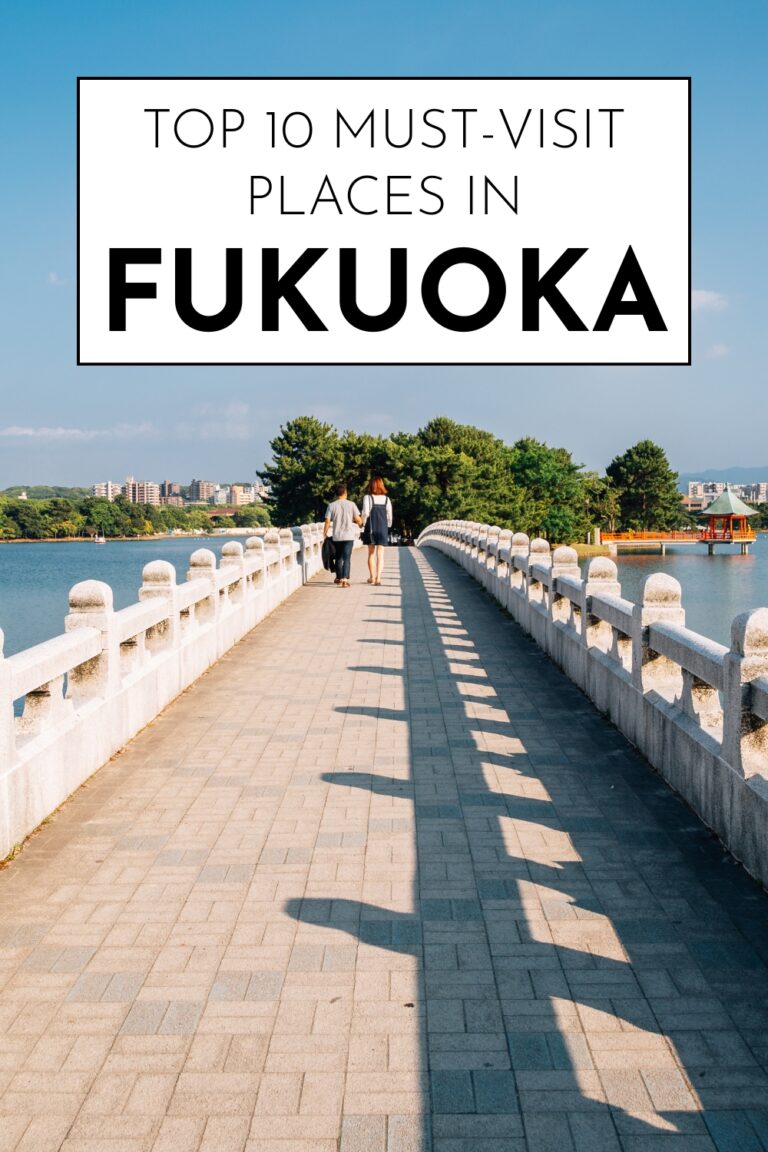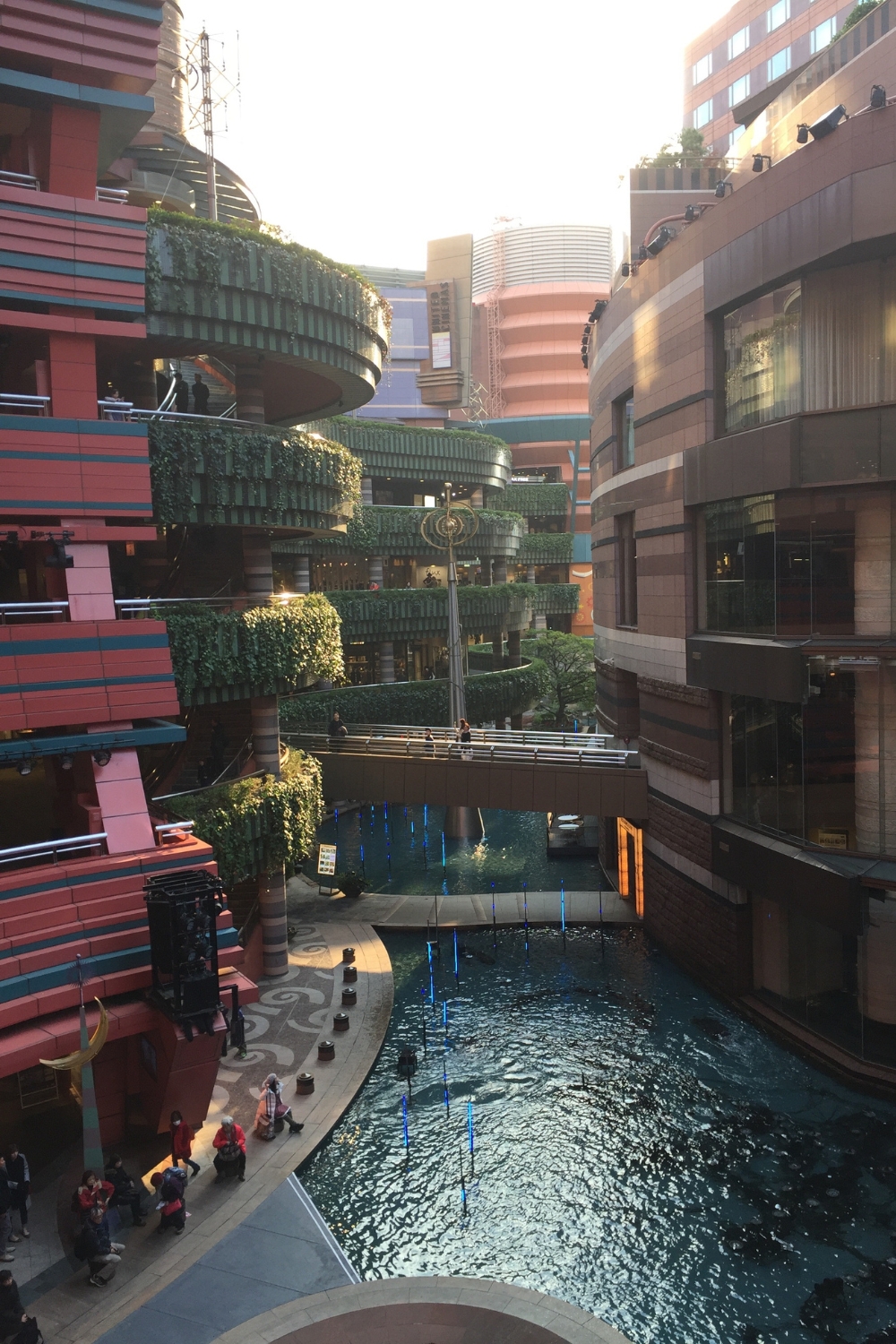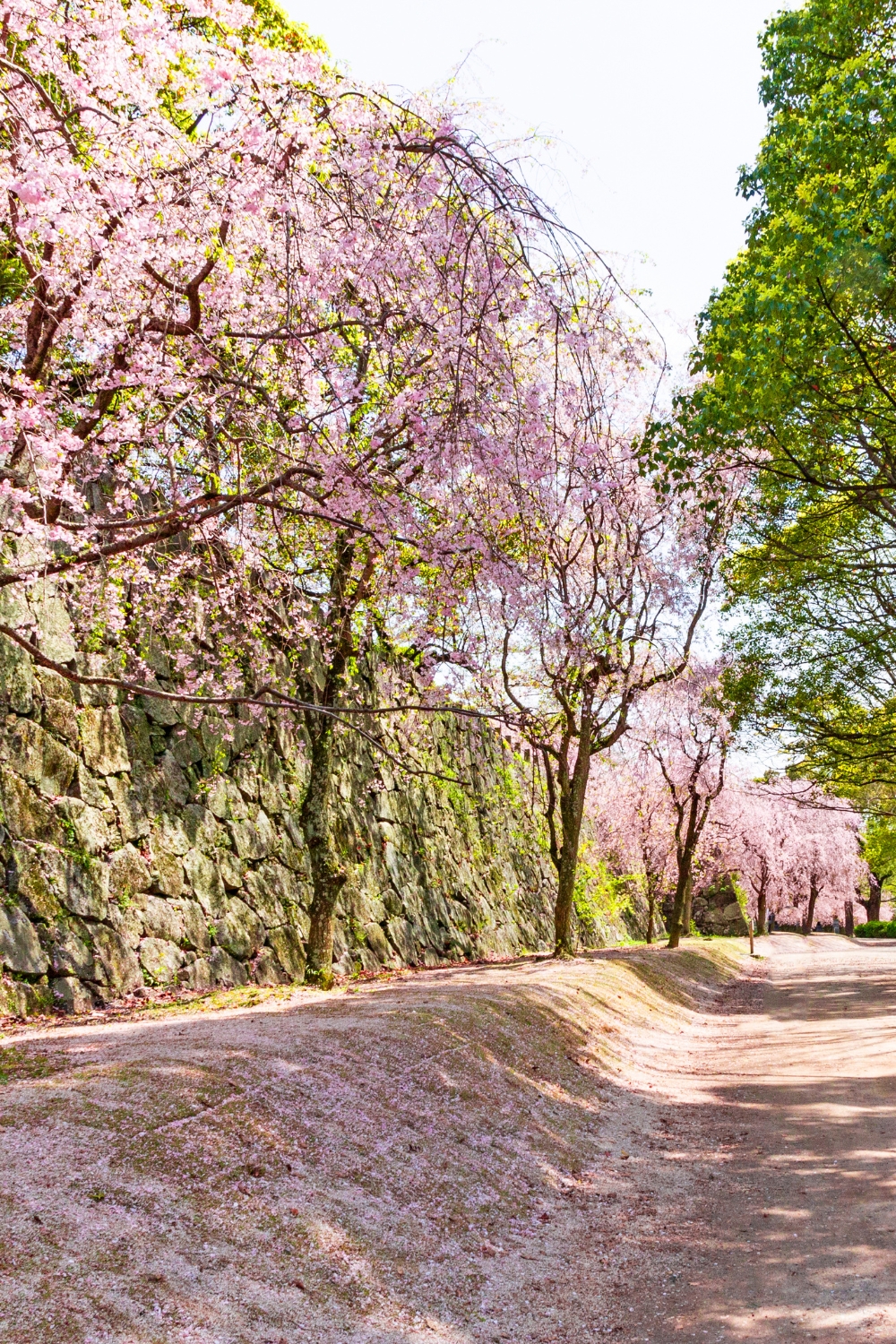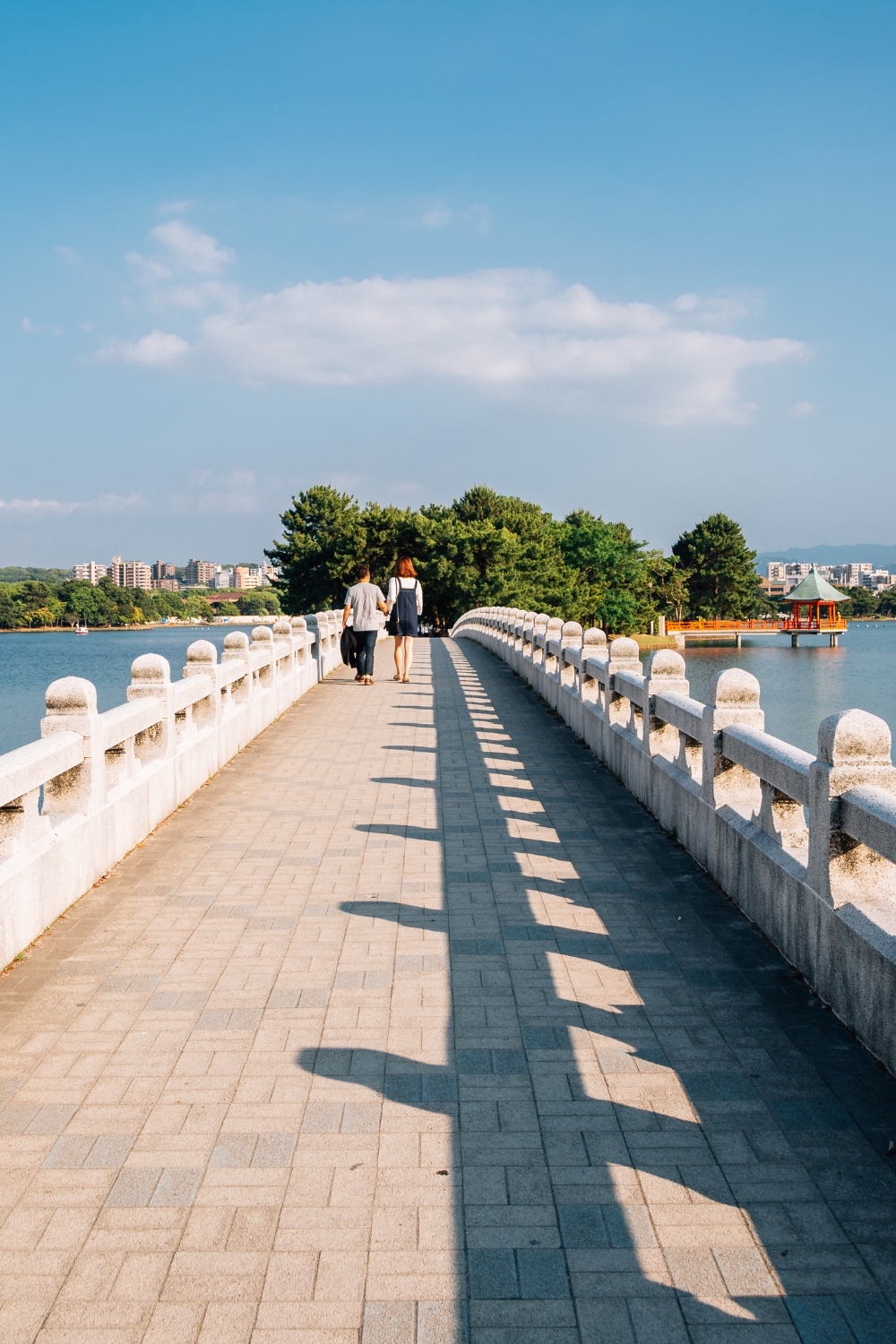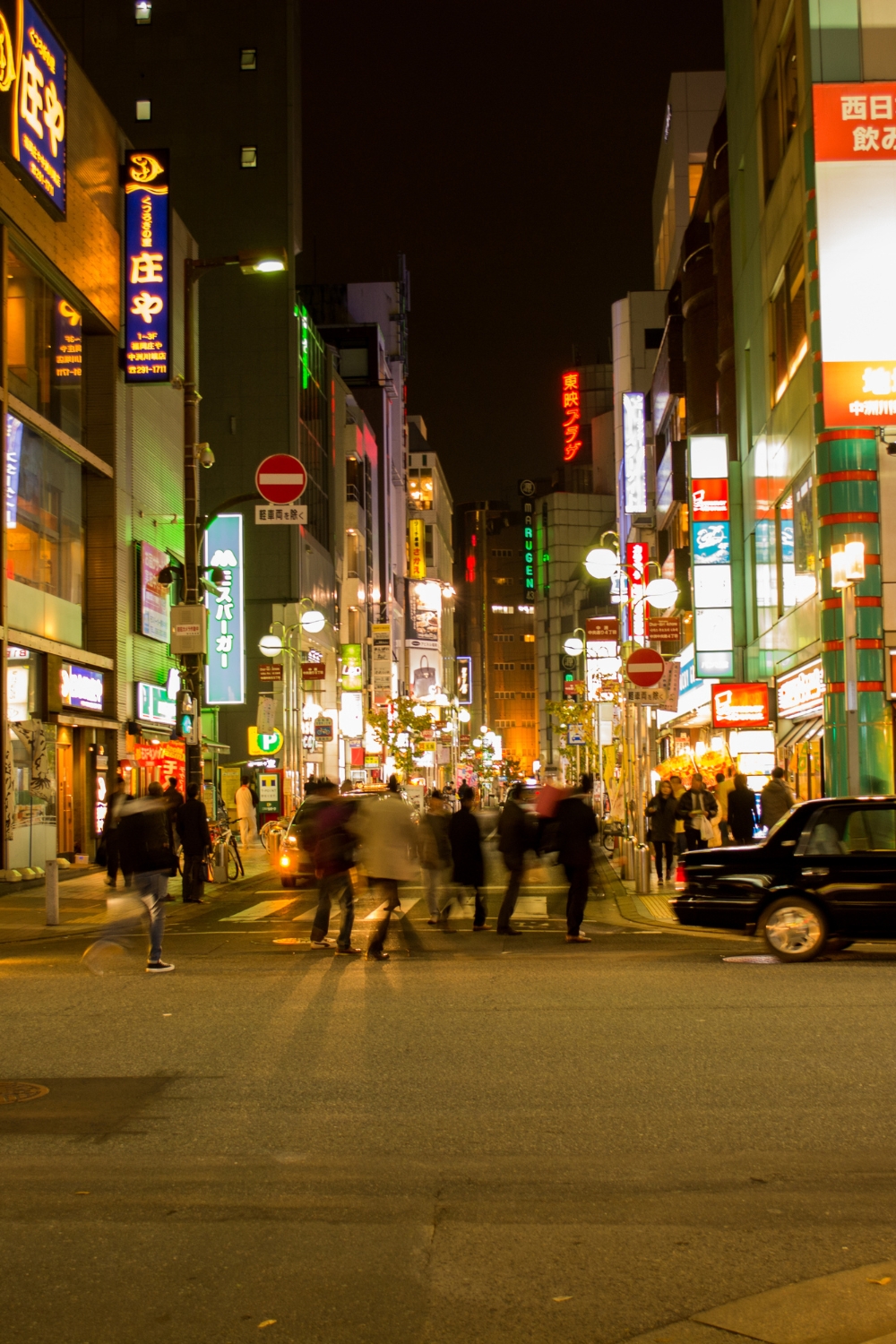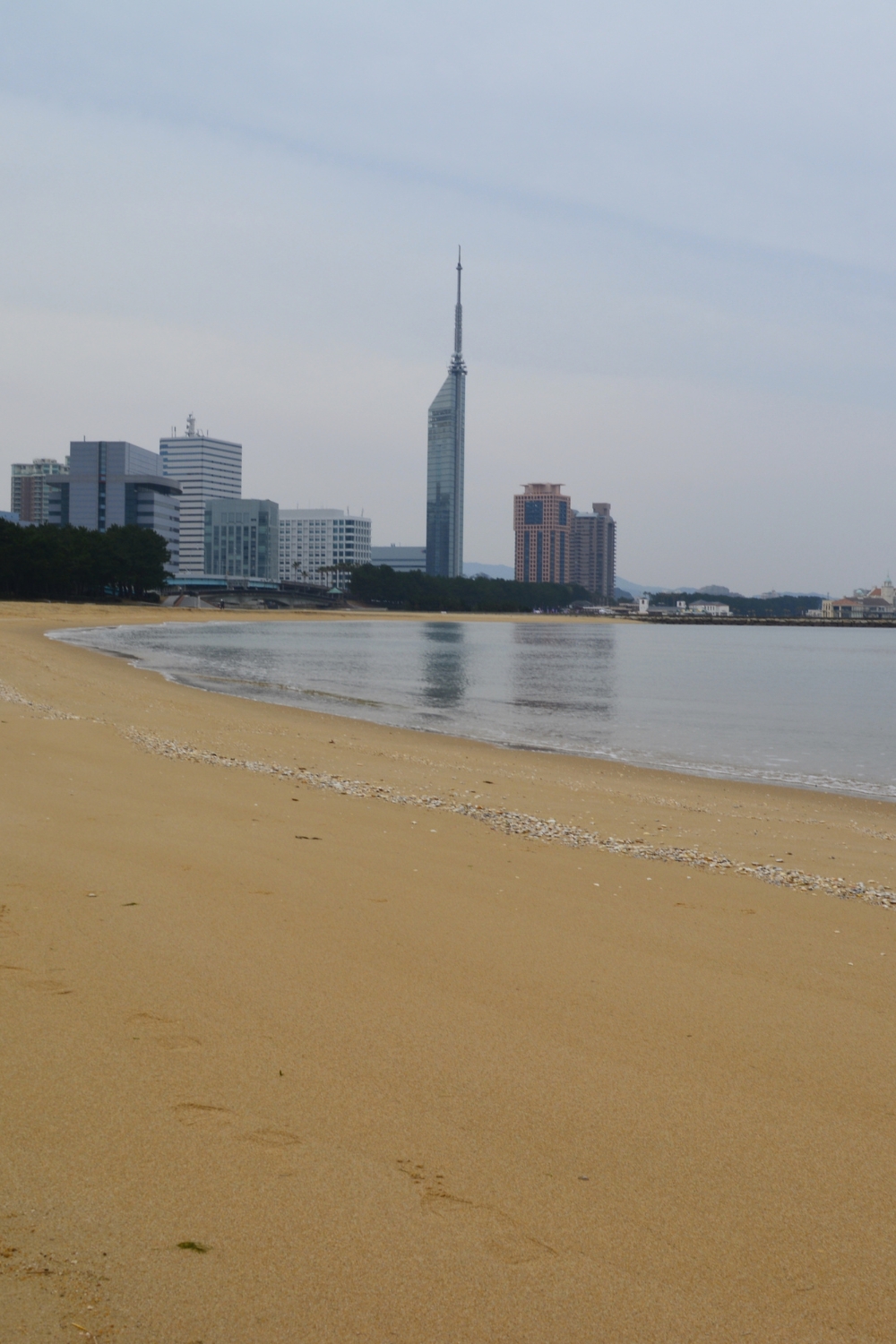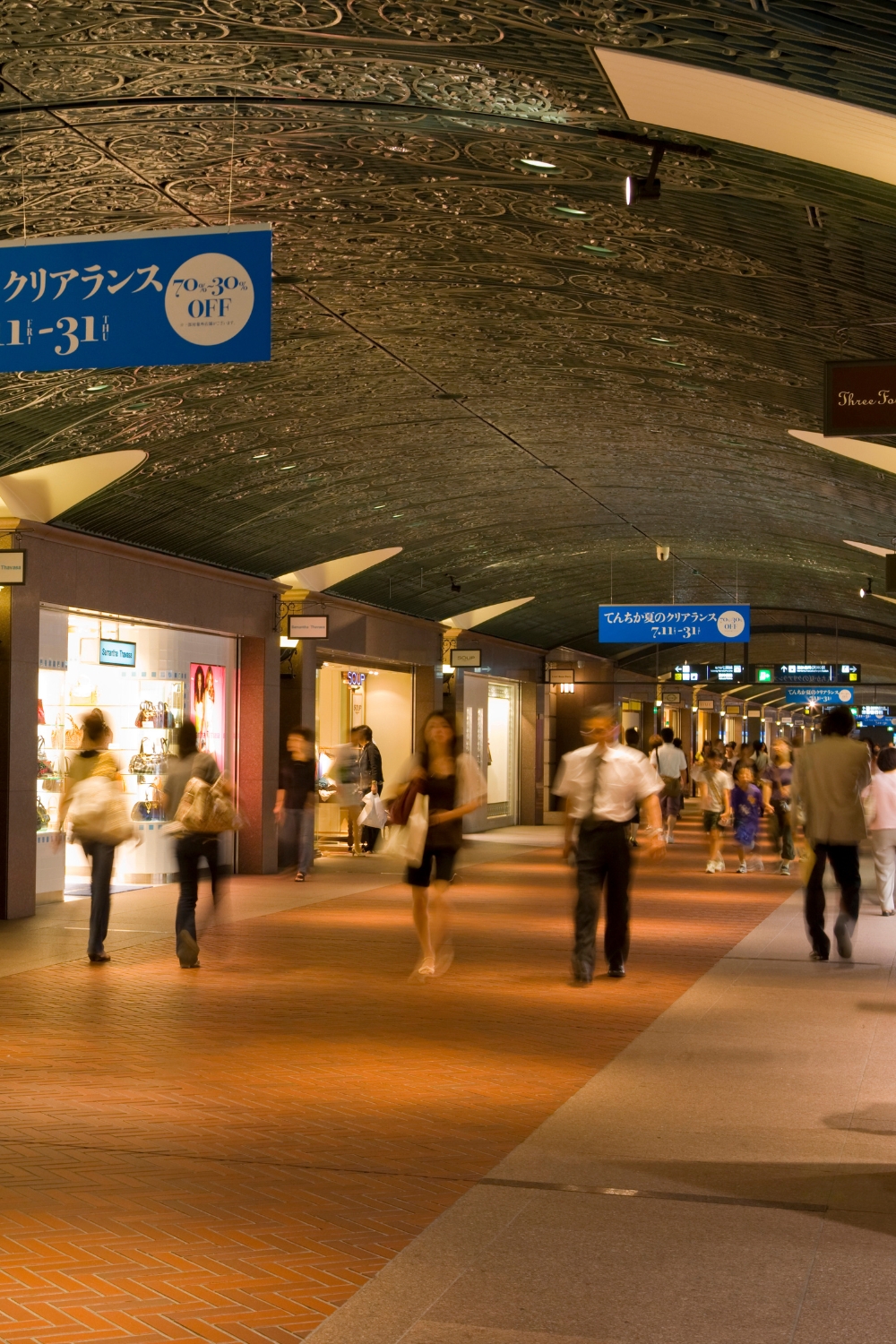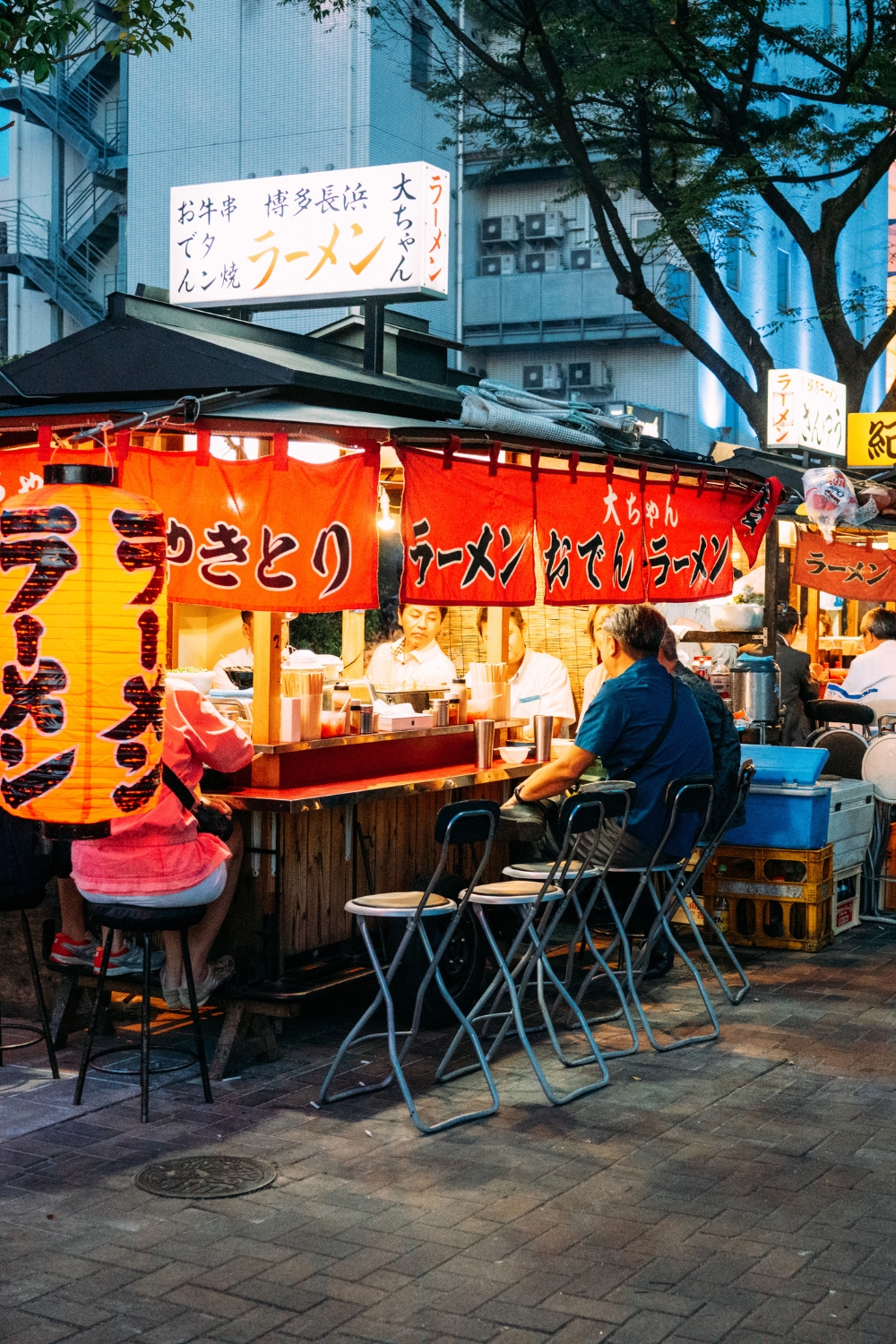Osaka, Japan’s vibrant “Kitchen of the Nation,” stands as one of the country’s most exciting destinations for travelers seeking authentic Japanese culture, incredible food, and unforgettable experiences. This dynamic city in the Kansai region perfectly blends ancient traditions with modern innovation, creating a unique atmosphere that captivates visitors from around the world.
Known for its warm-hearted people, exceptional street food, and rich history, Osaka offers something special for every type of traveler. From magnificent castles that have witnessed centuries of Japanese history to bustling food districts where culinary dreams come true, this remarkable city delivers experiences that will stay with you long after you leave.
Whether you’re drawn to historical landmarks, seeking culinary adventures, or looking for family-friendly attractions, Osaka presents an incredible variety of destinations that showcase the best of Japanese culture. The city’s compact size and excellent transportation system make it easy to explore multiple attractions in a single day.
Let’s dive into the ten most spectacular places that make Osaka an essential destination for anyone visiting Japan.
1. Osaka Castle – Historic Symbol of Power
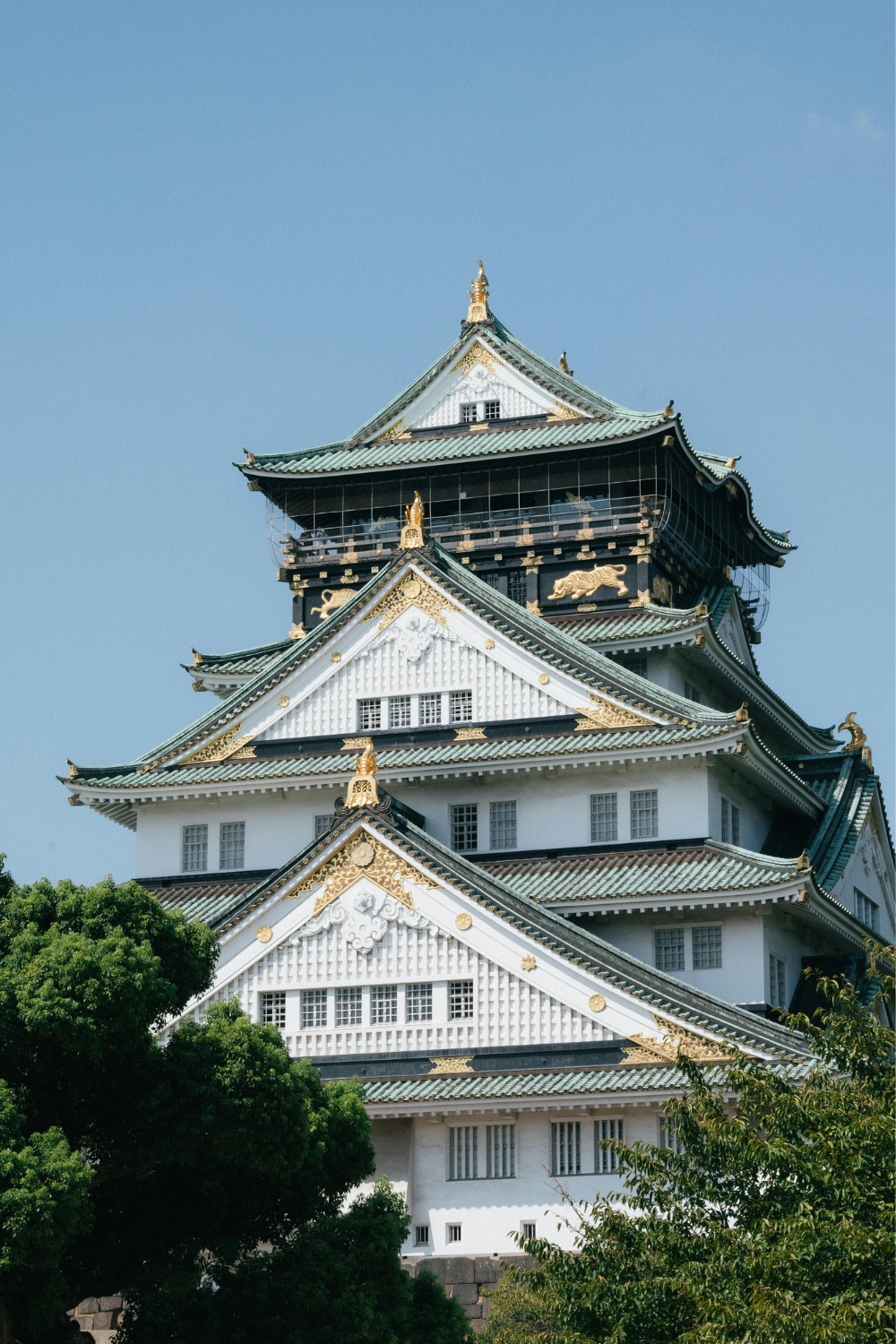
Osaka Castle stands as the city’s most iconic landmark and one of Japan’s most famous castles. This magnificent fortress, originally built in 1583 by Toyotomi Hideyoshi, represents the pinnacle of Japanese castle architecture and serves as a window into the country’s feudal past.
Historical Significance and Architecture
The castle played a crucial role in Japanese history, serving as the center of power during the late 16th century. Although the current structure is a 1931 reconstruction, it faithfully recreates the original design with its distinctive white walls and green copper roofs that gleam in the sunlight.
The five-story main keep rises 55 meters above the surrounding park, offering breathtaking views of Osaka city. The castle grounds span 105.6 hectares, featuring beautiful gardens, stone walls, and multiple gates that showcase traditional Japanese fortress design.
Museum and Cultural Experiences
Inside the castle, a modern museum displays artifacts, armor, weapons, and interactive exhibits that bring samurai history to life. The museum uses multimedia presentations to tell the story of Osaka’s development and the castle’s role in unifying Japan.
The surrounding Osaka Castle Park becomes particularly spectacular during cherry blossom season, when over 4,000 sakura trees bloom. Evening illumination creates a magical atmosphere that transforms the castle into a golden beacon visible throughout the city.
- Best time to visit: Early morning or late afternoon for fewer crowds
- Entry fee: 600 yen for adults
- Cherry blossom season: Late March to early April
- Museum floors: 8 floors with historical exhibits
2. Dotonbori District – Neon-Lit Entertainment Hub
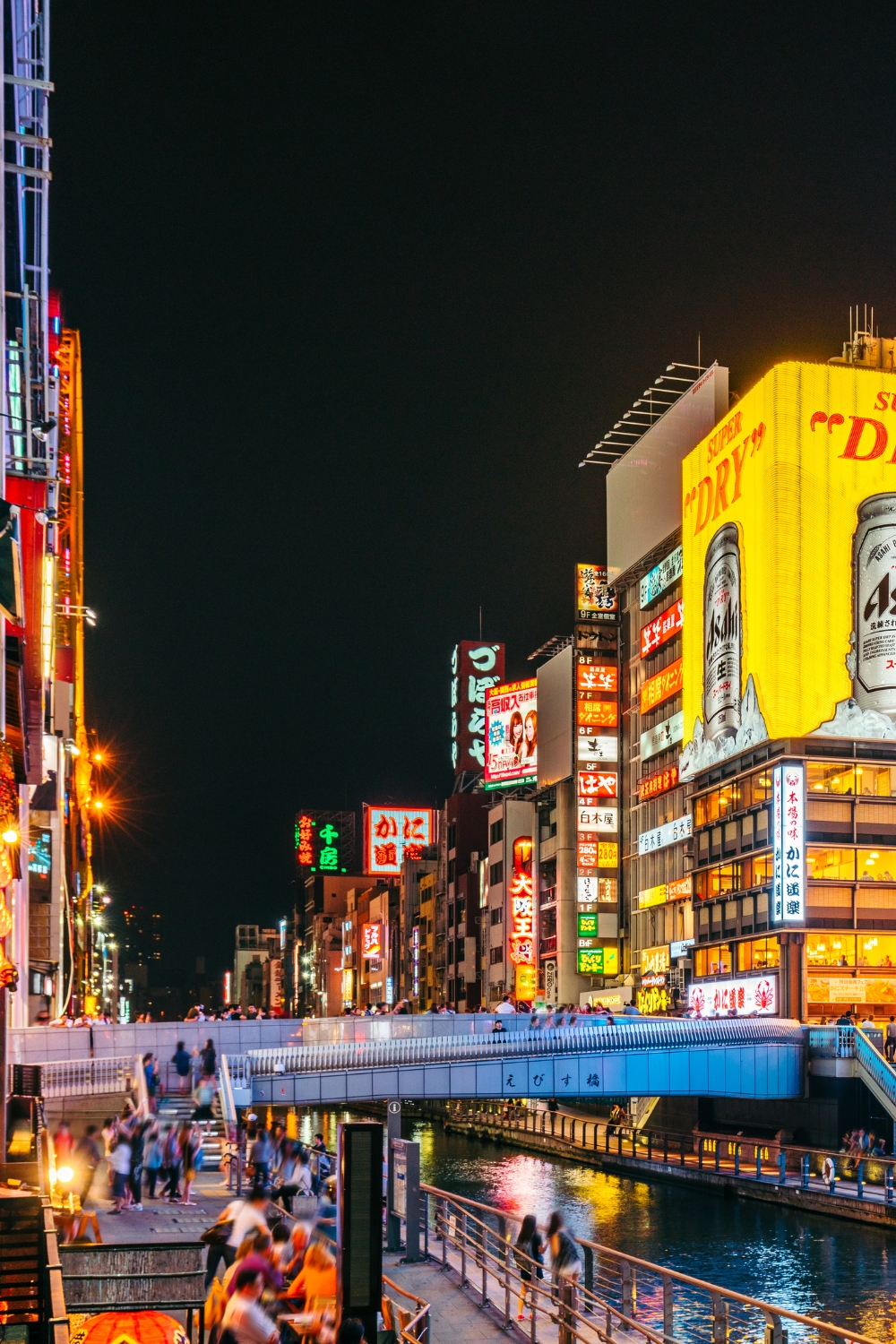
Dotonbori represents the heart and soul of Osaka’s entertainment culture. This vibrant district along the Dotonbori River creates a sensory explosion of neon lights, giant mechanical signs, and incredible street food that defines the Osaka experience.
Iconic Signs and Atmosphere
The district’s famous mechanical signs, including the giant running man and enormous crab, have become symbols of Osaka itself. These animated billboards create a uniquely Japanese urban landscape that feels like stepping into a real-life anime scene.
The narrow streets buzz with energy from morning until late night. Street performers, restaurant staff calling out to potential customers, and the constant flow of excited visitors create an atmosphere unlike anywhere else in Japan.
Street Food Paradise
Dotonbori serves as Osaka’s unofficial street food capital, offering countless opportunities to try local specialties. Takoyaki (octopus balls) stands line the streets, while kushikatsu (fried skewers) restaurants provide authentic Osaka dining experiences.
The district’s food culture goes beyond street snacks. High-end restaurants, traditional izakayas, and modern cafes create a diverse culinary landscape. Many establishments have been serving the same recipes for generations, maintaining authentic flavors and traditions.
- Must-try foods: Takoyaki, kushikatsu, okonomiyaki, imagawayaki
- Best time to visit: Evening for full neon effect
- Photo spots: Glico Man sign, giant crab sign, riverside views
- Atmosphere: Lively, crowded, authentic Japanese street culture
3. Shinsaibashi Shopping District – Retail Paradise
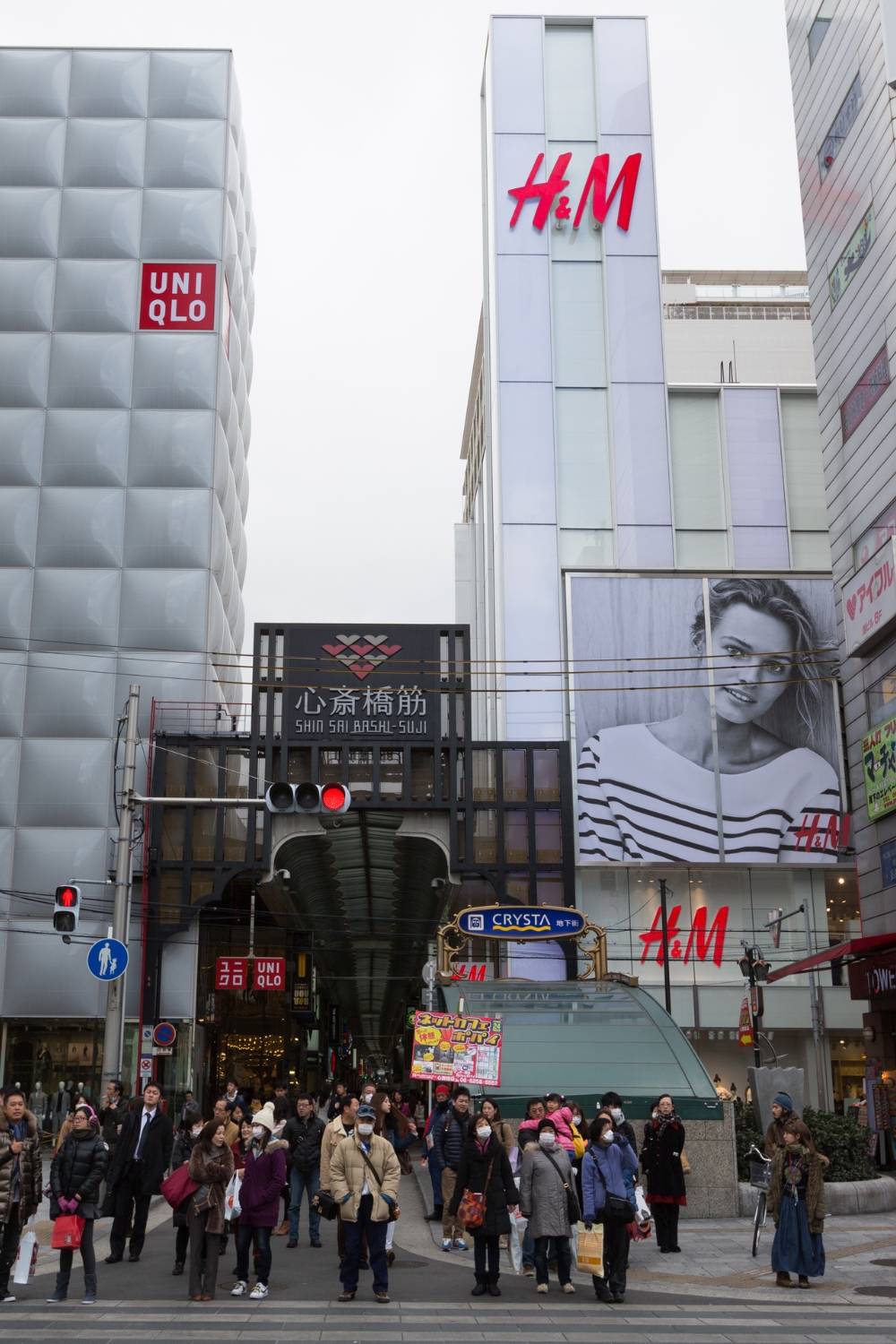
Shinsaibashi stands as Osaka’s premier shopping destination, combining luxury boutiques, department stores, and quirky local shops under one massive covered arcade. This shopping paradise stretches for over 600 meters, creating one of Japan’s longest and most diverse shopping experiences.
Covered Arcade and Shopping Variety
The main Shinsaibashi-suji shopping street features a beautiful covered arcade that protects shoppers from weather while maintaining an open-air atmosphere. The elegant glass ceiling allows natural light to filter through, creating a pleasant shopping environment regardless of the season.
From international luxury brands to unique Japanese fashion, electronics, and traditional crafts, the district offers incredible shopping variety. Department stores like Daimaru and Takashimaya anchor the area, while smaller boutiques and specialty shops fill the side streets.
Fashion and Culture Hub
Shinsaibashi reflects Osaka’s position as a fashion-forward city. Young Japanese fashion designers showcase their latest creations alongside established international brands. The district’s fashion culture influences trends throughout Japan.
The area seamlessly connects to Dotonbori, allowing visitors to combine shopping with dining and entertainment. Side streets reveal hidden gems including traditional tea houses, vintage shops, and local artisan studios that provide authentic cultural experiences.
- Shopping hours: Most stores open 10 AM – 9 PM
- Best for: Fashion, electronics, souvenirs, luxury goods
- Connected areas: Dotonbori, Namba, Nipponbashi
- Special features: Covered arcade, diverse price ranges
4. Universal Studios Japan – Theme Park Adventure
Universal Studios Japan brings Hollywood magic to Osaka with world-class attractions, immersive themed areas, and unique experiences you won’t find anywhere else. This world-renowned theme park combines American entertainment with Japanese attention to detail and service.
Exclusive Themed Areas
The park features several exclusive areas not found in other Universal Studios locations. The Wizarding World of Harry Potter creates an incredibly detailed recreation of Hogwarts and Hogsmeade, complete with authentic British architecture and magical experiences.
Nintendo World, the park’s newest addition, brings beloved video game characters to life with interactive attractions and augmented reality experiences. Super Mario, Princess Peach, and other Nintendo icons create immersive gaming experiences in physical form.
Attractions and Entertainment
Beyond the themed areas, Universal Studios Japan offers thrilling roller coasters, family-friendly rides, and spectacular shows. The park’s attention to detail in queue design, ride technology, and performer quality creates experiences that exceed expectations.
Seasonal events add extra excitement throughout the year. Halloween Horror Nights transforms the park into a terrifying adventure, while Christmas celebrations create magical winter wonderlands. These limited-time events often feature exclusive merchandise and special performances.
- Operating hours: Vary by season (typically 8:30 AM – 7:00 PM)
- Ticket prices: From 8,400 yen for adults
- Must-do attractions: Harry Potter area, Nintendo World, The Flying Dinosaur
- Best strategy: Buy Express Passes for popular attractions
5. Sumiyoshi Taisha Shrine – Ancient Spiritual Center
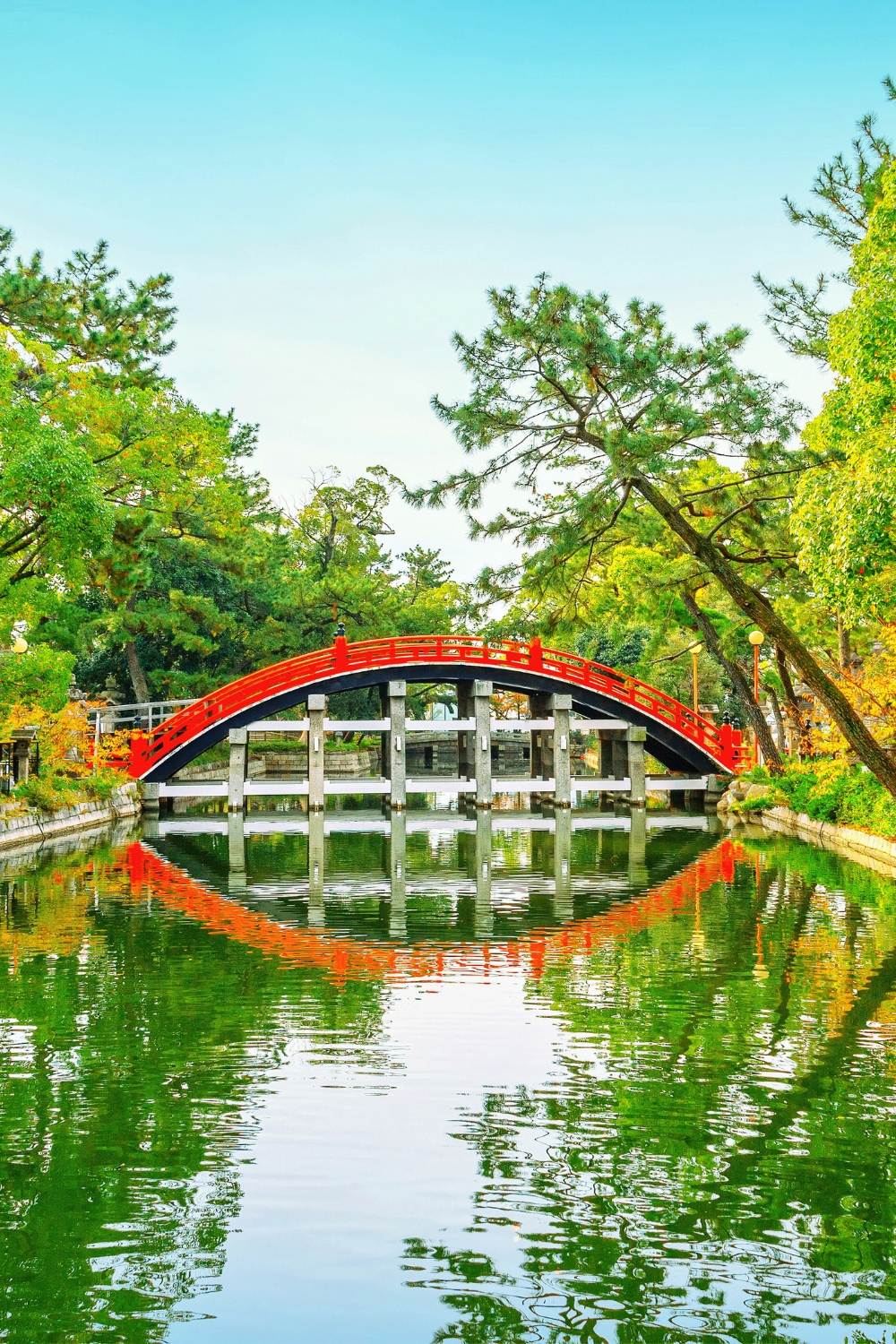
Sumiyoshi Taisha ranks among Japan’s most important Shinto shrines, with a history spanning over 1,800 years. This sacred site represents one of the purest examples of ancient Japanese architecture and spiritual traditions, offering visitors a profound cultural experience.
Historical and Religious Significance
Founded in the 3rd century, Sumiyoshi Taisha predates the introduction of Buddhism to Japan, making it one of the oldest shrines in the country. The shrine honors the Sumiyoshi Sanjin, three deities who protect sea travelers and ensure safe voyages.
The shrine’s influence extends throughout Japan, with over 2,000 affiliated shrines across the country. This network makes Sumiyoshi Taisha the head shrine of all Sumiyoshi shrines, giving it tremendous religious and cultural importance.
Architecture and Sacred Spaces
The shrine’s buildings showcase pure Japanese architectural style, completely free from Chinese or Korean influences. The distinctive Sumiyoshi-zukuri architecture features straight roofs, natural wood construction, and minimal decoration that emphasizes harmony with nature.
The famous Sorihashi bridge, with its steep arch design, serves as both a practical crossing and a spiritual symbol. According to tradition, crossing this bridge purifies visitors before they approach the main shrine buildings.
- Founding date: 3rd century
- Architectural style: Sumiyoshi-zukuri (pure Japanese)
- Famous feature: Sorihashi bridge
- Best time to visit: Early morning for peaceful atmosphere
6. Osaka Aquarium Kaiyukan – Marine Life Wonderland
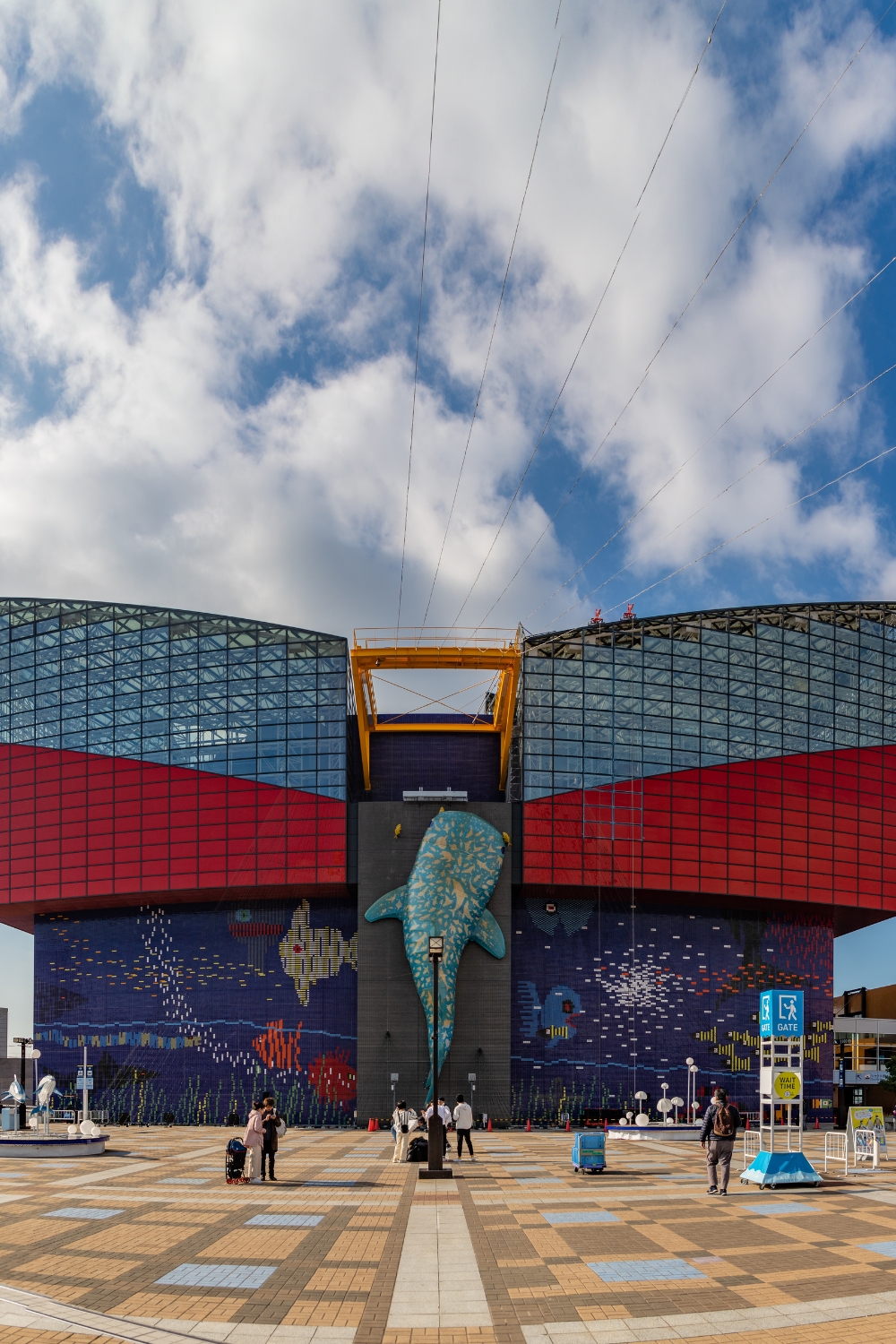
Osaka Aquarium Kaiyukan stands as one of the world’s largest and most impressive aquariums, featuring massive tanks that recreate Pacific Ocean ecosystems. This spectacular facility offers close encounters with marine life from around the Pacific Rim.
Pacific Ocean Ecosystems
The aquarium’s design follows the “Ring of Fire” concept, showcasing marine environments from around the Pacific Ocean. Each tank represents a different region, from the Japan Forest to the Antarctic waters, creating a journey around the Pacific without leaving Osaka.
The central tank, holding 5,400 tons of water, houses whale sharks, manta rays, and schools of smaller fish in a breathtaking display. This massive tank extends through multiple floors, allowing visitors to observe the marine life from different depths and perspectives.
Interactive Experiences and Education
Beyond passive observation, the aquarium offers hands-on experiences that educate visitors about marine conservation. Touch pools allow interaction with rays and small sharks, while feeding demonstrations showcase natural behaviors.
The aquarium’s research and conservation programs contribute to global marine protection efforts. Educational exhibits explain ocean conservation, climate change impacts, and the importance of protecting marine ecosystems for future generations.
- Main tank capacity: 5,400 tons of water
- Star attractions: Whale sharks, manta rays, penguins
- Interactive areas: Touch pools, feeding demonstrations
- Educational focus: Marine conservation and Pacific ecosystems
7. Kuromon Ichiba Market – Culinary Adventure
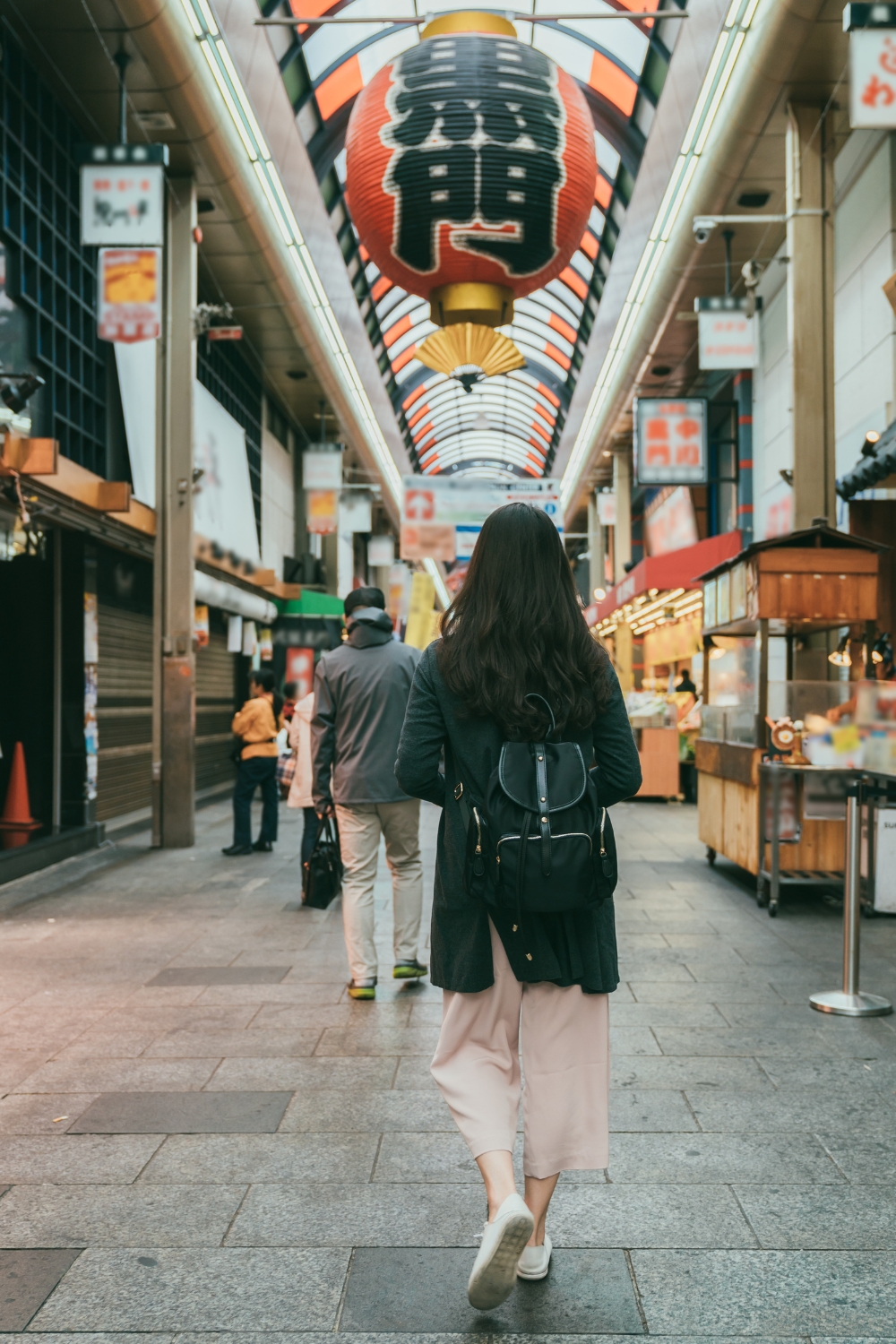
Kuromon Ichiba Market, known as “Osaka’s Kitchen,” serves as the city’s premier food market where locals and visitors alike discover the freshest ingredients and most authentic flavors. This 600-meter-long market has been feeding Osaka for over 190 years.
Fresh Ingredients and Local Specialties
The market houses over 150 shops selling everything from the freshest sashimi and wagyu beef to exotic fruits and traditional Japanese sweets. Many vendors have been operating for generations, maintaining traditional preparation methods and family recipes.
Professional chefs from Osaka’s top restaurants shop here daily, ensuring the highest quality ingredients. This professional presence guarantees that visitors experience the same quality ingredients used in the city’s finest establishments.
Street Food and Eating Experience
Beyond shopping for ingredients, Kuromon Ichiba offers incredible street food experiences. Vendors prepare fresh takoyaki, wagyu beef skewers, and seasonal specialties right in front of customers, creating an interactive dining experience.
The market’s atmosphere combines serious food business with welcoming hospitality. Vendors often provide recommendations, cooking tips, and samples that help visitors discover new flavors and understand Japanese food culture.
- Operating hours: 9 AM – 5 PM (some vendors close earlier)
- Established: 1830s
- Number of shops: Over 150
- Specialties: Fresh seafood, wagyu beef, seasonal fruits
8. Tennoji and Shinsekai Districts – Retro Osaka Experience
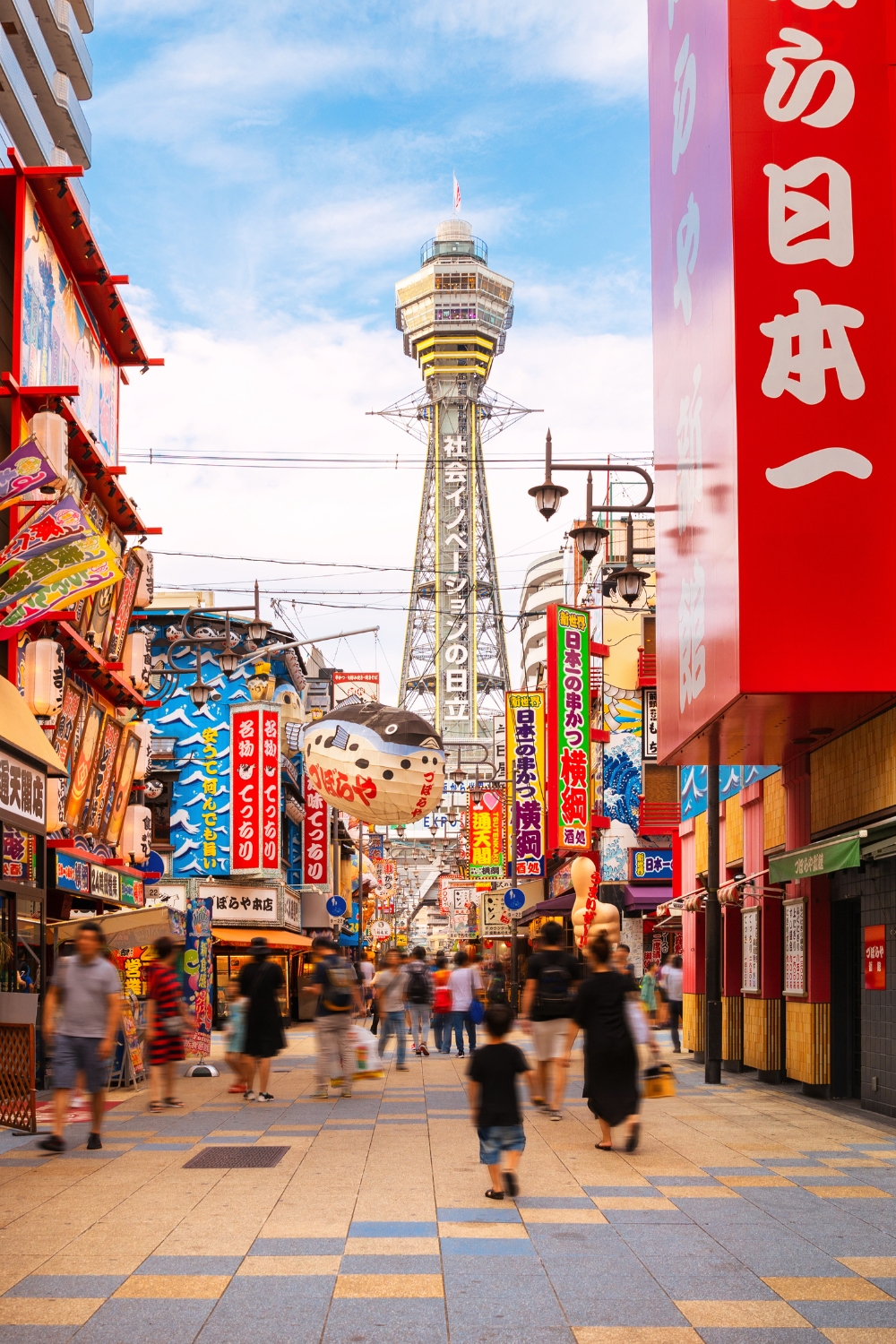
Tennoji and Shinsekai districts preserve Osaka’s working-class heritage and retro atmosphere. These neighborhoods offer authentic glimpses into traditional Osaka life, complete with historic architecture, local dining, and cultural attractions that haven’t changed in decades.
Retro Architecture and Atmosphere
Shinsekai, meaning “New World,” was built in the early 1900s as a futuristic entertainment district. Today, its retro neon signs, vintage arcades, and traditional architecture create a fascinating time capsule of early 20th-century Japan.
The district’s centerpiece, Tsutenkaku Tower, stands as a symbol of Osaka’s optimistic post-war reconstruction. This 103-meter tower offers city views while serving as a nostalgic reminder of Japan’s economic miracle period.
Local Dining and Kushikatsu Culture
Shinsekai is famous for kushikatsu, deep-fried skewers that represent Osaka’s working-class food culture. Traditional kushikatsu restaurants maintain strict “no double-dipping” rules and serve customers at communal tables that encourage conversation.
The district’s restaurants and bars maintain authentic atmospheres that have disappeared from more touristy areas. Local patrons, traditional service styles, and time-honored recipes create genuine cultural experiences.
- Key landmark: Tsutenkaku Tower
- Specialty food: Kushikatsu (fried skewers)
- Atmosphere: Retro, working-class, authentic
- Best time to visit: Evening for full neon effect
9. Osaka Museum of Housing and Living – Historical Immersion
The Osaka Museum of Housing and Living offers a unique journey through the city’s residential history, featuring full-scale recreations of historical neighborhoods and interactive exhibits that bring the past to life.
Historical Recreations and Exhibits
The museum’s main attraction is a full-scale replica of an Edo period (1603-1868) neighborhood, complete with traditional wooden houses, shops, and streets. Visitors can walk through these historical spaces, experiencing how ordinary people lived centuries ago.
Interactive exhibits allow visitors to try on traditional clothing, participate in historical activities, and learn about daily life in different eras. The museum’s hands-on approach makes history accessible and engaging for all ages.
Cultural Learning and Activities
Regular demonstrations showcase traditional crafts, cooking methods, and cultural practices. Skilled artisans demonstrate techniques that have been passed down through generations, providing insight into Japanese cultural continuity.
The museum also features modern housing developments, showing how Osaka’s residential architecture evolved from traditional wooden structures to contemporary apartments and houses.
- Main feature: Full-scale Edo period neighborhood
- Interactive elements: Traditional clothing, cultural activities
- Educational focus: Residential history and daily life
- Best for: Families, history enthusiasts, cultural learning
10. Osaka Bay Area – Modern Waterfront District
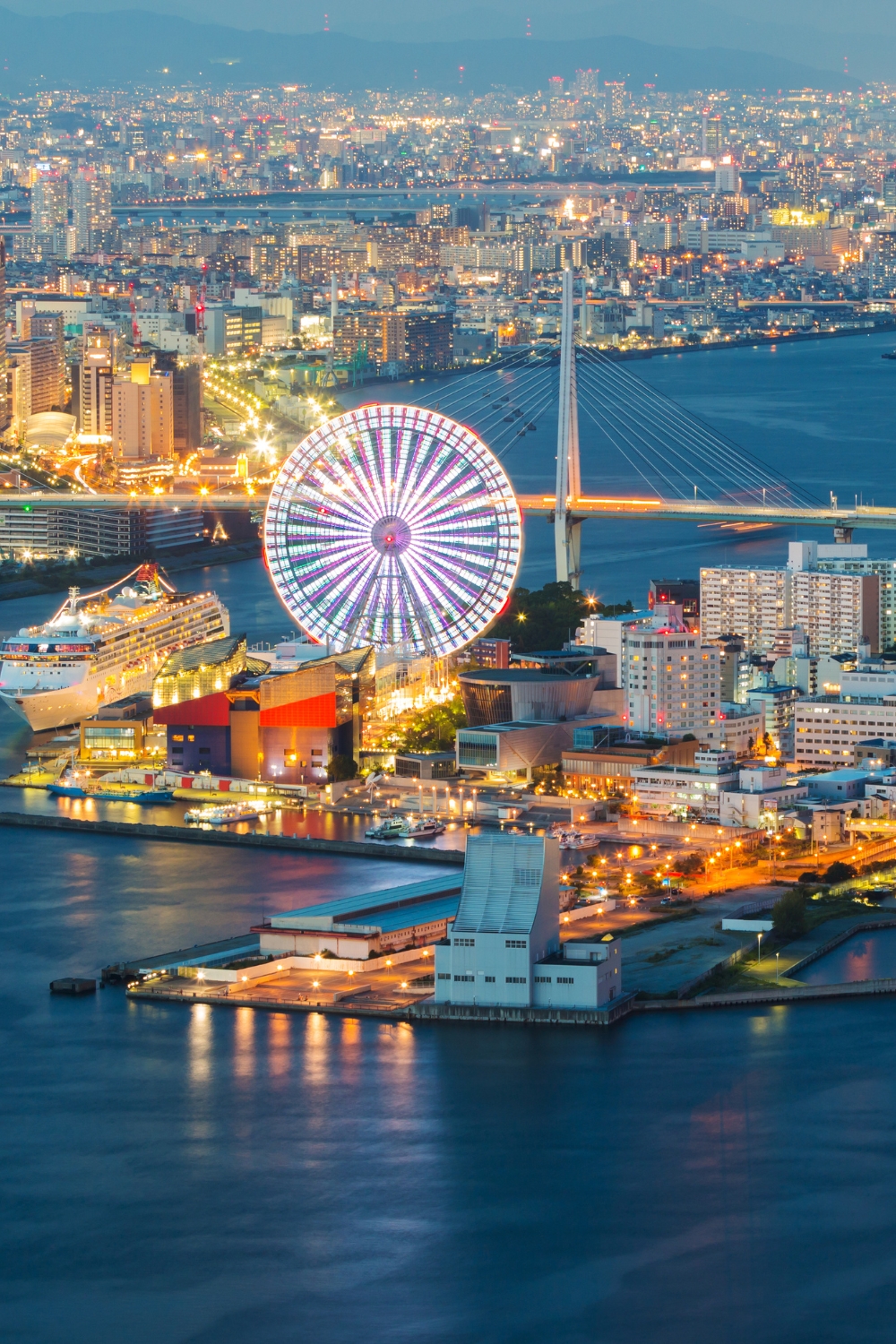
The Osaka Bay Area represents the city’s modern face, featuring futuristic architecture, entertainment complexes, and waterfront attractions that showcase contemporary Japanese design and technology.
Modern Architecture and Attractions
The bay area features several architectural marvels, including the distinctive Tempozan Giant Ferris Wheel, which was once the world’s largest. The 112.5-meter wheel offers spectacular views of Osaka Bay and the surrounding city skyline.
The Cosmo World entertainment complex combines shopping, dining, and attractions in a modern waterfront setting. The area’s contemporary design creates a striking contrast with Osaka’s traditional districts.
Waterfront Activities and Views
The bay area offers numerous waterfront activities, from harbor cruises to seaside walking paths. The Osaka Port provides ferry connections to nearby islands and coastal destinations, expanding exploration possibilities.
Evening visits are particularly spectacular, as the bay area’s modern lighting creates beautiful reflections on the water. The combination of city lights, harbor activity, and mountain silhouettes creates one of Osaka’s most photogenic settings.
- Key attraction: Tempozan Giant Ferris Wheel
- Activities: Harbor cruises, waterfront walks, shopping
- Best time: Evening for city lights and views
- Modern features: Contemporary architecture, entertainment complexes
Planning Your Osaka Adventure
Getting Around the City
Osaka’s excellent public transportation system makes exploring all these destinations convenient and affordable. The JR Loop Line connects most major attractions, while the subway system provides access to every corner of the city.
Consider purchasing an Osaka Amazing Pass, which includes unlimited public transportation and discounts at many attractions. This pass can significantly reduce transportation costs while providing additional savings on admission fees.
Best Times to Visit Different Attractions
Spring (March-May): Perfect for Osaka Castle during cherry blossom season. Mild weather makes outdoor attractions comfortable.
Summer (June-August): Indoor attractions like Universal Studios Japan and museums provide air-conditioned relief. Early morning visits work best for outdoor sites.
Fall (September-November): Ideal weather for all attractions. Beautiful autumn colors enhance outdoor experiences.
Winter (December-February): Fewer crowds and special winter illuminations. Indoor attractions and covered shopping areas provide comfort.
Cultural Etiquette and Local Customs
Osaka people are known for their friendliness and humor, but basic Japanese etiquette still applies. Bow slightly when greeting people, remove shoes when entering homes or certain traditional buildings, and avoid eating while walking (except in designated areas like Dotonbori).
When visiting shrines and temples, maintain respectful behavior, bow before entering, and follow proper purification rituals at water basins. Photography is usually allowed in most areas, but ask permission when photographing people.
Conclusion
Osaka offers an incredible journey through Japanese culture, history, and modern innovation. From the majestic Osaka Castle that tells stories of ancient samurai to the neon-lit streets of Dotonbori that pulse with contemporary energy, each destination reveals different aspects of this fascinating city.
These ten must-visit places represent the essential Osaka experience, but they’re just the beginning of what this remarkable city offers. Osaka’s greatest strength lies in its ability to make visitors feel welcome while providing authentic Japanese experiences that create lasting memories.
The city’s compact size, excellent transportation, and variety of attractions make it perfect for both short visits and extended stays. Whether you’re interested in history, food, entertainment, or culture, Osaka delivers experiences that will exceed your expectations.
Start planning your Osaka adventure today, and prepare to discover why this dynamic city has earned its reputation as one of Japan’s most exciting destinations. From ancient shrines to modern theme parks, from traditional markets to contemporary architecture, Osaka awaits with countless opportunities for discovery and wonder.
